
- South Korea
- Indonesia (Bali)
- Central Asia
- African Safari
- South Africa
- Itinerary Ideas

The Best Times(Worst Time) to Visit Kenya 2024/2025 for Safari /Beach
Kenya will abolish visa requirements for global visitors starting in January 2024, guaranteeing a smooth and expedited entry process.
The best times to visit Kenya for a safari are from July to September or January to February during the country's dry seasons, however, these are also the most crowded travel times.
The best time for you to visit Kenya largely depends on what you want to see and your personal preferences. Read our article to find out the best times to visit Kenya based on different factors
Kenya Weather and Climate in Brief
Kenya is located on the equator and temperatures there are similar all year round , but it does have different climate zones: mild/warm in the highlands, warm/hot on the coast, and hot/scorching in the northern desert. There are major two seasons in the country: the rainy season and the dry season.
- Dry season : January to February, July to September
- Rainy seasons : October to December (short rainy season), March to May (long rainy season)
- Wettest month : April
- Hottest month : March, 21°C (70°F)
The Best Time to Visit Maasai Mara for the Great Migration
The best time to see the wildebeest migration in Maasai Mara is from July to September . During this period, you would see enormous herds of wildebeest and zebra in Maasai Mara. If you want to see the animals cross the Mara River, the best times are July and August.
This is also the dry season and, apart from the spectacle of the migration, you would have the best chance to see much more wildlife than usual as they gather around the water holes.
This is also the summer vacation season, so it is a great opportunity to see this impressive occasion with your family.
- Weather : sunny and dry
- Temperature : min: 10°C (50°F), max: 25°C (77°F)
- Travel conditions : high travel season, most crowded, most expensive; good lodges and camps are hard to book.
The Best Times to Visit Kenya for Wildlife and Safari
The best times to go to Kenya for a safari are from June to October and January to February. These are the dry seasons. The weather is comfortable with sunny days and cool evenings. Animals are easy to spot as they gather around the water holes. As a bonus, there are fewer mosquitoes.
The period from January to February is relatively quieter compared to the migration period from July to September. Moreover, it is the optimal time to witness the presence of baby wildlife. Fortunately, in Maasai Mara and Amboseli National Reserves, you can encounter adorable baby elephants, lion cubs, baby zebra, and more.
- Temperature : June to October: 10–25°C (50–77°F), January to February: 9–28°C (48–82°F)
- Travel conditions : It's the high travel season, which is crowded and expensive. Lodges and camps are in huge demand.
However, the best time for weather does not always mean the best experience. The smart arrangement and flexible schedule even matter more . Contact us to tailor a tour that offers the best possible experience by carefully arranging and maintaining a flexible schedule.
The Best Time to Visit Mombasa for Beach in Kenya
The best time to go to Kenya's pristine coastline for a beach vacation is from October to early March due to the comfortable weather conditions. If you prefer water activities, such as diving and snorkeling, the best time for you to visit Kenya's beaches is in November. Kenya boasts some of the best beaches, including Diani Beach in Mombasa and Lamu Island.
- Weather : Kenya's coast is humid all year round and rain could occur at any time, but it is pleasantly warm/hot.
- Temperature : 24–30°C (75–86°F)
- Travel conditions : high travel month
The Cheapest Times to Visit Kenya
The cheapest times to visit Kenya are during its rainy seasons . The short rainy season is from November to December and the long rainy season is from late March to May. March to May is definitely the cheapest time for a safari . But your travel experience may not be as good as hoped as the rain may interrupt your visit.
- Weather : wet, cloudy
- Animals : Animals are not easy to see as they tend to scatter around the park, but they may be very active.
- Travel conditions : It's the low travel season, with cheaper prices and fewer crowds. Good discounts for lodges are easy to get.
The Worst Months to Visit Kenya
The worst time to go to Kenya for a safari and beach vacation is from late March to May, which is the long rainy season in Kenya. Kenya's beaches around the Indian Ocean coastline are very hot and wet with tropical storms.
- Weather : Very wet — there are usually frequent storms and showers during this period
- Road conditions : The paths in the parks could turn pretty muddy and some roads may not be accessible because of the floods.
- Animals : You might also see fewer animals as they tend to spread out when it's wet rather than gathering around water holes.
- Travel conditions : Some camps may close because of the bad road conditions. It is the cheapest time of the year to travel.
Benefits of Traveling during the Worst Months
However, the worst period is not too bad to travel, as the rain doesn't usually last all day and it often happens in the mornings or evenings. The sun also usually comes out quickly after a shower. There are some benefits to visiting Kenya aside from the weather.
- Cheap prices : You could enjoy very reasonable prices. Safari lodges even offer discounted rates that are 30–50% lower than usual.
- Very quiet : There are fewer travelers and you don't have to wait your turn to see the animals.
- Animals are active : Some animals, such as lions, leopards, cheetahs, and hippos, are more active.
Don't let the weather stop your Kenya travel plans. If these months are your only opportunity, seize the chance ! A flexible itinerary and being accompanied by an experienced guide could truly elevate your experience. Let's customize a private trip exclusively for you .
The Rainy Seasons in Kenya
There are two rainy seasons in Kenya: the short rainy season from late October to December and the long rainy season from mid-March to May. The long rainy season sees a higher amount of rainfall than the short rainy season.
The short rainy season : This period has lower rainfall than the long rainy season and lasts from mid-March to May. You could expect brief but intense showers, usually in the afternoons or evenings. The sky is often overcast and temperatures are relatively cool. Due to the lower amount of rainfall, this season does not see much flooding, which the main rainy season does.
The long rainy season : This is the wettest period in Kenya. There are many heavy showers or downpours, which mainly occur in the evenings or at night. They usually last for about half an hour to an hour. The rain may cause floods and roads inside the wild animal reserves may become inaccessible.
Weather and Climate in Kenya
The temperature in Kenya is quite similar all year round . It has two types of seasons: rainy and dry seasons. It is dry with almost no rain in the dry seasons while the wet seasons are very humid.
The dry seasons typically occur from January to March and from July to October. During these periods, there is almost no rain. The weather is sunny, clear, and dry. The temperature is very comfortable. For example, Nairobi has average temperatures ranging between 20°C (68°F) and 28°C (82°F) during the day but is cooler at night at about 10°C (50°F) to 15°C (59°F).
The dry season is the best time for a safari trip in terms of the weather. It is also the busiest time to travel there.
Month-by-Month Guidance for Traveling in Kenya
Visiting kenya in january.
It is one of the high travel months in Kenya. It is the dry season. It is a great time to see wildlife in Maasai Mara and to get stunning views of Mount Kilimanjaro in Amboseli National Park. The land is green after the short rainy season and the animals are very active. You can also have the chance to see newborn animal babies.
The weather is very comfortable. In Nairobi, it stays around 24°C (75°F) going down to 13°C (55°F) sometimes. Over at Maasai Mara, the temperature swings between 12°C and 30°C (54°F and 86°F) on average. And if you decide to visit the coastal towns and resorts around Mombasa, expect it to be warmer at about 32°C (90°F) in the afternoon.
It is a great time to go on a safari and go hiking, diving, and snorkeling. However, it becomes crowded during this month, especially around New Year when prices and visitor numbers are highest.
Visiting Kenya in February
February is one of the best seasons for safari trips. It is the dry season. The tracks inside the park are dry, making it easy to drive along. Animals in Samburu National Reserve and Maasai Mara are very active. You will spot elephants, zebras, and giraffes in the park in large numbers.
The weather is very comfortable and similar to that in January. February is also the best month for bird-watching.
Visiting Kenya in March
The rainy season arrives in this month. Animal-view this month is a bit challenging, but you can still do it. The rains may make the tracks through the park full of mud, making them inaccessible. It is challenging for game viewing as animals may be dispersed from water sources and the thick vegetation may make it harder to spot them. However, your skillful driver would know where to find them.
It is the low travel season. There are fewer travelers in the national parks and on wildlife safaris. You may have the chance to get a better view of the animals if you're well-guided. You can travel at a very competitive price. Hotels offer great discounts and airfares are much cheaper.
Visiting Kenya in April
April is the wettest month in Kenya. If April is the only time you can visit Kenya, don't hesitate. Just go for it! And if you are after a bargain trip, April could be a top pick. You can get a great discount on lodges this month and the airlines may also offer great discounts.
In April, you may expect storms and showers but the rain doesn't usually stick around for too long. It often comes in the evening or as a quick shower, so it probably won't mess up your safari plans for the next day.
Animals are not easy to spot but our experienced drivers and guides still know where to find them. And you will see many hippo calves in Maasai Mara this month.
Be aware that some camps may close this month and the coast is wet and hot.
Visiting Kenya in May
Most travel guides suggest that you don't go during this month because of the rainy season. However, it is not actually that bad.
It is true that it's the rainy season, but the rains often come in the late afternoon or at night and don't last long. Sometimes there are short showers.
The rain brings inconvenience to a game drive, but you can still do one with an experienced driver. The roads through the park may be muddy and certain routes may be blocked, but our drivers can often take a detour.
Visiting Amboseli National Park in May can be an amazing experience — you'll see cloudy skies and huge herds of elephants enjoying the lush green vegetation in the swamps. If you're heading to Maasai Mara, just make sure to pick a camp or lodge that stays open in all weather conditions. Some camps close during the wet season because some roads can get too tricky to travel on.
Visiting Kenya in June
June is a good time to travel with children as you do not need to worry about the heat from the sun and the humidity . The large numbers of travelers are yet to arrive so you will have a bit of time to see the sights with fewer travelers in the park.
The rainy season ends this month, although there are occasional showers. June marks the beginning of the high travel season. The weather is comfortable, being warm by day and cool at night in the highlands/savanna. Although dry, it may be cloudy on most days.
June is not a good time for a beach vacation and underwater activities as it is hot and wet on the coast.
Visiting Kenya in July
From July to September, Maasai Mara and other parts of Kenya have the most traveler numbers. The Great Migration of Wildebeest in Maasai Mara attracts large numbers of travelers from all over the world.
July is one of the best times to travel, both for a safari tour and a beach vacation in Kenya. The weather is dry with almost no rain (except for on Mount Kenya and in Hell's Gate). Animals are easier to spot as the vegetation is less dense. The weather is sunny on the coast, so it is a good season for underwater activities.
If you're worried about travel costs, July might not be the best fit for you. Accommodation can get pricier — sometimes even double compared to the low travel season. And finding a place to stay could be a challenge due to high demand. But, on the upside, the experiences you'll have in Kenya are surely worth it.
Visiting Kenya in August
The Great Migration of Wildebeest in Maasai Mara is in full swing this month. You will have the chance to witness countless wildebeest and zebras crossing the Mara River. The weather is warm in the day and dry. This is the best month to go weather-wise.
August is also the best month to watch humpback whales off the coast of Kenya, breaching the surface of the water and displaying their might.
But be warned of the high travel season. It is the most crowded month of the year. You might see rows of vehicles lining up by the river banks, all there to witness the awe-inspiring river crossings of wildebeest. But the incredible views are absolutely worth it.
Be aware that the exact timing of the animal river crossings can't be predicted. But don't worry! Choosing a skillful travel guide and driver can definitely boost your chances of catching this unforgettable sight.
Visiting Kenya in September
September is a good time for an exciting safari trip without many crowds. You may see the last wave of wildebeests cross the Mara River. As the vegetation has dried out, animals tend to cluster around the water holes in the parks. So, it is easy to see them and also a good photo opportunity as there is no grass or other vegetation blocking your view.
Although it is still the high season, there are fewer travelers than in August. The chance to see humpback whales off the coast is also high this month.
Visiting Kenya in October
The early part of October can still be an excellent time for game viewing: it's the dry season without many travelers. The weather changes from the dry season to the wet season during this month. Rain usually arrives late in the month. You may still have the chance to see the migration out of Maasai Mara, depending on the weather.
Visiting Kenya in November
November is the shoulder season in Kenya. It is the short rainy season, which means that you may have short periods of rain or occasional showers during this period. The grassland is beautiful with lots of greenery and the sky is clear. If you are not worried about the haze and pollen in the air, this is a good time to go.
The animals may not be in large herds and are more dispersed across the parks, but tourist numbers are moderate.
Visiting Kenya in December
The rain in December should not affect your safari too much as it often falls in the afternoon and rarely lasts long. This is the shoulder travel season so you may enjoy a very reasonable travel price (but not as good as the low season from March to May). There are not as many travelers so you may find some beautiful quiet areas, where you can enjoy watching a cheetah or a herd of elephants all to yourself.
Although it gets busier in the latter part of the month, as the Christmas holidays come along, it is still much quieter than in the high travel season from July to October.
It's also a fantastic time of year to take a wildlife safari into any of the many national parks. In Samburu National Reserve, for example, you'll see zebras, giraffes, elephants, cheetahs, and all manner of African animals. Amboseli National Park has stunning views of Mount Kilimanjaro and December is one of the best times to visit because the lack of haze affords better views of the giant mountain.
Visit Kenya with Us
A safari trip to Kenya can be a memorable adventure. But without proper planning, it might not go as you hope. You wouldn't want to travel all the way there and not spot any animals or have to deal with unwanted large crowds, would you? So, let's turn this around. We will tailor-made a thrilling safari trip to ensure that you'll have a fantastic time in Kenya.
Why Global Highlights (10,000+ reviews & 98.8% 5-star rating)
- Save Your Time:
- Less research, more enjoyment!
- Real-time 1V1 expert planning
- Maximize Your Flexibility:
- Personal local guide and ride
- Explore at your own pace
- Celebrate Your Journeys:
- Specially-crafted family adventures
- Celebrate milestones with style!
- 9-Day Kenya Active Family Private Safari Tour
- 12-Day Kenya and Tanzania Best Safari Tour
- 12-Day Kenya Best Safari Tour with Amboseli
- 15-Day Egypt and Kenya Highlights Tour
- 1 Week in Kenya — 4 Time-efficient Itineraries
- How to plan a Family Trip To Kenya That Everyone will Enjoy
- How to Plan a Lifetime Trip to Kenya
- 2 Weeks in Kenya — 4 Unique Itineraries for Families and Couples
- Kenya Weather in January: Travel Tips for First-Timers
- Kenya Weather in February: Travel Tips for First-Timers
- Kenya Weather in March: Travel Tips for First-Timers
- Kenya Weather in April 2024: Travel Tips for First-Timers
- Kenya Weather in May 2024: Travel Tips for First-Timers
- Kenya Weather in June 2024: Travel Tips for First-Timers
- Kenya Weather in July 2024: Travel Tips for First-Timers
- Kenya Weather in August 2024: Travel Tips for First-Timers
- Kenya Weather in September 2024: Travel Tips for First-Timers
- Kenya Weather in October 2024: Travel Tips for First-Timers
- Kenya Weather in November: Travel Tips for First-Timers
- Kenya Weather in December: Travel Tips for First-Timers
Get Inspired with Some Popular Itineraries
More travel ideas and inspiration, sign up to our newsletter.
Be the first to receive exciting updates, exclusive promotions, and valuable travel tips from our team of experts.
Why Global Highlights
Where can we take you today.
- Southeast Asia
- Japan, South Korea
- India, Nepal, Bhutan, and Sri lanka
- Travel Agents
- Loyalty Program
- Privacy Policy
Address: Building 6, Chuangyi Business Park, 70 Qilidian Road, Guilin, Guangxi, 541004, China
- You are here:
- Countries & Parks
- Kenya Travel Guide
- Best Time To Visit

Kenya Travel Guide Kenya
- Parks & Reserves
- Weather & Climate
- Popular Routes
- Getting There
- Malaria & Vaccinations
Best Time To Visit – Kenya

Anthony is a renowned Africa expert and author of many Lonely Planet guidebooks, including the guide to Kenya.
Anthony is a renowned Africa expert and author of the Lonely Planet guide to Kenya.
Anthony is the author of the Lonely Planet guide to Kenya.
The best months for visiting Kenya (and the best time for wildlife viewing) are during the Dry season from June to October. The wildebeest migration usually reaches the Masai Mara in July or August and remains in Kenya throughout September. It starts moving back to Tanzania’s Serengeti National Park around October. Wildlife viewing is good year-round, but this can differ for some parks, depending on the rains. There is a dry spell between the rains in January and February that is also a great time to visit.
June to October – Dry Season
- Wildlife is easier to spot because the bush is thin and animals gather around water
- It's unlikely to rain – the days are sunny with clear skies
- There are fewer mosquitoes
- August to October are the best months to see the wildebeest migration
- It gets very busy and crowded in the most popular parks
Wildlife Photos

November to May – Wet Season
- The scenery is beautiful and green
- Rates drop because it's the low season
- Newborn animals can be seen
- Migratory birds are present from November to April
- Except for March to May, rains are usually just short showers in the afternoon
- During March to May the rains can be continuous
- Some lodges and camps close down during part of the Wet season

Best Time To Go by Major Park
The Masai Mara National Reserve offers great wildlife viewing throughout the year. In the peak of the rainy season, most other parks, especially in the highlands and along the coast, can be problematic with regards to heat, humidity and continuous rain. Some of the lodges and camps close as a result. The dry months offer quality wildlife viewing throughout Kenya.
- Amboseli National Park Amboseli National Park Excellent "> Jan J Excellent "> Feb F Good "> Mar M Fair "> Apr A Fair "> May M Excellent "> Jun J Excellent "> Jul J Excellent "> Aug A Excellent "> Sep S Excellent "> Oct O Fair "> Nov N Good "> Dec D
- Buffalo Springs NR Buffalo Springs National Reserve Excellent "> Jan J Excellent "> Feb F Good "> Mar M Fair "> Apr A Fair "> May M Excellent "> Jun J Excellent "> Jul J Excellent "> Aug A Excellent "> Sep S Good "> Oct O Fair "> Nov N Good "> Dec D
- Lake Nakuru National Park Lake Nakuru National Park Excellent "> Jan J Excellent "> Feb F Good "> Mar M Fair "> Apr A Fair "> May M Excellent "> Jun J Excellent "> Jul J Excellent "> Aug A Excellent "> Sep S Excellent "> Oct O Excellent "> Nov N Excellent "> Dec D
- Masai Mara NR Masai Mara National Reserve Good "> Jan J Good "> Feb F Fair "> Mar M Fair "> Apr A Good "> May M Excellent "> Jun J Excellent "> Jul J Excellent "> Aug A Excellent "> Sep S Excellent "> Oct O Fair "> Nov N Fair "> Dec D
- Samburu National Reserve Samburu National Reserve Excellent "> Jan J Excellent "> Feb F Good "> Mar M Fair "> Apr A Fair "> May M Excellent "> Jun J Excellent "> Jul J Excellent "> Aug A Excellent "> Sep S Good "> Oct O Fair "> Nov N Good "> Dec D
- Tsavo East National Park Tsavo East National Park Excellent "> Jan J Excellent "> Feb F Good "> Mar M Fair "> Apr A Fair "> May M Excellent "> Jun J Excellent "> Jul J Excellent "> Aug A Excellent "> Sep S Excellent "> Oct O Fair "> Nov N Good "> Dec D
- Tsavo West National Park Tsavo West National Park Excellent "> Jan J Excellent "> Feb F Good "> Mar M Fair "> Apr A Fair "> May M Excellent "> Jun J Excellent "> Jul J Excellent "> Aug A Excellent "> Sep S Excellent "> Oct O Fair "> Nov N Good "> Dec D
Want To Visit Kenya?
1,868 Kenya Safaris
- Kenya Family Safaris
- Kenya Camping Safaris
- Kenya Private Safaris
- Tour Operators for Kenya
Safari Tours to Kenya

8-Day Exceptional Luxury Safari-Magical Kenya Fairyland
$3,212 to $3,850 pp (USD)
Kenya: Private tour Luxury Lodge & Tented Camp
You Visit: Nairobi (Start) , Amboseli NP, Lake Naivasha (Naivasha) , Lake Nakuru NP, Masai Mara NR, Nairobi (End)
Apodiformes Adventures
4.8 /5 – 175 Reviews

10-Day Luxury Bush and Beach Safari
$3,996 to $4,730 pp (USD)
Kenya: Private tour Luxury Lodge & Resort
You Visit: Nairobi (Start) , Masai Mara NR, Lake Nakuru NP, Lake Naivasha (Naivasha) , Amboseli NP, Diani Beach, Nairobi (End)
Rochar Africa Expeditions
4.9 /5 – 15 Reviews

6-Day Safari to Basecamp Masai Mara and Leopard Hill
$3,190 to $3,654 pp (USD)
Kenya: Shared tour (max 6 people per vehicle) Mid-range Tented Camp & Tented Bush Camp
You Visit: Nairobi (Start) , Masai Mara NR, Naboisho (Greater Masai Mara) , Nairobi (End)
Kevic Tours and Travel
5.0 /5 – 42 Reviews
When is the best time to visit Kenya?

Nov 17, 2023 • 7 min read
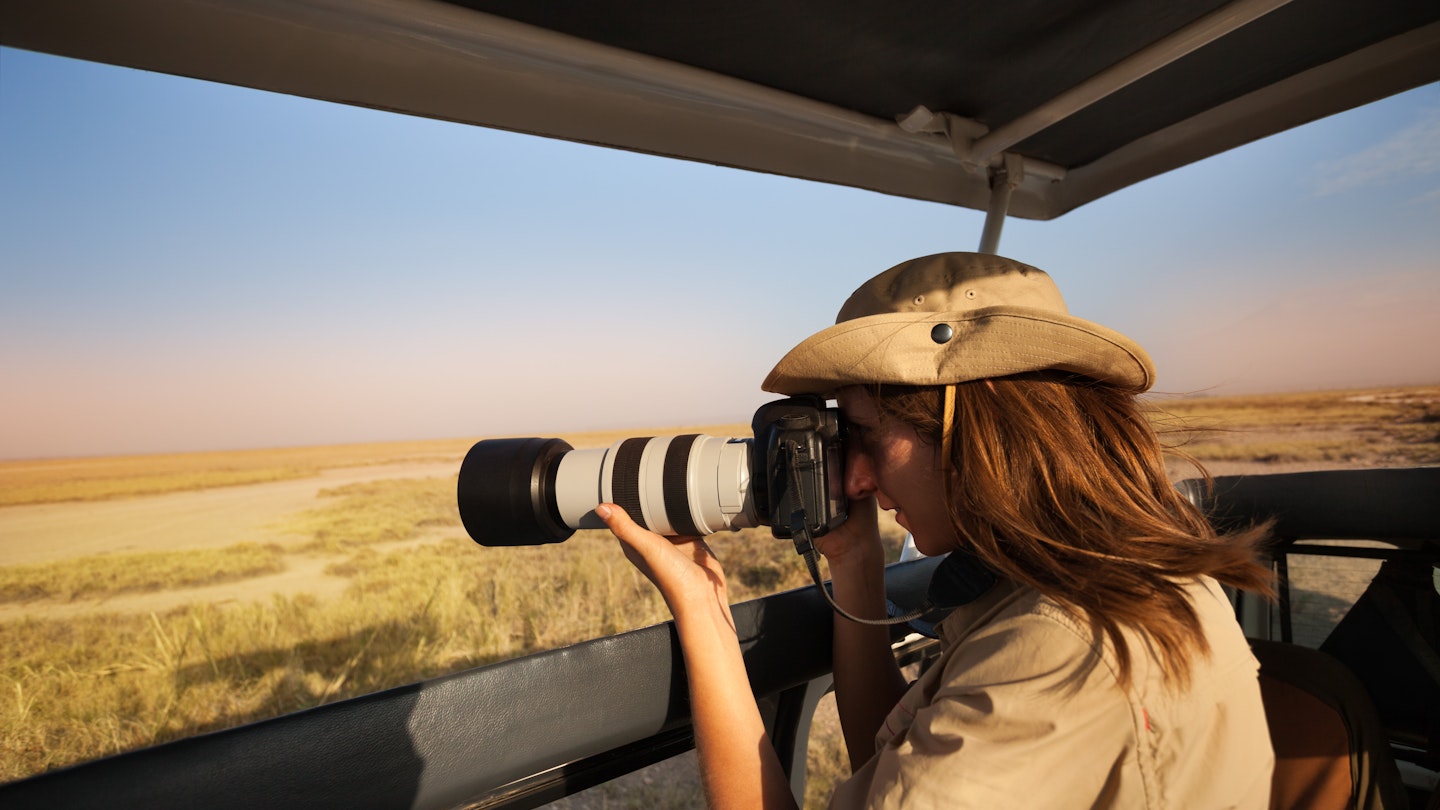
May is a good time for wildlife photography in Kenya, with incredible light and colors © SerrNovik / Getty Images
With about half the country on either side of the equator, Kenya ’s climate isn’t a straightforward split of dry and wet seasons. In fact, its dry season has a short wet season, and its wet season is interrupted by a dry one – clear as mud, right?
What this means practically is there’s not exactly a single best time to visit Kenya. There is somewhere ideal to visit at any time of year, but for the Great Migration, bird migration or quality diving, you’ll need to pick specific months.
For climbers, the dry season is prime time for safety and visibility. Temperatures are generally consistent across Kenya, with the coast hotter – but humidity can vary. It can get cold in the mountains, and Kenya’s highest peak, Mt Kenya , is always covered in snow.
This East African nation counts more than 42 Indigenous communities in its population of nearly 54 million people, and many festivals and events explore this diversity – from the Lamu Cultural Festival celebrating the archipelago’s Swahili heritage and the exuberant Mombasa Carnival to the diverse gathering that is the Lake Turkana Festival.

July to October and January to February are the best times to see the Great Migration
If the wildebeest migration is on your must-see list, head to the Masai Mara from July onward to observe one of nature’s greatest sights – thousands of wildebeest, zebras and giraffes making the move across the Serengeti.
These high-season months are an enjoyable time to visit any of Kenya’s parks because the grass is thin, there’s little rainfall and sightings are easier as animals congregate around waterholes; they're also climber-friendly because of good visibility and lack of rain. July is also a good time to spot huge flocks of pink flamingos at Lake Nakuru .
Much like July, August is one of the best all-around months to visit Kenya, but it’s a busy time. The Great Migration is well and truly underway, and wildebeest are filling the plains of the Masai Mara. If you’re not in the Mara, August is an excellent time to visit other national parks and conservancies around Kenya .
You can also visit Nairobi without the humid stickiness that makes urban exploring harder work. The capital’s food scene is popping, and Nairobi Restaurant Week is a chance to get your fill. For a hyper-local experience in Samburu County in northern Kenya, the one-day Maralal Camel Derby is a colorful display of camels, costumes and culture.
September offers the best of July and August in terms of weather and wildlife but with slightly fewer crowds, especially in the latter part of the month. You can still catch the migration as hot, dry weather sets in, and there’s almost no chance of rain. It's also when the East African Community Arts Festival JAMAFEST takes place. It’s every two years and rotates between East African nations.
Nairobi hosts the Tusker Safari Sevens in October, an annual Rugby Sevens tournament open to international teams, creating a buzz in the city. October 20 is Mashujaa Day, also known as Heroes Day, honoring those involved in Kenya’s independence movement. It’s a public holiday, and Nairobi and coastal areas are buzzing as Kenyans head to the beaches and parks.
Hot and dry, the high season beckons as the new year begins. January is a popular and busy time for everything: safari, hiking, city exploring, diving, snorkeling and beach stays. Dry season is particularly good (and safe) for climbing Mt Kenya and other peaks and for hiking in places such as Hell’s Gate National Park .
You can usually benefit from low season prices at Masai Mara because the big migration is over, and migratory birds fly into the Mara instead. Celebrate the dawn of a new year on a Mombasa beach ; the city hosts major celebrations.
February sees both the high and dry seasons in Kenya. The lack of rain makes it a popular choice for safari, with minimal muddy terrain and plenty of wildlife to see. It’s also a top time for climbing and hiking , although as it's peak season, crowds and prices can both increase.

November, December and March are the best times for lush landscapes and underwater adventures
November is a fun month for festival lovers, with both Mombasa Carnival and Lamu Cultural Festival celebrating the rich heritage of Kenya’s ethnic groups and communities.
Floats, music and dance epitomize Mombasa’s street party while on the archipelago of Lamu off the northern coast, Lamu Cultural Festival includes traditional dancing called ngoma and centuries-old skills such as dhow (sailboat) building, donkey racing, fish-trap making and dhow regattas.
For Kenya’s South Asian population, Diwali/New Year celebrations take place (sometimes in October), so the temples are buzzing, decorations are up and there’s an above-average production of Indian mithai (sweets). Weather is mixed with sun and rain, but November remains a good bet for safari.
If you like your landscapes lush and abundant, December in Kenya is magical. The rains tend to stop around the middle of the month, and Kenya’s parks take on a gorgeous green hue ahead of the upcoming second “high season” of January and February. Water visibility is optimal during the shoulder season too, so this is a great time for divers and snorkelers.
December 12 marks Jamhuri Day. Jamhuri means republic in Swahili, and this day is when Kenya marks its 1963 independence from Britain and its constitution as a republic a year later, with cultural events, dances and music.
The two-day Rusinga Cultural Festival on Lake Victoria celebrates the threatened culture of the Abasuba people, while the Beneath the Baobabs Festival in Kilifi is one of the country’s best music festivals, with East African and international performers, giant art and cool costumes.
It's getting hotter and more humid as the rainy season beckons, but March remains a particularly enjoyable time to be in Kenya. Prices can be in the traveler’s favor , and often the rains arrive later in the month, so you should be fine in the earlier half.
Diving and snorkeling are rewarding in March, with clear water and good visibility, and beach parties are especially welcome on these balmy evenings as the hot, dry season begins to give way to the rains. Muslim Kenyans observe the holy month of Ramadan, while for walkers, climbers and outdoors types, the Mount Kenya Festival is a celebration of the country’s highest peak.

April to June is the best time for smaller crowds and lower prices
The “long rains” hit in April and May, and sometimes in March too. While the rainy season can be off-putting for some travelers, this time of year can be incredibly rewarding, and the Mara remains accessible in March. Crowds thin out, and you can enjoy the quietness and solitude of nature.
Some safari lodges and camps close during this time because constant rain can hamper visibility in some parks, and the humidity can be uncomfortable. It’s still a great time to be by the coast, but heavy rains can reduce visibility for divers and snorkelers.
But don't dismiss May for safari or wildlife viewings! Yes, the grasses are longer, and sightings are trickier, but the light and colors can be extraordinary for photography. Samburu National Reserve in northern Kenya is a good choice as wildlife gathers on the riverbanks of the Ewaso Ngiro River.
June is a wonderful time to experience Kenya’s highlands, and with low humidity, walking and climbing become a little easier. This shoulder-season month is a lovely time for wildlife viewing, especially in northern Kenya after the long rains, and it’s also the start of the migration. The coast is mostly dry, and prices are a little lower before the high season kicks off in July.
Parades, singing and dancing take place on Madaraka Day on June 1 – the anniversary of Kenya’s move to self rule. The visually spectacular Lake Turkana Festival in the Rift Valley brings together different ethnic groups in the region, to both celebrate their diverse cultures and promote peace.
If you’re into off-road racing or want to watch, the Rhino Charge , a 4x4 race that raises funds to conserve mountain ecosystems, is quite a spectacle.
This article was first published Jul 3, 2022 and updated Nov 17, 2023.
Explore related stories
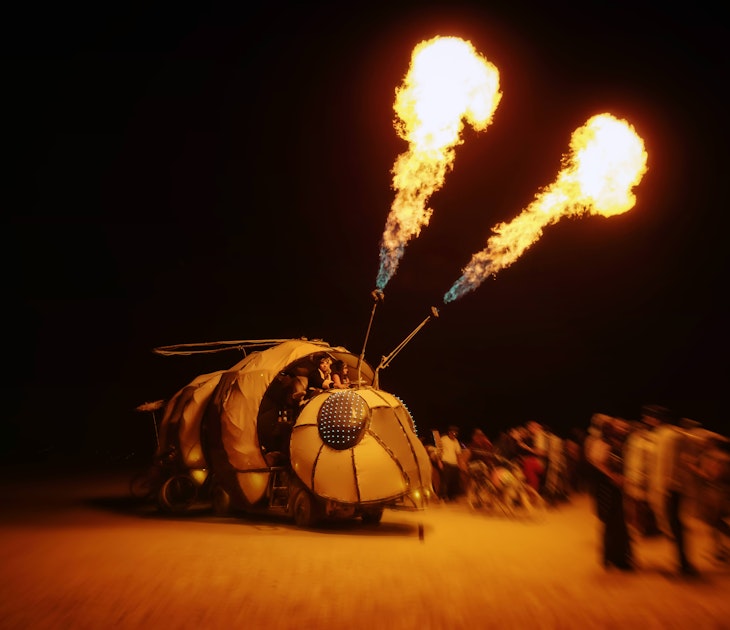
Jan 2, 2023 • 12 min read
Want to start planning for the year ahead? Featuring sports events, natural phenomena and more, these are 20 amazing trips to consider taking in 2023.

Feb 20, 2024 • 17 min read

Jan 2, 2024 • 11 min read
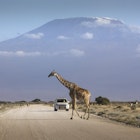
Dec 13, 2023 • 9 min read
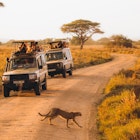
Dec 8, 2023 • 4 min read

Nov 30, 2023 • 9 min read

Nov 29, 2023 • 4 min read
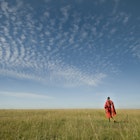
Nov 28, 2023 • 8 min read
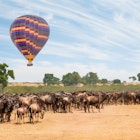
Nov 23, 2023 • 8 min read
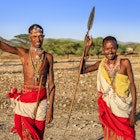
Nov 21, 2023 • 7 min read
This website uses cookies to ensure you get the best experience on our website. Learn more
- Australian Dollars
- British Pounds
- Canadian Dollars
- New Zealand Dollars
- South African Rands
- Swiss Francs
- U.S. Dollars
Talk to an expert +44 203 405 6666 Lines now closed
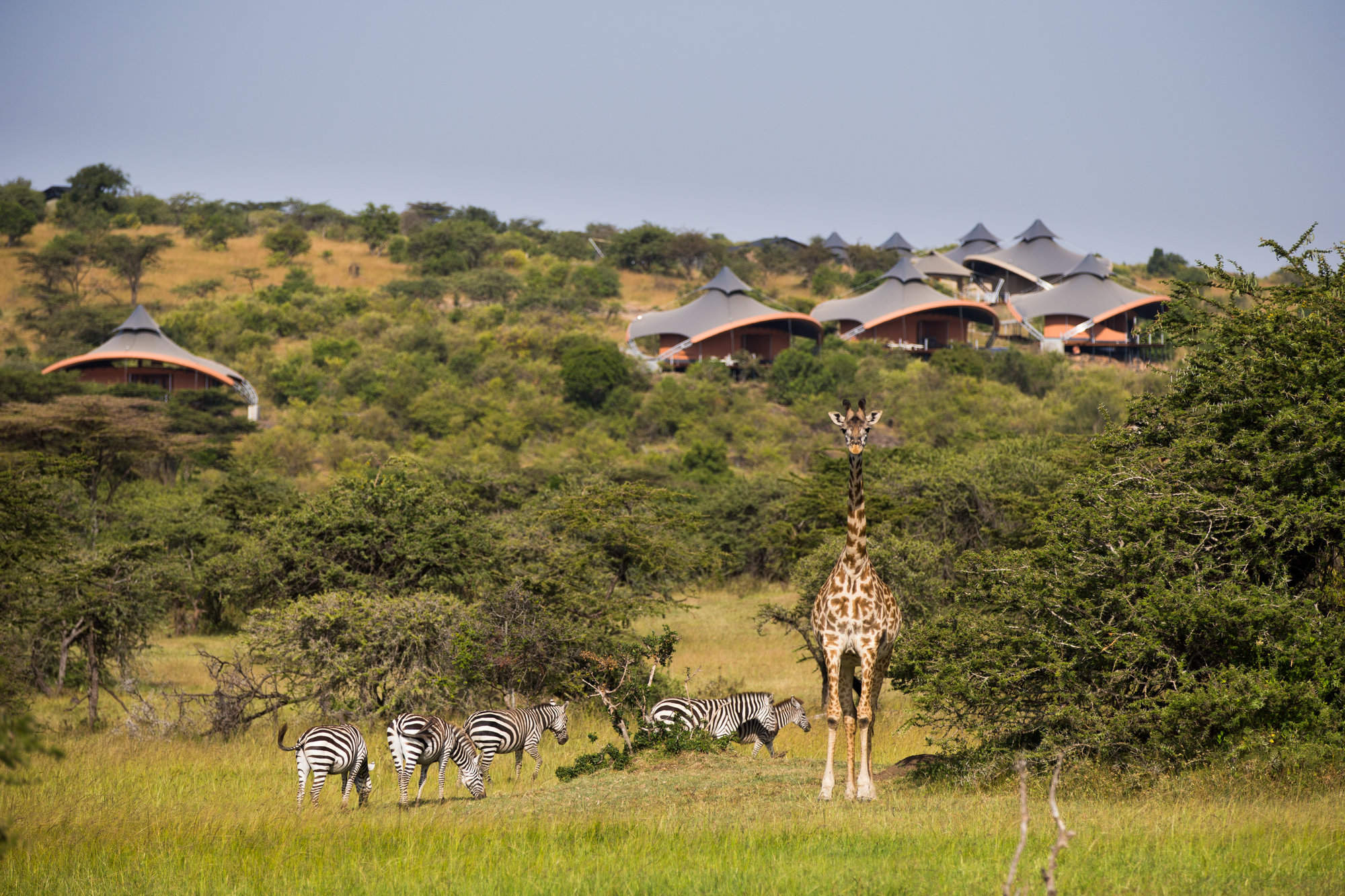
Weather & climate
Kenya: Weather & climate
The best time to visit kenya, kenya through the year, staying warm on safari, sea conditions, the great migration, weather through the year, weather in other african countries.
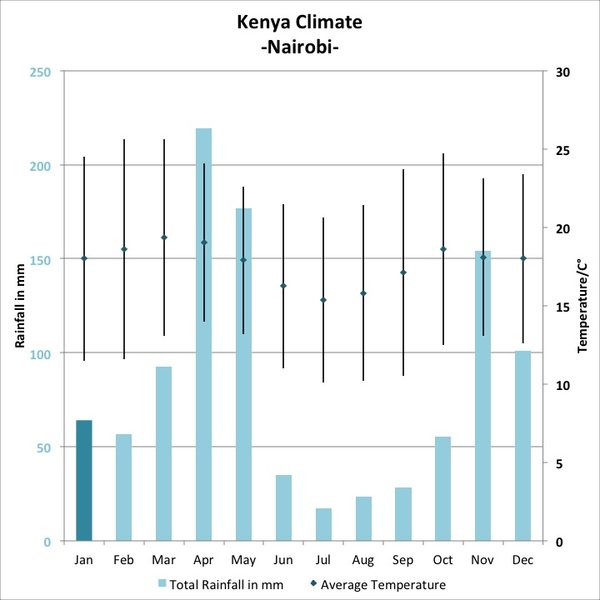
January: Clear, hot days and warm nights make this high season popular for safaris and diving.
February: With the wildlife seeking water points, this is a good safari season.
March: Hot, increasingly humid weather gives way to rains and lower rates.
April: You may have facilities to yourself in this more affordable low – or 'green' – season
May: As vegetation runs riot, the colours and light are great for photography at this time.
June: Cloudy, cooler weather makes for more comfortable conditions, especially higher up.
July: Kenya’s 'cool' season sets in and migrating wildebeest start arriving from the Serengeti.
August: The Great Migration fills the Mara plains – and school's out, making for busy parks.
September: The clearing skies signal the start of hot, dry weather with little chance of rain.
October: Hot, mostly dry and not too busy, this is many people’s preferred month for a safari.
November: The 'short rains' usually start in the second half, so this is low season.
December: The short rains usually finish by mid-month, and landscapes often look their best.

Need inspiration?
Let our trip chooser narrow down the options for you
Login to Expert Africa
Sign in with password
Sign in with email link
New to Expert Africa? Create an account
Forgotten your details?
It's free & quick to set up
- Save your wish-list
- Send us an enquiry
- Pay online for your trip
- Subscribe to our newsletter
- Give us feedback on your trip
- Full site benefits of the site
Need some help? Talk to our team
- Travel Guides Plan your adventure
- Destinations Our favourite places
- Tours Book a trip
- Travel Companies Independent specialists
- Travel Guides
- Destinations
- Travel Companies
The best time to visit Kenya for safari
When to go on safari in kenya.
Stuart Butler
- In this guide
- Samburu, Buffalo Springs & Shaba
- Meru National Park
- Lake Nakuru National Park
- Amboseli National Park
- Nairobi National Park
- Off the beaten track
- Kenya besides safari
- Month to month
- Climate by region
- Safari seasons
Festivals and holidays
The best time to go on safari in kenya: quick reference.
In my experience, the best times to go on safari in Kenya are the two "shoulder seasons" in June and later in September-October.
June is perhaps my overall favourite month. Everything is green after the rains, it's nice and cool with far fewer tourists than the July peak season, and the first migrant wildebeest might start to arrive from the Serengeti into the Masai Mara .
Likewise, during September-October the crowds are starting to thin out, the migrating herds should hang around until about the middle of the month and there are good opportunities to watch them cross the Mara River. Wildlife viewing in all the other parks is also excellent and on the coast the sea is calm and perfect for snorkelling and diving. Temperatures are idyllic.
On the other hand, the worst month for safari in Kenya is probably April: the height of the wet season, with many camps closed and roads washed away.
Overall best months: June & September-October
High season: July-September & Christmas-February
Low season: March-April & November
Best weather: February & September
Worst weather: April
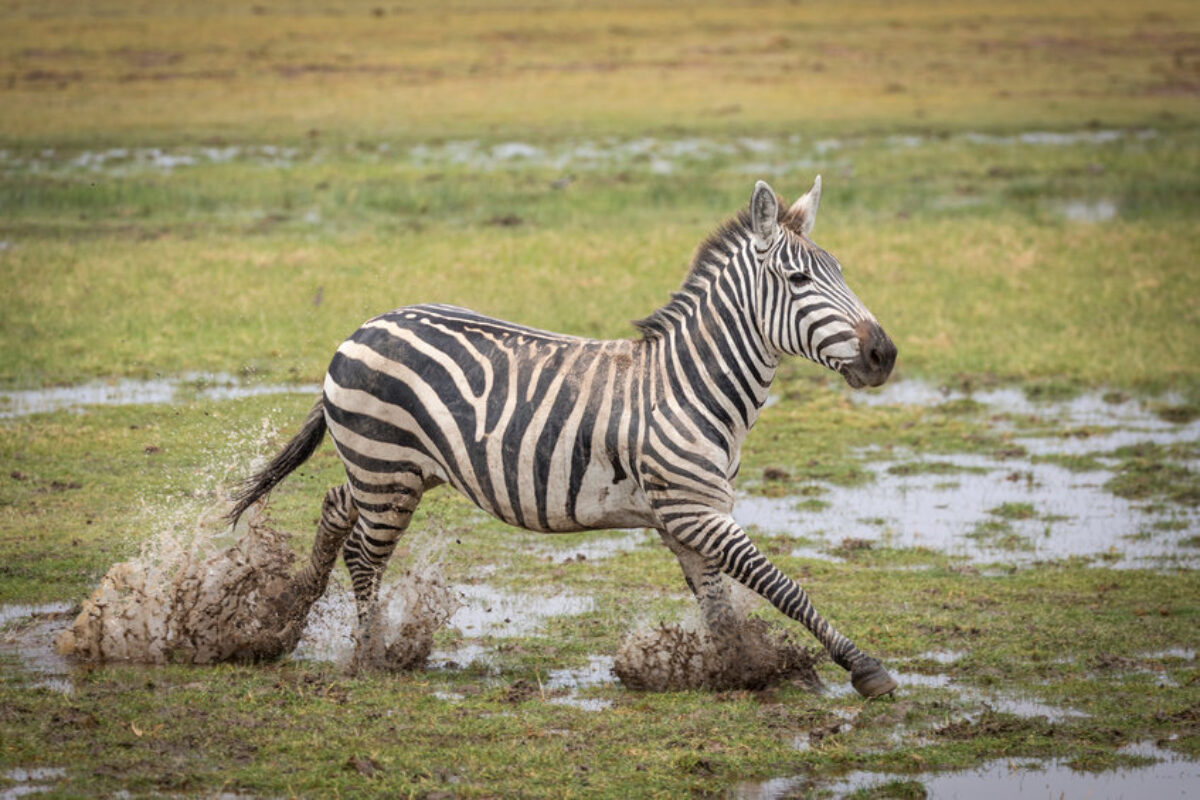
A zebra trudges through the rains Amboseli National Park
Featured Trips
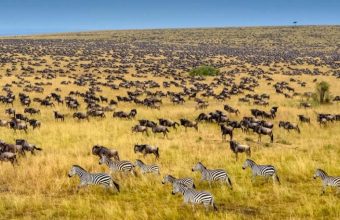
Tanzania and Kenya Safari
The greatest safari on earth.
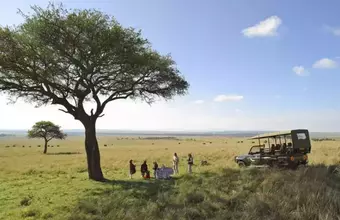
Affordable Masai Mara Safari
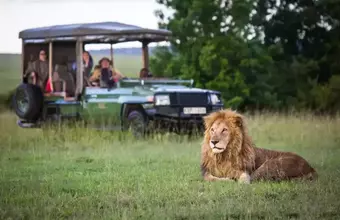
Enchanted Kenyan Safari
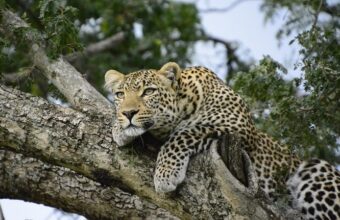
Family Memories
16 day private guided safari.
Samburu, Rhinos and Mara Safari
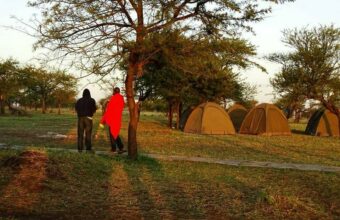
Kenya & Tanzania East African Adventure
21 day small group tour.
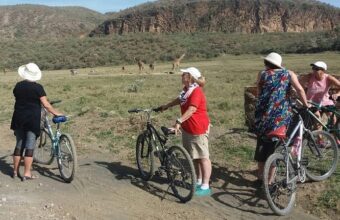
A Taste of Kenya
19 day small group tour, the best time for safari in kenya, safari in kenya month to month.
January & February
This is a hot and dry period. Animals gather around water holes and river banks which makes for a good period to be on safari. Many migratory birds are present. On Kenya’s coast, water clarity is at its best between January and February. A busy time for tourism, especially the start of January.
The start of the long rainy season and generally a bad time to go on safari. But, with few other visitors and lower prices if the rains are late arriving then this can be a good period.
The height of the wet season. Many safari camps close and roads can be washed away in flash floods. A bad time to be in Kenya.
The first part of May is similar to April, but by the tail end of the month things should be starting to dry out. The landscape will be lovely and green and although the safari camps will be starting to re-open, prices remain low. If you’re lucky with the weather then late May can be a lovely time to visit.
A superb time to be in Kenya. Everything is nice and green, the high season crowds are yet to arrive, the temperatures are pleasantly warm (but note that it can be miserable on the coast) and the wildebeest will be starting to mass on the Kenya-Tanzania border which makes for some exciting river crossing spectacles.
Although best known for the wildebeest migration, June is also the beginning of the humpback whale migration. Head to the Watamu Marine National Park to see whales — and dolphins — on boat tours between June and August.
Generally dry throughout the country with spectacular wildlife viewing in the parks and reserves. Wildebeest flood the plains of the Mara. The coast is now hot and dry. But this is also a busy and expensive time to visit.
August & September
A repeat of July, but by September there is a slight tail off in visitor numbers as school holidays end.
A superb time to visit. The wildebeest should hang around until about the middle of the month and there are good opportunities to watch them cross the Mara River. Wildlife viewing in all the other parks is also excellent and on the coast the sea is calm and perfect for snorkelling and diving. Temperatures are idyllic.
Safari prices start to drop as tourists head home and the short rains fall. Even so, this isn’t a bad time to be in the country as the rains are rarely strong enough to totally disrupt your travels. Migratory birds start to arrive.
The country is nice and green after the short rains and there are birds everywhere. The Christmas period is a busy tourist season but if you can come before that then you’ll benefit from lower prices and a tranquil safari.
Kenya climate by region
There are two things that define Kenyan weather: altitude and the monsoons. With the equator running straight through the middle of Kenya you might expect the country to be relentlessly hot. But it’s not as simple as that. Kenya is rippled in high mountains and plateaus and so altitude plays an immensely important role in Kenyan weather patterns.
In fact, it’s possible to stand in searing 40 degree heat in the northern deserts and snap a photograph of the snow and ice covering the summit of Mt Kenya!
The coastal strip is low-lying and has a hot and humid tropical climate year round (although things do cool down quite considerably between June-August). The vast northern deserts and semi-deserts (where parks such as Samburu are located) are always hot – sometimes too hot for comfort. Rain is also rare throughout the north.
The central and western parts of the country are much cooler, wetter and greener and for this reason this is where the majority of Kenyans live. The climate in Nairobi and other highland areas is one of almost eternal spring, and nights can get quite chilly.
This area is home to the Laikipia area conservancies, the Aberdares National Park and Nairobi National park among others. In the far west of the country, around Lake Victoria, the altitude is a little lower and it can be hot and humid with frequent rainfall.
In between the low and high altitude extremes is the Rift Valley. Fairly low lying and prone to drought, this is where some of the most famous national parks and wildlife conservancies (such as Tsavo and Amboseli) are located. It can be very hot here in the middle of the day but cool enough to need a fleece at night. The Masai Mara National Reserve is a bit higher and wetter and while days in the Mara are often idyllic it can be damn right cold on an early morning safari.
Kenya’s rainfall and monsoons
Aside from temperature the big thing that will impact when you visit Kenya and where you go is the rainfall.
Kenya receives two monsoon rains a year. The long rainy season runs from around March to May and the short rainy season provides the wet stuff between about late-October and mid-December.
During the long rainy season you can expect rain throughout the country on a near daily basis. Rivers can burst their banks and roads can get washed away. Most of the time the rain falls in the afternoon, but it sometimes rains all day. Nairobi can have what feels like endless days of grey, dreary drizzle. Throughout the country, even when it’s not raining it can be very cloudy. In general this is not the best time to visit Kenya.
The short rains are less predictable and may fail to materialise at all. However, as with the long rains, the rain mostly falls in the afternoon and not always everyday. There can be pleasant sunny periods in between the rain showers.
With changing climatic patterns these monsoon periods have become much less defined and in recent years there have been droughts when it should have been raining and floods when it should be bone dry.
Even though it’s not technically a wet season, the period between June and September still sees regular rainfall over large parts of the country, in particular the highland areas, the west and the Masai Mara. Temperatures are neither too hot nor too cold and everything is lovely and green. On top of that this is also when the wildebeest migration rolls through the Masai Mara. Overall this is a great time to go on safari in Kenya.
The driest and hottest time of year is January to March. On the coast and at lower altitudes it can be overwhelmingly hot. At this time of year the vegetation in many areas is dry and sunburnt but it’s a good time to be on safari – especially in a park such as Samburu or Tsavo when animals are drawn to the remaining water sources.
One of the biggest surprises visitors to Kenya get is how chilly it can get on a safari, especially those at higher altitudes such as the Maasai Mara and Laikipia where nighttime temperatures can fall below 10C. Factor in the windchill when zipping along in an open jeep at dawn and the reality is that safari-goers can become quite cold. Pack layers and be prepared.
Green, ‘shoulder’ & peak seasons
When booking a Kenyan safari you’ll likely hear the terms green season, shoulder season and peak season bandied about. But what do they all mean?
Peak season means high tourism season (July-September/October and Christmas to late February). Naturally enough this corresponds with the best times to be in Kenya, but it also means lots of other tourists, booked out lodges and high prices.
Shoulder season (roughly late-May, June and October) is the in-between time of year. For reasons of weather or wildlife sightings, the shoulder season is considered not quite as good as high season but much better than low season. There are fewer tourists and lower prices than in high season. A little secret: the advantages of travelling to Kenya in the shoulder season outweigh the negatives, and this is perhaps the best time to travel here (except for on the coast, which can be unexpectedly cold and wet).
The term ‘green season’ was perhaps coined to make potential visitors think of lush green landscapes. In reality though it means low season and it covers the months of mid-March to early May and November to early December. Kenya will be looking beautifully green at this time, but that’s because it rains – and at times it rains a lot!
Many safari camps are closed and getting around can be hard. This is generally a bad time to visit Kenya. On the plus side there are few other visitors and safari prices are as low as they get. Northern parks such as Samburu, Buffalo Springs and Shaba can actually be quite rewarding at this time.
Kenya generally observes a Christian calendar so major celebrations and holidays such as Christmas and Easter are observed countrywide. Muslim holidays such as Eid ul Fitr will be observed in most coastal and north eastern areas. Only the holy Islamic month of Ramadan will have an effect on your travels — during this time, you might find stores and hotels closed during daylight hours and at sunset for the breaking of the fast.
There are fewer music and cultural festivals than you might expect, but for a chilled out festival, try the Lamu Yoga Festival in February — five days of yoga in stress-free, car-free Shela, Lamu. Various styles of yoga are taught by instructors from all over the world and are combined with celebrations of Swahili culture such as sunset dhow cruises.
The Kenya Music Festival is held over ten days in August in Nairobi. It draws big name African and international acts.
The end of the year brings the Rusinga Cultural Festival — an extravaganza of colour, music, dance and sport to celebrate and preserve the culture of the AbaSuba people of Uganda and Kenya. Held on the last Thursday and Friday before Christmas on the islands of Rusinga, the celebrations address various social and cultural issues. The headlining event is the boat races in wooden canoes where both men and women row along the lake in clouds of song and dance — not to be missed!
When to go FAQs
Your questions, our expert answers, is february a good time to visit the masai mara, or would june-july be better what would be the differences.
February is a very good time for safari in the Masai Mara , but also very different to the experience in June and July.
It's hotter and drier in February and generally there are fewer other tourists. There will still be plenty of zebra and wildebeest around but these are the non-migrating resident herds, so they don't form the massive iconic herds that you might see on TV.
July is good because the migrant wildebeest are all normally in the Mara by then, but its also absolute peak high season so can be busy and expensive. June is perhaps my overall favourite month. Everything is green after the rains and it's nice and cool with far fewer tourists than July, but the first migrant wildebeest might start to arrive (it all depends on rains and the state of the grass).
In short, all three months are excellent but each is different so it might be best to go with whatever just suits your timings better.
I will be in Kenya in early March and am looking for a five day safari for wildlife photography and birdwatching. Where would you recommend for me noting it is the start of the rainy season?
Early March is still a bit early for the rainy season so you might just get the odd thunderstorm. If birds are your real interest and you only have five days then probably the easiest is to go down to the Masai Mara via the Rift Valley lakes of Naivasha and Elementia or Nakuru. This would give you a good range of avian habitats and species in a short space of time. Don't forget as well that Nairobi itself has some excellent birding in the various forests and parklands in and around the city. Plus of course, there's the superb Nairobi National Park where you will see a lot of wildlife and birds.
Masai Mara safaris
About the author.
Stuart is an award-winning travel journalist covering safari, trekking and conservation in Africa for the Lonely Planet, Rough Guides, BBC, Bradt Travel Guides, amongst many others. He is the author of Walking With The Maasai , a journey through some of Kenya's lesser-visited Maasai lands.
Featured tours

Other guides you might like
Safari in kenya, kenya's best safari reserves and camps, south africa safari, an expert guide to safaris in south africa.
Anthony Ham
Wildebeest migration safaris, an essential guide to planning a migration safari in tanzania and kenya.
Hans Cosmas Ngoteya
Safari in zambia, an expert guide to zambia's best safari parks, camps & lodges.
Sarah Kingdom
Safari in tanzania, an expert guide to tanzania's best safari parks & camps, safari in botswana, an expert guide to botswana's best safari reserves, camps and experiences, where and how to see the big 5 on safari in africa, safari in africa, our travel writers' top africa safari picks, zimbabwe safaris, an expert guide to the best safari camps in zimbabwe, chimpanzee trekking, an expert guide to seeing chimpanzees in the wild.
Philip Briggs
Namibia safari, an expert guide to the best safaris in namibia.
Melanie van Zyl
Featured tours view all.
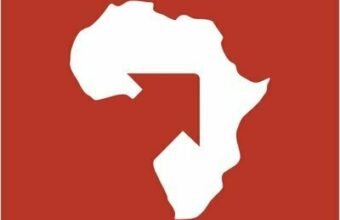
Why Horizon Guides?

Impartial travel guides
Our guides are written by the leading experts in their destinations. We never take payment for positive coverage so you can count on us for impartial travel advice.

Expert itineraries
Suggested itineraries and routes to help you scratch beneath the surface, avoid the tourist traps, and plan an authentic, responsible and enjoyable journey.

Specialist advice
Get friendly, expert travel advice and custom itineraries from some of the world's best tour operators, with no spam, pressure or commitment to book.
Our guides are 100% impartial and are written by independent, professional travel journalists. We make money by charging carefully-screened travel companies to list their business on our website. Our advertisers have no influence on our editorial content and we never accept payment for positive coverage.
Read more about how we work and what we believe in here .
- Travel guides
- Work with us
Sitemap , Privacy Copyright © 2024 Horizon Guides
The Best Time to Visit Kenya
:max_bytes(150000):strip_icc():format(webp)/DSC00412-5b73daf7c9e77c0057ca2198.jpg)
James Warwick/Getty Images
The answer to the question "when is the best time of year to visit Kenya ?" is best answered with another question: What do you want to do while you're there?
If you're hoping to go on safari, the best time to visit Kenya is from June to October, the country's dry season. Often, these peak times are dictated by the weather , but sometimes there are other important factors to consider. Of course, if you're looking to explore Kenya on a budget, you may want to avoid peak season altogether, because a slight compromise on weather or wildlife sightings usually means much cheaper rates for tours and accommodation.
The Weather in Kenya
Because Kenya is located on the equator, there is no real summer and winter. Instead, the year is divided into rainy and dry seasons . There are two dry seasons: a short one in late January and early February, and a much longer one lasting from late June to October. The short rains fall in November and December, but by far the wettest season is the period from March to May. Temperatures are relatively consistent in each region of Kenya, but vary from one place to the next according to elevation. The coast, for example, is considerably hotter than the plateaus of central Kenya, while Mount Kenya is so high that it is permanently capped with snow. Humidity also increases at lower elevations, while the arid north is both hot and dry.
Catching the Great Migration
Every year, Tanzania and Kenya provide the backdrop for one of the world's most breathtaking wildlife spectacles—the Great Migration . Millions of wildebeest and zebra start the year in Tanzania's Serengeti National Park, then gradually make their way northward to the more plentiful grazing grounds of the Maasai Mara . If you want to witness the herds cross the crocodile-filled Mara River (the holy grail of Great Migration safaris), the best time to travel is in August. In September and October, the animals that survive this treacherous crossing fill the Mara plains. This is the most reliable time to see the herds and the predators that follow in their wake.
The Best Time to Go on Safari
If you're not trying to catch the Great Migration, you have more choice in terms of the best time to go on safari season. Generally, the best time to travel is during the dry seasons (January to February or June to October). At these times, animals are easier to spot not only because the bush is less dense, but because the scarcity of water means that they spend much of their time around the waterholes. The short wet season also has its benefits. At this time, the parks are beautifully green and there are far fewer tourists. The rains fall mainly in the afternoon, and migrant birds arrive to take advantage of the sudden abundance of insects. It's best to avoid the March to May wet season, however, because the rains are often relentless.
The Best Time to Climb Mount Kenya
The best (and safest) time to climb Mount Kenya is during the dry seasons. January, February, and September are generally considered the most reliable months in terms of weather—at these times, you can expect clear, sunny days with enough warmth to counteract the chilly nights brought on by high elevation. July and August are also good months and can provide an alternative option for those who prefer their routes less crowded. Whatever time of year you decide to attempt the summit, make sure to pack for every occasion, as temperatures and weather can both change dramatically depending on the time of day and your elevation.
The Best Time to Visit the Coast
The weather on Kenya 's coast remains hot and humid throughout the year. Even in the dry season, rain can fall—but humidity and rainfall are at their worst from March to May. The short dry season (January to February) is also the hottest, but cool coastal breezes help to make the heat bearable. Generally, the best way to decide on when to visit the coast is to prioritize the other aspects of your trip first. If you're planning on combining a trip to Mombasa with a few weeks looking for wildebeest herds in the Maasai Mara, travel in August or September. If you're planning to relax at Malindi after hiking up Mount Kenya, January or February are better months to visit.
March is typically the last dry month before rainy season moves in April. While temperatures remain steady, the weather is extremely humid. May is slightly dryer and can be a good time for safaris, as many animals are migrating.
Events to check out:
- In March, Nairobi is home to the East African Art Festival. The three-day event features art, music, theater, music, fashion, literature, architecture, sculpture, and traditional crafts.
Summer's calendar months actually mean winter for Kenya—but this means great weather, too. While June is the last of the country's rainy season, July and August are very dry and not too hot, with temperatures around 80 degrees Fahrenheit. Both months are excellent for visits to the Maasai Mara National Reserve.
- The International Camel Derby and Festival is held each August in Maralal, a town in northern Kenya. Camel racing takes place over several days through the desert and visitors attend from all over the world.
September in Kenya is dry, but precipitation will usually move in by early October. Still, daytime temperatures are warm, usually above 80 degrees Fahrenheit. November gets even hotter, so many tourists will flock to the beaches. Migrating birds peak in both the Aberdare National Park and Great Rift Valley.
- The Lamu Cultural Festival draws visitors each November to the Lamu Archipelago on the eastern coast of Kenya. The three-day festival celebrates life in this old-world island destination off the beaten path, about a two-hour flight from Nairobi.
With high temperatures above 90 degrees Fahrenheit, "winter" is the perfect time for seaside vacations along the Indian Ocean. January is quite hot and dry and even the ocean's water temperature climbs into the 80s. This is a great season for both beach activities and exploring the more than 40 national parks and game reserves in the country.
- Jamhuri Day, held on December 12, celebrates Kenya's independence from Great Britain on this day in 1963. Many towns host performances and fireworks displays.
The best time to visit Kenya is during the country's dry season, from June to October, especially if you want to go on a safari.
Kenya experiences two rainy seasons: March to May is considered the time of the “long rains,” and “short rains” happen from October to December.
February is the hottest month in Kenya, with an average high temperature of 80 degrees F (27 degrees C).
Weather in Kenya: Climate, Seasons, and Average Monthly Temperature
Serengeti National Park, Tanzania: The Complete Guide
The Best Time to Visit Kruger National Park
The Best Time to Visit Japan
The Best Time to Visit the Maldives
The Best Time to Visit Morocco
The Best Time to Visit the Great Barrier Reef
The Best Time to Visit Nairobi
The Best Time to Visit Spain
The Best Time to Visit Masai Mara National Reserve
Kenya Travel Guide: Essential Facts and Information
A Brief Overview of Africa's Dry and Rainy Seasons
The Best Time to Visit Tanzania
12 Best Things to Do in Kenya
Weather in Tanzania: Climate, Seasons, and Average Monthly Temperature
- Deutschland
Best Time To Visit Kenya
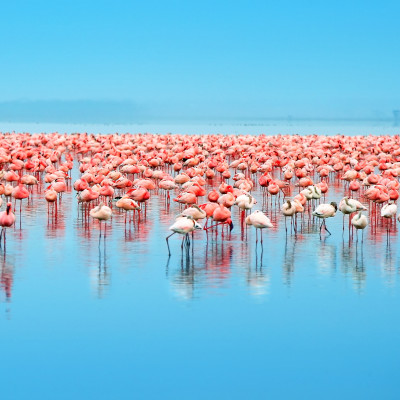
Understanding Kenya’s climate
The best time to visit Kenya depends on what you want to do. Kenya is divided by the equator and is characterized by a tropical climate.
The weather in Kenya is often ideal, although the coast can be very humid and there are hot, desert-like conditions around Lake Magadi and in the northern areas of the country around Lake Turkana. Most regions in Kenya have temperatures between 71-91°F a day, and they rarely drop below 55°F at night. Even during the short rains, the humidity during the day is mostly low and the sky is clear enough to see the Milky Way at night.
During the coolest months of June, July and August, temperatures in Nairobi are around 60°F, which can drop to about 50°F in the Aberdare region and the Mount Kenya massif.
Best Time To Visit Kenya By Month
We recommend.
- Head to the northern coast of Kenya and discover a colorful underwater world where you can go snorkeling or soak up the sun on one of the palm-lined beaches
- With a little luck you can see the Big Five among the endless bush landscapes of Tsavo East National Park
- Witness giant elephant herds following ancient hiking trails in the rocky landscape of Samburu and spot the rare Grévy’s zebra on the banks of the Uaso Nyiro River
- Travel to Laikipia in central Kenya for exclusive nature and wildlife experiences
- Explore Chale island just off Kenya’s southeastern coast and discover an idyllic retreat dotted with inland tidal lakes, pristine beaches and vibrant coral reefs.
- Head to Kisumu on Lake Victoria – the principal city of western Kenya has a relaxed ambiance and is a haven for fresh fish enthusiasts, given its many fish markets!
- Plan a visit to the Karen Blixen Museum in the bustling capital city, Nairobi, to learn about the changing history of Kenya
- Head to the Amboseli National Park, at the foot of the imposing Mount Kilimanjaro, and spend time in one of the best places to see African elephants
- Visit the most arid region in Kenya – Chalbi Desert – and marvel at its stunning natural landscape replete with volcanoes and ancient lava flows and towering sand dunes
- Witness the Great Migration in the Masai Mara National Reserve, where millions of antelopes, zebras and wildebeest cross the savanna landscape from July to October
- If you want a break from the wildlife, the pristine paradise at Kiwayu Island with its virgin beaches, crystal clear waters, dolphins and whales and a host of water sports awaits!
- Head to Meru National Park, made famous by the movie ‘Born Free’, home to stunning natural beauty as well as a diverse range of animals
- Head to Lake Elementaita, a small soda ash lake as the dry season is the ideal time to catch a glimpse of its diverse wildlife
- Make the painstaking journey to remote Lake Turkana and be rewarded with views of the world’s largest desert lake and its fearsome Nile crocodiles!
- For something different, travel to Kericho, Kenya’s tea territory!
- Witness the flamingos at Lake Nakuru – over one million of these graceful birds can be found fishing in the lake for their feast of delicious algae!
- If you are yearning the great outdoors then we recommend a hike in the foothills of Mount Kenya
- Enjoy the diverse birdlife at Lake Naivasha and game viewing at Hells Gate National Park, to the south of the lake
- Before the rains arrive, discover Kakamega Forest National Reserve, the only tropical rainforest in Kenya, home to some of Africa’s best-known tree species and exquisite orchids
- Make the most of the dry conditions by enjoying the abundant wildlife at The Aberdares
- If you are keen on birdwatching, this is right time to make a trip to the saline Lake Bogoria with its two million migratory birds!
- While the Great Migration is over, the increasing greenery heralds the arrival of newborns in the Mara, giving you unique wildlife viewing and photographic opportunities
- Spend time in the city of Mombasa, with its beautiful beaches and touches of Arabic and Portuguese architecture. Witness the vibrant Mombasa Carnival held during this month!
- Visit the dramatic collection of ancient volcanic cinder cones of Chyulu Hills and spot large herds of elands, giraffes, zebras, wildebeests, lions, buffaloes and elephants
- Enjoy a rich cultural experience by visiting the old town of Lamu, a UNESCO World Heritage site, an almost car-free town with diverse architectural influences
Best time to visit Kenya by season
- Hot months: January to March
- Long rains: April to June
- Cold months: June to August
- Short rains: November to December. It is rarely raining all day. Short, heavy rainfalls are usually replaced by sunny periods, which makes this time in Kenya very pleasant.
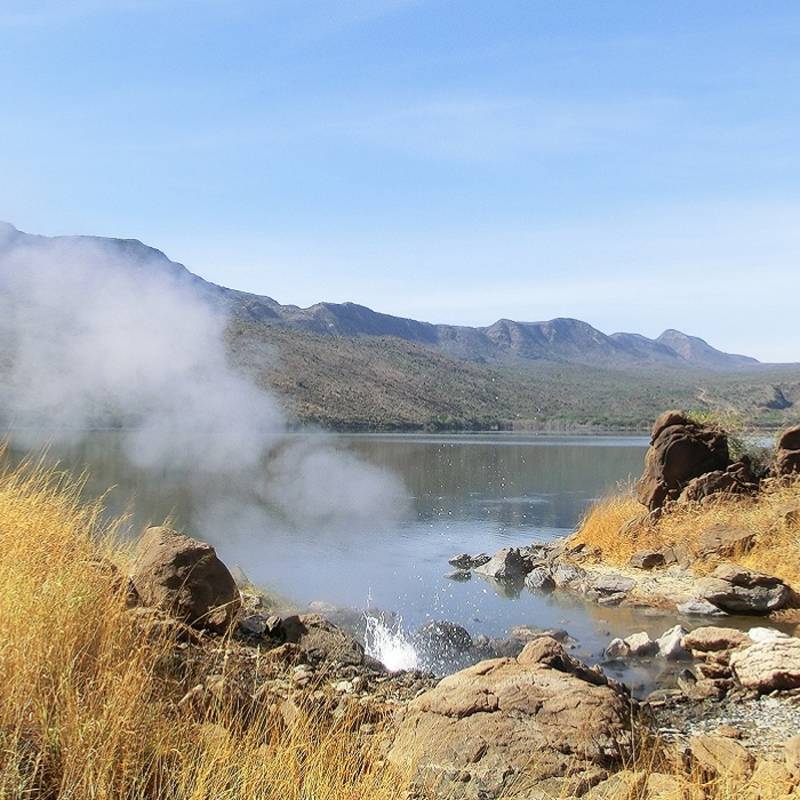
What to Pack
Safari wear should be comfortable and casual. Evenings and early mornings can be chilly so warm sweaters are recommended. Low heeled comfortable sports or trekking shoes are the most suitable walking shoes, should you intend joining any walking safaris.
We recommend you bring warm clothes, including a fleece or light wool sweater and socks, apart from the normal safari gear. During the day it can get quite hot so don’t forget sunglasses and a high factor sunscreen, as well as a sun hat with a small brim.
Some specialist trips, i.e. mountain climbing, require extra items of clothing and footwear. Many hotels, lodges and camps have swimming pools so you are advised to bring swimsuits.
Due to limited space in the vehicle and light aircraft, we advise you to keep your luggage to the minimum. We suggest you pack your luggage into a small bag of no more than 15 kgs – the luggage limit for local flights issued by the airlines. Almost all safari lodges and camps provide same day laundry service.
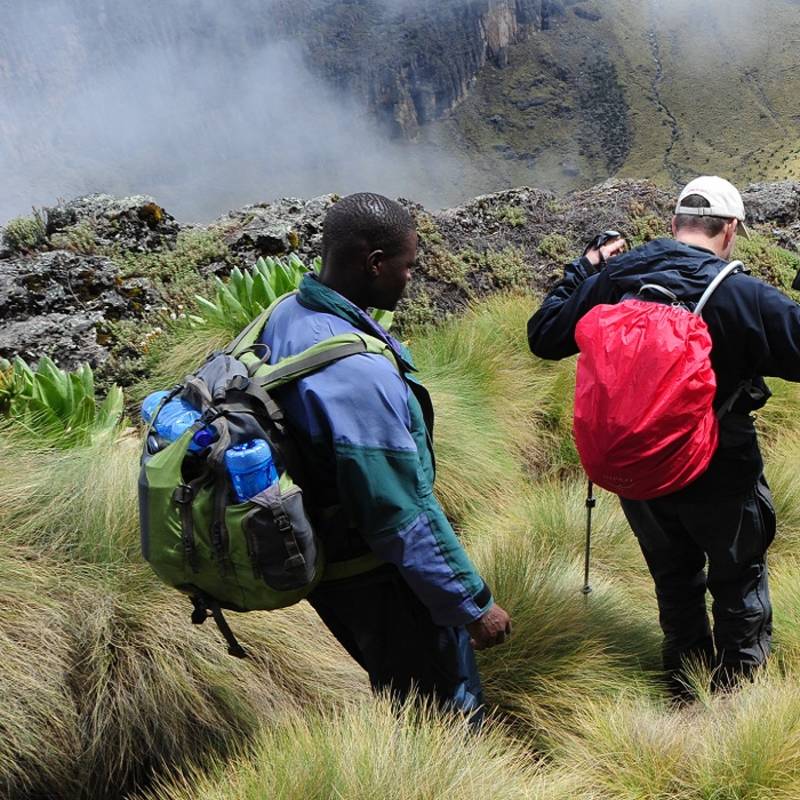
Popular Trips to Kenya
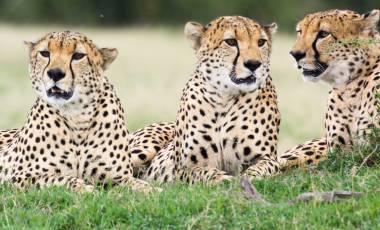
Kenya Safari: Masai Mara, Ol Pejeta And Solio
Visit Kenya’s iconic wildlife reserve and hidden gems! Ol Pejeta has the highest density of wildlife while Solio is home to rhinos and lots more. Round off your experience with Big Five safaris in Masai Mara.
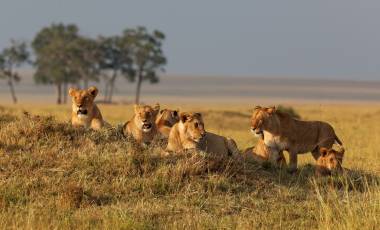
Kenya and Uganda Safari Tour: Big Five and Gorilla Trekking
This private Kenya and Uganda safari tour is a great way to discover Africa’s diverse wildlife. The adventure begins at Ol Pejeta Private Game Reserve, one of the largest rhino sanctuaries in East Africa, where you can enjoy game drives and sundowners everyday. Classic Africa awaits you in the iconic golden grasslands of Masai Mara,…
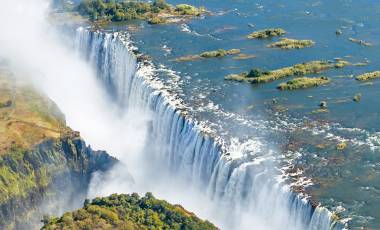
Kenya and Zimbabwe: Safari and the Falls
Exciting safaris, cascading waterfalls and enriching cultural experiences: this 11-day tour of Kenya and Zimbabwe opens you up to the raw beauty of the region. From exploring Nairobi’s contemporary art and culture scene to soaring over the Masai Mara in a hot air balloon, the tour promises an eclectic mix of experiences. Round off your…
Best Places To Visit
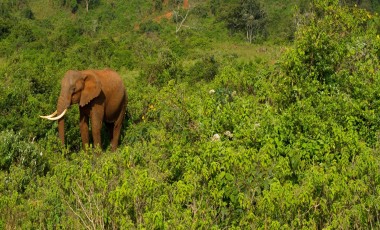
The Aberdares offer striking mountain scenery, combined with stretches of dense jungle and amazing waterfalls, the largest ones plunging dramatically more than 300 meters!
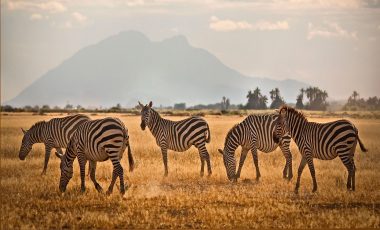
Amboseli National Park is located in Kajiado County, Kenya. It only covers 151 sq miles but is part of the much larger Greater Amboseli ecosystem that totals some 3,088 sq miles.
Amboseli National Park
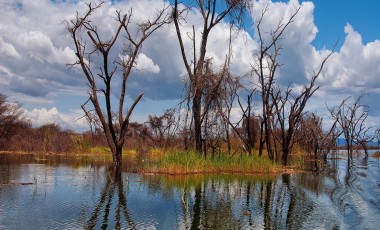
This beautiful Lake Baringo, surrounded by picturesque islands and encircled by majestic mountains, is truly a sight for sore eyes! Filled with fish, the freshwater lake attracts many herons, cormorants and marabous. Lake Bogoria is visited by up to two million migratory birds!
Baringo & Bogoria
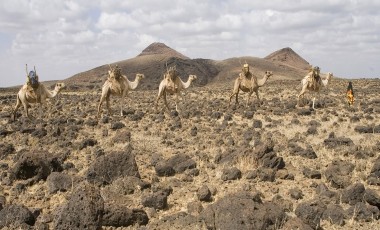
Surrounded by volcanoes and ancient lava flows, Chalbi Desert is the hottest and most arid region in Kenya.
Chalbi Desert
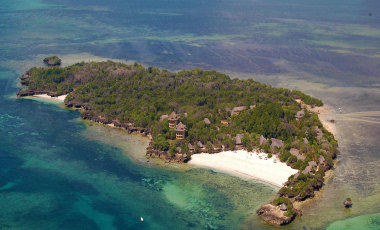
Chale Island is a tropical haven located on the pristine Msambweni Bay just off Kenya’s southeastern coast. Discover a breathtakingly idyllic retreat accessible only by speedboat or a tractor-trailer depending on the tide.
Chale Island
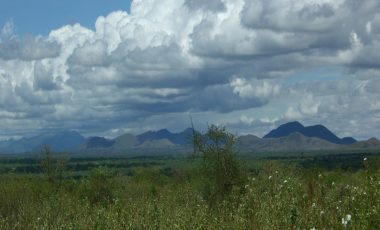
Visit this dramatic collection of ancient volcanic cinder cones and you will not be disappointed! The rolling Chyulu Hills lie to the northwest of Tsavo West National Park and offer splendid views of the magnificent Mt.
Chyulu Hills
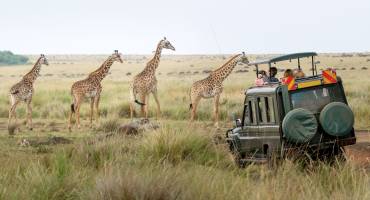
Kenya Travel Guide
Things to do.
Live your safari dream on your Kenya tour with us – Masai Mara, the Great Migration, endless savannas and pristine beaches beckon. Follow this link and discover our list of top ten highlights, attractions and activities in Kenya.
Kenya is generally considered a safe country to travel in. As a rule of thumb, it is safer to travel in a group or with a local tour guide in Kenya, rather than on your own. Our experts have compiled some general safety instructions to ensure that your trip is stress-free.
From the Blog
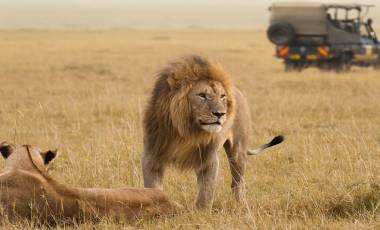
Kenya or Tanzania: Which Wilderness Safari is the One for You?
Have you been dreaming of an Africa safari tour but can’t decide between Kenya or Tanzania? Let’s help you choose the perfect wilderness safari destination for your luxury African tours.
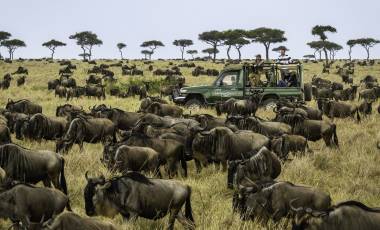
Your Monthly Guide to the Great Wildebeest Migration in Africa
Bless the rains down in Africa! Pack your bags and get ready for the spectacular wildebeest migration across African parklands of the Serengeti and the Masai Mara with this month on month guide.
What Our Guests Say

The Enchanting Difference
Authentic & unique.
Our award-winning, licensed local guides provide incredible insights and exclusive experiences for you.
Personalized & Private
Our experts completely customize your private tour to match your interests and preferences.
High-Quality Experiences
All our accommodations and services are personally tested by our team.
Fully Supported Travel
You’ll have a personal and dedicated trip coordinator, backed by 24/7 support in case of emergencies while you’re traveling.
Financial Protection & Flexibility
Your booking is flexible and completely secure with us.
Safe & Secure
Your safety and well-being are our top priorities.
Do you have a vacation in mind? Personalize your itinerary with our Trip Builder.
- Best time to visit Kenya
Book your individual trip , stress-free with local travel experts
Select Month
- roughguides.com
- Travel guide
- Itineraries
- Local Experts
- Travel Advice
- Accommodation
Plan your tailor-made trip with a local expert
Book securely with money-back guarantee
Travel stress-free with local assistance and 24/7 support
We really got to be "on vacation" and just take it all in, knowing that you had everything planned and organised.
Many visit Kenya for once-in-a-lifetime opportunities to see this nation's unique wildlife and landscapes. Yet, planning such a trip can be daunting due to Kenya's unpredictable weather — featuring two rainy and two dry seasons annually. On top of this, the optimal time for wildlife viewing varies throughout the year, making the planning process all the more complicated. Read on for our comprehensive, month-by-month guide to the best time to go to Kenya.
- When's the best time to visit Kenya?
Weather in Kenya month by month
Seasons in kenya, festivals and holidays in kenya, travel ideas for kenya, created by local experts.

11 days / from 3089 USD
Bush To Beach Safari
Explore Kenya's vast national parks such as Lake Nakuru, the famous Maasai Mara and the well-known 'red' elephants in the Tsavo National Park. After a few days of waking up early to spot wildlife, relax on the fine sandy beaches of Diani in the Mombasa area.

10 days / from 4059 USD
Best of Kenya & Tanzania
A fascinating trip across the Maasai Mara and the Serengeti and Ngorongoro Conservation Areas in Kenya and Tanzania. Learn more about the traditions and cultures of the Maasai and stare in awe at the wild roaming wildlife on your several game drives in different national parks.

7 days / from 2791 USD
Family Safari in Kenya
Take your (grand)children and embark on the adventure of a (family) lifetime: 7 days in Kenya, with up-close animal encounters, game drives to see the Big 5 and plenty of fun day activities.
When's the best time to visit Kenya?
The main tourist seasons tie in with the rainfall patterns: the biggest influxes of visitors are in December–January and July–August. Dry-season travel has a number of advantages, not least of which is the greater visibility of wildlife as animals are concentrated along the diminishing watercourses.
July to September is probably the best period, overall, for game viewing, with early September almost certain to coincide with the annual wildebeest migration in the Maasai Mara.
October, November, and March are the months with the clearest seas for snorkeling and diving.
In the long rains, the mountain parks are occasionally closed, as the muddy tracks are undrivable. But the rainy seasons shouldn’t deter travel unduly: the rains usually come only in short afternoon or evening cloudbursts, and the landscape is strikingly green and fresh even if the skies may be cloudy. There are bonuses, too: fewer other tourists, reduced prices, and often perfect light for photography.

Masai Mara, Kenya © Shutterstock
When planning a trip to Kenya, timing is everything. From the vast savannas of the Maasai Mara to the stunning beaches of the Kenyan coast, each month offers a unique experience. Here’s our month by month guide to the best time to visit Kenya.
January: Best for safari adventures
January kicks off the year with fantastic weather and prime wildlife viewing opportunities. The temperatures soar, averaging around 28°C (82°F) during the day, which is great for those planning on safari adventures. The skies are clear, offering uninterrupted views of landscapes and wildlife. However, January does fall within Kenya's peak tourist season, which can mean higher accommodation costs and larger crowds.
February: Best for romantic getaway
With temperatures hovering around 29°C (84°F), February is the perfect time for a romantic Valentine’s getaway or a honeymoon safari. While February sees fewer crowds compared to January, it's still advisable to book accommodations and safaris in advance, especially in popular destinations like the Maasai Mara and Amboseli National Park .
March: Best for a more secluded holiday
March marks the transition from the dry season to the long rains, bringing lush greenery and renewed vitality to Kenya's landscapes. Temperatures remain warm, averaging around 28°C (82°F), but the occasional rain showers can be expected, particularly towards the end of the month. March is considered the shoulder season with fewer tourists and lower accommodation rates compared to peak season.

Zebra in Tsavo National Park - Kenya © ANTONIO JIMENO JIMENEZ/Shutterstock
April: Best for birdwatching
April sees Kenya draped in vibrant greenery as the long rains continue to nourish the land. While rainfall can be more frequent, especially in the highland regions and coastal areas, it rarely disrupts travel plans. Temperatures remain comfortable, averaging around 26°C (79°F). Additionally, April presents fantastic opportunities for birdwatching enthusiasts as migratory birds flock to Kenya's wetlands and forests.
May: Best for watching the Great Migration
May signals the onset of the shoulder season in Kenya, with fewer tourists and lower accommodation rates. While rainfall may persist in some regions, particularly along the coast and the western part of the country, it's often brief and followed by clear skies. Temperatures range from 24°C to 26°C (75°F to 79°F), creating comfortable conditions for outdoor activities. May is also a time to witness the Great Migration as herds of wildebeest and zebras traverse the Maasai Mara in search of fresh grazing grounds.
June: Best for vibrant festivals and events
June marks the beginning of the dry season in Kenya, bringing cooler temperatures and clear skies. With average temperatures ranging from 22°C to 25°C (72°F to 77°F), it's an excellent time for wildlife safaris, especially in parks like Tsavo and Samburu. June is a great time to visit for cultural festivals and events.

Landscape in Mount Elgon National Park © Belikova Oksana/Shutterstock
July: Best for exploring the Masai Mara and Amboseli parks
July is the peak of the safari season in Kenya, attracting wildlife enthusiasts from around the globe. The weather remains dry and pleasant, with temperatures averaging around 21°C to 24°C (70°F to 75°F). July offers truly unparalleled opportunities to witness the iconic Big Five and other wildlife spectacles in parks like the Maasai Mara and Amboseli. However, it's essential to book accommodations and safaris well in advance, as July sees a surge in tourist arrivals and higher costs.
August: Best for watching the Great Wildebeest Migration
August is synonymous with the Great Wildebeest Migration, a natural spectacle that unfolds in the vast plains of the Maasai Mara. Millions of wildebeest, accompanied by zebras and gazelles, cross the Mara River in search of greener pastures, creating a thrilling sight for safari-goers. The weather remains dry and mild, with temperatures ranging from 20°C to 23°C (68°F to 73°F), perfect for outdoor adventures and wildlife photography. However, August is one of the busiest months in Kenya, so expect larger crowds and higher prices.
September: Best for wildlife watching
Though September is still peak tourist season, you’ll find fewer crowds and slightly lower prices. The weather remains dry and pleasant, with temperatures ranging from 20°C to 25°C (68°F to 77°F). While the Great Migration may be winding down, there are still plenty of wildlife sightings to be enjoyed, from lion prides to cheetah hunts.

Sunset at Shimba Hills, Kenya © Shutterstock
October: Best for beach getaways
October marks the end of the dry season in Kenya, with temperatures gradually warming up as the short rains approach. Average temperatures range from 22°C to 27°C (72°F to 81°F), creating comfortable conditions for both wildlife safaris and beach getaways. While occasional showers may occur, especially in coastal areas, they rarely disrupt travel plans.
November: Best for a quieter experience
See Kenya in November to see the country cloaked in lush greenery as the short rains rejuvenate the land. While rainfall may be more frequent, it's often short-lived, allowing for uninterrupted travel experiences. Temperatures range from 23°C to 28°C (73°F to 82°F). November offers the chance to witness newborn wildlife and migratory bird arrivals.
December: Best for the festive season celebrations
December brings festive cheer and fantastic wildlife viewing opportunities to Kenya. With temperatures ranging from 24°C to 29°C (75°F to 84°F), it's the perfect time for outdoor adventures and safari excursions. While occasional showers may occur, this is still a great time to visit. December is a popular time as many seek to celebrate the festive season amidst Kenya's stunning landscapes and abundant wildlife.

National Park for Rothschild Giraffes Giraffe Manor © Shutterstock
Broadly, the seasons are as follows: January to March typically brings hot and dry weather; April to June is characterized by hot and wet conditions known as the “long rains.” July to October usually sees warm and dry weather, while November and early December experience warmth accompanied by brief periods of heavy rainfall known as the “short rains.”
At high altitudes, it may rain at almost any time. Western Kenya, including the Maasai Mara, has a scattered rainfall pattern influenced by Lake Victoria. At the same time, the eastern half of the country, and especially the coast itself, is largely controlled by the Indian Ocean’s monsoon winds – the dry northeast monsoon (kaskazi) blowing in from November to March or April and the moist southeast monsoon (kusi) blowing in from May to October. The kusi normally brings the heaviest rains to the coast in May and June.
Temperatures are determined largely by altitude: you can reckon on a drop of 0.6°C for every 100m you climb from sea level.

Nairobi National Museum © Shutterstock
Lamu Cultural Festival
The Lamu Cultural Festival celebrates the rich Swahili heritage of Lamu Island, a UNESCO World Heritage Site known for its historical significance and traditional architecture, with events spanning over several days, including traditional dances, dhow sailing competitions, donkey races, and showcases of local crafts and cuisine.
Lake Turkana Festival
The Lake Turkana Festival celebrates the cultural diversity of the communities residing around Lake Turkana, the largest desert lake in the world, through a vibrant display of traditional performances, music, dances, and exhibitions of artifacts and traditional attire, fostering cultural exchange and appreciation.
Mombasa Carnival
The Mombasa Carnival, held in Kenya's second-largest city situated along the Indian Ocean coast, is a colorful extravaganza featuring elaborate parades, pulsating music, energetic dance performances, and street festivities, serving as a dynamic celebration of the cultural mosaic that defines Mombasa.
Jamhuri Day
Jamhuri Day, celebrated on December 12th, marks Kenya's independence from British colonial rule in 1963, symbolizing the nation's journey towards sovereignty and self-determination, with festivities including grand parades, cultural performances, and patriotic displays across the country.

Diani Beach in Kenya © Shutterstock
Maulidi Festival
The Maulidi Festival, observed in Lamu to commemorate the birth of Prophet Muhammad, reflects the deep-rooted Islamic heritage of the region, attracting devotees and visitors alike for prayers, processions, spiritual gatherings, and cultural events that emphasize the values of peace, unity, and community.
Eid ul Fitr
Eid ul Fitr, one of the most significant Islamic festivals, marks the conclusion of Ramadan, a month of fasting and spiritual reflection, with joyous celebrations characterized by communal prayers, festive feasts, and acts of charity, fostering bonds of kinship and solidarity among Muslims in Kenya.
New Year's Eve and New Year's Day in Kenya are celebrated with exuberant parties, lively street festivities, and spectacular fireworks displays, as people bid farewell to the old year and welcome the new one with optimism, hope, and resolutions for a prosperous future.
Nairobi Restaurant Week
Nairobi Restaurant Week, a culinary extravaganza held annually in the vibrant capital city, showcases the diversity and creativity of Nairobi's dining scene, with participating restaurants offering special menus, culinary experiences, and discounts, inviting food enthusiasts to indulge in a gastronomic journey through various cuisines and flavors.
The Rough Guides to Kenya and related travel guides
In-depth, easy-to-use travel guides filled with expert advice.

Travel advice for Kenya
From travel safety to visa requirements, discover the best tips for traveling to Kenya
- Crime and personal safety tips Kenya
- Culture and Etiquette in Kenya
- Eating and drinking in Kenya
- National Parks in Kenya
- Travel Tips Kenya for planning and on the go
- Shopping tips for Kenya
- Entertainment and sport
- How to get to Kenya
- Getting around Kenya: Transportation Tips
- Travel Health Kenya
- Sports and Outdoor activities in Kenya
- 10 days in Kenya — 5 travel itineraries
Find even more inspiration here

- Travel Tips
written by Rough Guides Editors
updated 26.04.2024
Ready to travel and discover Kenya?
Get support from our local experts for stress-free planning & worry-free travels.
- Travel advice
- Where to stay

Best Time to Visit Kenya
Best time to visit kenya for safari, migration, beaches + worst time (month by month).
Best Time to Visit Kenya for Safari, Migration, Beaches + Worst Time month by month. Between July and September, you may experience the Great Migration of wildebeest and zebra, making it one of the prime periods to visit Kenya. This is also the dry season of the country.
There are less tourists and more opportunities to see the breathtaking verdant foliage during the wet seasons, making them ideal for vacation. The short rains in December make it an ideal time to visit Kenya , as you may observe migratory bird species, newborn animals, and more. Wet weather is only experienced during the height of the “long rains” in March, April, and May.
In July, when the Great Migration is typically in full swing in the Mara, I love going there because I can see the animals up close and personal without having to fight my way through hordes of other tourists.
Speak to a certified Kenya specialist to start planning your tailor-made vacation…
Sharon, Africa Safari & Kenya Specialist
Month-by-month guide for traveling in Kenya
Visiting kenya in january.
When summer is in full swing, it’s easy to see animals on the move, whether they’re on the ground or in the sky. Although there may be occasional showers to alleviate the scorching weather, the terrain is verdant with long grass due to the “short rains” that occur in November and December. On the coast, you’ll experience the purest seas and hottest, sunniest days of the year.
Visiting Kenya in February
You may still see a lot of wildlife, both flying and on the ground, this month. Long grass should still be carpeting the landscape from the’short rains’ that fall in November and December, and temperatures will remain hot with the occasional storm.
Visiting Kenya in March
As the ‘long rains’ approach Kenya, the weather becomes wetter, but game viewing remains good.
Visiting Kenya in April
You shouldn’t go during the “long rains” in April and May because the park trails might become mudslides and the beaches along the coast of the Indian Ocean can get hot and very wet.
Visiting Kenya in May
It is not recommended to travel during the “long rains” of April and May since the park tracks can become muddy and the beaches along the coast of the Indian Ocean can be hot and very wet.
Visiting Kenya in June
The majority of the rain has passed, while a few light showers may still occur; at higher elevations, the nights can be chilly. The lengthy dry season is almost here, and although the tall grasses can make it difficult to see wildlife, it is still a stunning time to go. When the Great Migration finally makes it to the Masai Mara , everyone starts getting excited.
Visiting Kenya in July
Conditions are pleasant for a visit at this time of year, with mild temperatures, dry but not very dusty weather, and the possibility of periodic showers. Masai Mara game viewing and travel are at their highest in the months leading up to the arrival of the first herds from Tanzania .
Visiting Kenya in August
It is one of the busiest times of year because the weather is warm and typically dry. Spectacular wildlife watching is available right now in the Masai Mara , where the Great Migration is in full swing, with thousands upon thousands of wildebeest and zebra making their way across the Mara and Talek Rivers.
Visiting Kenya in September
In most cases, the weather remains dry. Game viewing in the Mara is ongoing, and wildlife viewing in Kenya is generally top-notch.
Visiting Kenya in October
Some precipitation may be possible as the mercury gradually rises. But if you want to escape the crowds without sacrificing great game viewing possibilities, it’s a beautiful time to travel. While the migratory herds have left the Mara, the resident numbers are still exceptional. This is the best time of year to visit any of Kenya’s other popular tourist spots.
Visiting Kenya in November
The Mara, like most other tourist spots, is open for business despite the warm weather and the beginning of the brief rains. But there are a lot of closed camps in the Laikipia Plateau . Even with the darker sky, game viewing is still good, and activities carry on as usual. There are less people around, and you can usually get better prices.
Visiting Kenya in December
Depending on where you are in the country, some camps may be closed (especially in the north) or open as we approach the end of the year, which means hot weather and the possibility of rain. You can still see a lot of birds and other wildlife while the camps are open.
Wildlife spectacles abound in Kenya’s dry season
The common belief holds true in Kenya as it does in most of Sub-Saharan Africa : the best time to visit is during the long dry season, which begins in June and lasts all the way until October.
At this time, animals start congregating around the few remaining water sources, making themselves more visible. At the end of July, the Masai Mara often welcomes the wildebeest migration , which originates in the Serengeti and the Loita Hills. Hundreds of thousands of wildebeests brave the Mara and Talek rivers, despite the presence of enormous crocodiles, creating an incredible spectacle.
Late July through October is the sweet spot for a dry safari in Kenya’s coastal regions. Seasonal rains begin in late April and continue through early July, with brief downpours in late October and early November. The hottest months are typically March and April.
Beat the crowds during Kenya’s green season
Between December and May, you shouldn’t miss the green season. The wildlife is still amazing, there aren’t many tourists, and the bush becomes a verdant, verdant mess, teeming with the noises of breeding birds and flamboyant plumage.
After it rains, some places, like the Chyulu Hills , really shine. Skilled vacationers know that the shoulder and low seasons are the best times to visit since they provide a mix of reasonable prices and less tourists.
A trip to the coast of Kenya for some relaxation and rejuvenation is also highly recommended at this time. The coast of Kenya is an excellent stop on any safari because of its beautiful white sand beaches and turquoise waters, which are second to none in all of Africa. Late November through March is when it really shines.
Kenya travel guides
Kenya is a popular safari destination for good reason: the country is home to some of Africa’s most famous reserves, where safari-goers can catch a glimpse of the Big Five, and the chance to explore less-traveled regions keeps them coming back.
Learn all about the best times to visit Kenya, from where to see the Big Five to what to do during the country’s verdant season and even how to take a hot air balloon safari for an unforgettable experience, with the help of our comprehensive travel guides. Kenya is a great place for families to visit because of its abundance of family-friendly lodges and the opportunity to learn about Maasai culture . On the other hand, individuals seeking a little more luxury can choose from a variety of beach retreats and safari camps.
Inspiring Kenya Itineraries
Our goal in creating these itineraries was to provide you with some ideas for what you may see and do in Kenya by highlighting some of the best routes we’ve discovered.
Kenya Travel Advice
Am I safe to go to Kenya? If we wouldn’t go there with our own families, we certainly wouldn’t recommend it to our clients. Safe and welcoming locals will make your safari experience in Kenya one you won’t soon forget.
Places to Visit in Kenya
Millions of zebras, antelope, and wildebeests make the journey to the Masai Mara National Reserve every year, hoping to find a better life in the swaying grasslands. Predators like lions, leopards, and hyenas follow after these. It doesn’t get much better than this as far as safari locations go, and our experts have been on safari all around Kenya, so they can tailor their recommendations to your specific interests.
Things to Do in Kenya
Kenya has a reputation for offering visitors a range of gratifying experiences, making it an appealing destination for first-time safari-goers. Experience the wonder of the Great Migration firsthand, visit wildlife reserves, and go snorkeling in the warm waters of the Indian Ocean off the coast of Kenya.
Change location
- UK / International
- Call toll-free from 10am EDT 617-223-4521 617-223-4534 or
- REQUEST A QUOTE

When is the best time to visit Kenya?
- Masai Mara National Reserve
- Month-by-month
One of the best times to visit Kenya is from July to September, during the country’s dry season, which also coincides with the Great Migration of wildebeest and zebra.
The rainy seasons are also good times to travel, as there are fewer visitors and you can admire the striking emerald vegetation. December in particular is a great time to travel to Kenya, since the rains are short and you have the chance to see newborn animals and migratory bird species. Only the peak of the ‘long rains’ in March, April and May are very wet.
- Make an inquiry
- Request a brochure
Month-by-month guide for traveling in Kenya
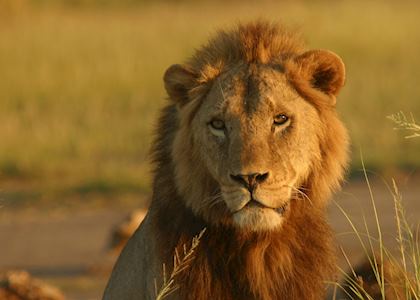
Visiting Kenya in January
The height of summer is an excellent time to spot wildlife, both on the ground and in the air. Temperatures are hot but there will be the odd shower to cool things down, while the landscape is lush with long grass from the 'short rains' that fall in November and December. Down on the coast, the days are hot and sunny and the sea is at its clearest.

Visiting Kenya in February
Another great month for spotting wildlife, both on the ground and in the air. Temperatures remain high and the odd shower may fall, while there should still be long grass covering the landscape from the 'short rains' that fall in November and December.
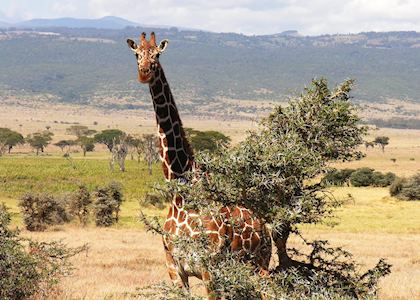
Visiting Kenya in March
The weather gets wetter as Kenya approaches the 'long rains', but game viewing is still good.
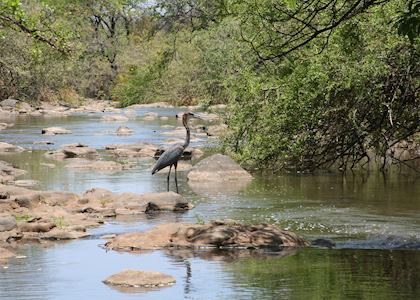
Visiting Kenya in April
The 'long rains' of April and May can turn the tracks through the parks into quagmires and make the beaches along the Indian Ocean coastline hot and very wet, so this isn't the best time to travel.

Visiting Kenya in May
The 'long rains' of April and May can turn the tracks through the parks into quagmires and the beaches along the Indian Ocean coastline hot and very wet, so this isn't the best time to travel.

Visiting Kenya in June
The rains have finished for the most part, although some light showers are still possible, and the nights can be cool at altitude. The long dry season is on the horizon, and while grasses are high, making game harder to spot at times, it is a beautiful time to visit. People start anticipating the arrival of the Great Migration into the Masai Mara .
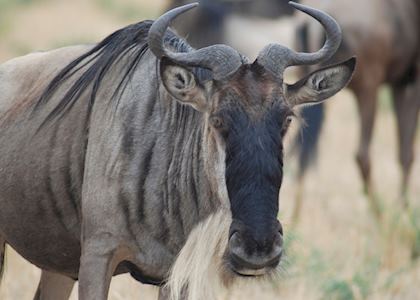
Visiting Kenya in July
The weather is temperate and dry but not too dusty, with occasional showers still possible, making this a good time to visit overall. The first herds arrive into the Masai Mara from Tanzania and peak travel and game viewing season is just around the corner.
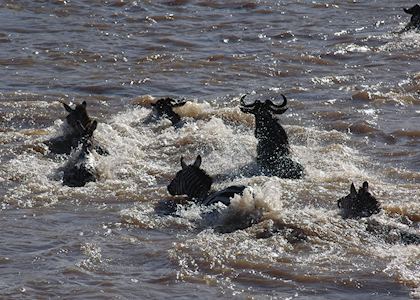
Visiting Kenya in August
The temperatures are pleasant and it's mostly dry, making it one of the peak times to visit. Fantastic game viewing can be enjoyed now, with the Great Migration at its height in the Masai Mara providing lots of action at the river crossings as countless wildebeest and zebra gather and cross the Mara and Talek Rivers.

Visiting Kenya in September
The weather is generally dry. The game viewing action continues in the Mara, and it is still excellent throughout Kenya for wildlife.
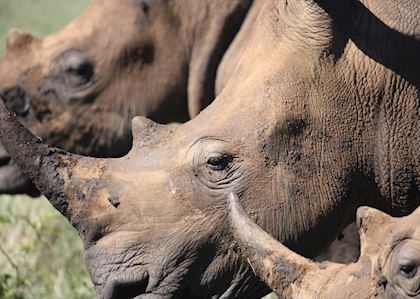
Visiting Kenya in October
As the mercury slowly starts to rise, a few showers are possible. However, it's a lovely time to travel if you want to avoid the crowds but still have excellent game viewing opportunities. The migratory herds are leaving the Mara now, but excellent resident populations remain. All other Kenya destinations are great at this time of year.

Visiting Kenya in November
The short rains are starting and the temperature is hotter, but the Mara, along with most other destinations, remains open. However, on the Laikipia Plateau many camps are closed. There is still good game viewing under the heavier skies and activities continue. Crowds dissipate and you can often make the most of some good deals.
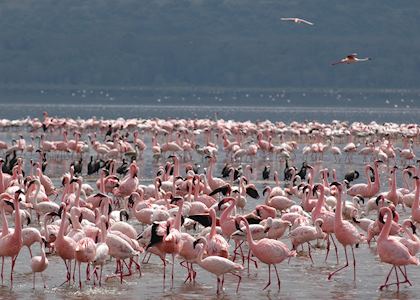
Visiting Kenya in December
The end of the year can be hot and potentially wet — it's the middle of the short rains, with some camps closed (particularly in the north) and some open. Where camps are open, wildlife viewing remains very good, with high bird numbers present.
Kenya Climate Guide
More choice for your safari.
- Inspiration across all our African destinations
- Trip suggestions based on your interests
- Advice on where to safari, when
- Meet our team of safari experts

Travel advice
Practical tips for traveling to Kenya, from social protocols to guidance on money matters, with a link to the latest US State Department travel advice.

Request our brochure
Covering all seven continents, The World Your Way shows you how you can see the world with us. It features trip ideas from our specialists alongside hand-picked stays and experiences, and introduces our approach to creating meaningful travel experiences.
Trip ideas and travel guides for exploring Kenya

Mara & Mahé explorer
13 days from $8,375pp
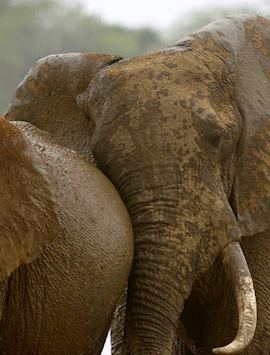
Ultimate Kenya safari: Amboseli, Meru & Masai Mara
13 days from $22,830pp
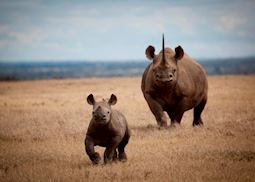
The Big Five in Kenya
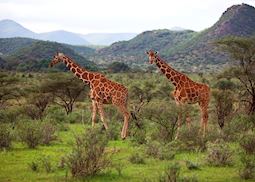
Visiting Kenya in green season
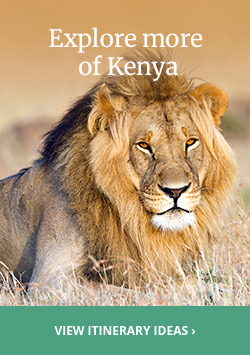
THREE WAYS TO PLAN AND BOOK YOUR SAFARI WITH AFRICANMECCA
TRAVEL & OPERATIONS OFFICES
- United States
- United Kingdom
BEST TIME TO GO TO KENYA
When is the best time to tour kenya scroll down for details...
- Travel Guide
- Best Time To Go
Learn More On AfricanMecca Safari Tier Ratings & Experiences
- OVERVIEW - BEST TIME
- REGIONAL BEST TIME
- SAFARI & BEACH PRICES
- EXPERT RATING
- WRITE A REVIEW
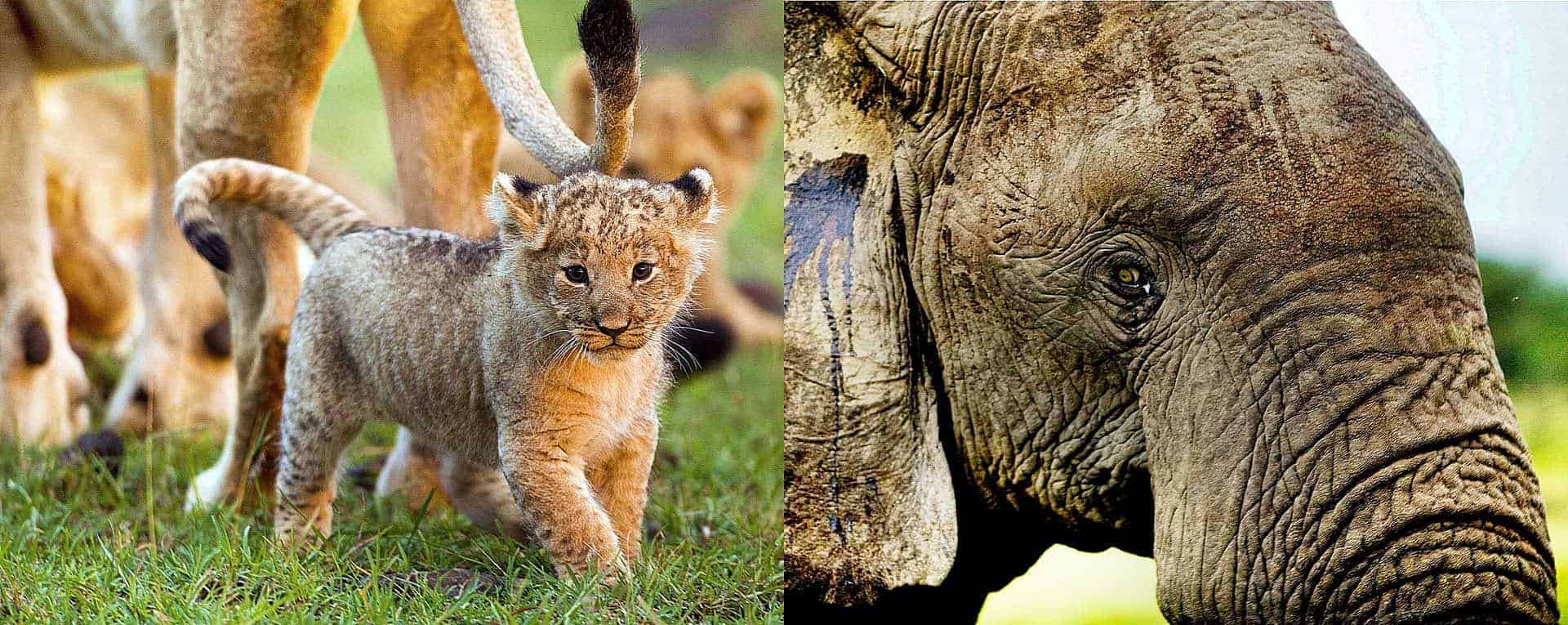
Select Your Southern Destination In Kenya
1. masai mara national reserve - best time to go, 2. amboseli national park - best time to go, 3. chyulu hills national park - best time to go, 4. tsavo east national park - best time to go, 5. tsavo west national park - best time to go, select your central destination in kenya, 1. mount kenya national park - best time to go, 2. nairobi national park - best time to go, 3. lake nakuru national park - best time to go, 4. lake elementaita - best time to go, 5. lake naivasha - best time to go, 6. nairobi city - best time to go, select your northern destination in kenya, 1. laikipia - best time to go, 2. samburu national reserve - best time to go, 3. northern frontier - best time to go, select your eastern destination in kenya, 1. meru national park - best time to go, 2. mombasa - best time to go, 3. watamu - best time to go, 4. lamu - best time to go, select your western destination in kenya, 1. lake victoria - best time to go.
Kenya Rating By AfricanMecca 4.6 Star Wildlife Exclusivity Activities Accommodations Authenticity Users ( 0 votes) 0 {{$data | json}} -->
- Exclusivity
- Accommodations
- Authenticity
CONTACT AND TALK TO OUR SAFARI EXPERTS TODAY TO KICK-START YOUR TOUR PLANNING PROCESS
Request Kenya Custom Or Tailor-Made Safari Pricing Based On Your Specific Travel Dates At Your Preferred Safari Tier Camp Or Lodge
Read More +
Safari prices for kenya.
Review individual itineraries and prices of our suggested Kenya safaris with the option of customizing your Africa tour based on your needs and preferences.
AFRICA TRIP IDEAS FOR KENYA
Review experiences available in Kenya from photo wildlife safari, horse and camel riding, walking, family to honeymoon beach vacation, dive, snorkel & fish etc.
PARKS & RESERVES IN KENYA
Review information on wildlife parks and reserves in Kenya i.e. Masai Mara, Amboseli, Samburu, Laikipia, Lewa, Tsavo, Chyulu, Nakuru, Meru and more.

ACCOMMODATIONS IN KENYA
Review information on safari lodges, camps, city hotels, coastal resorts in Kenya's pristine wilderness, cities, Swahili beach shores and idyllic islands.
BEST TIME TO VISIT KENYA
Review details on the best time to go to Kenya to visit its various wildlife outback, forests, rivers, islands, lakes, beaches, mountains and other wildernesses.
BEACHES & ISLANDS OF KENYA
Review Kenya's stunning Indian Ocean coast where the deep cobalt blue and turquoise waters gently wash up white sand beaches that create a tranquil setting.
KENYA COUNTRY PROFILE
Review country information and travel tips on Kenya i.e. geography, culture, history, climate, tipping guide, what to pack and wear, entry requirements and more.
CITY DAY TOURS FOR KENYA
Review city tour suggestions on full or half day options in Nairobi, Mombasa, Watamu, Lamu. Experiences can be customized around your vacation travels.
AFRICAN SAFARI PRICES
Check out safari prices and itineraries for parks and reserves in other African countries e.g. Tanzania, Uganda, Rwanda, Botswana, South Africa, Zambia etc. Namibia, Mozambique, Malawi and Zimbabwe are available on request.
AFRICANMECCA REVIEWS
On behalf of myself, my wife and my two adult daughters, I want to sincerely thank you and AfricanMecca Safaris for our fabulous recent safari to Amboseli National Park and Masai Mara National Reserve in Kenya.
Robert Schenkein - prVision Photography Studio - Colorado, United States
Dear Raza, The accommodations you recommended were superb. We loved them all -- Giraffe Manor, Wilderness Trails, Governor's Il Moran, Ngorongoro Crater Lodge and Mnemba Island Lodge.
Pat Bernard, Vice President, Global Channel Sales, Novell Corp - New Hampshire United States
Jambo Altaf and Raza! We are back on earth now after our fabulous honeymoon. This is to say THANK YOU so much for organising a week in Kenya that we will never forget.....!
Dr Krina Zondervan, Oxford University - United Kingdom
Jambo Raza!!! The safari trip was spectacular! Everything went off without a hitch. We loved the Masai Mara. The migration was awesome. You listened to what I wanted and delivered it perfectly.
Judi & Chaim Platt - Toronto, Canada
I cannot say enough about the quality of AfricanMecca. Their teams in Kenya and Tanzania were top notch. Raza, again thanks to you and your entire organization! We will be repeat customers.
Dan Kobick - Managing Director, PricewaterhouseCoopers - New York, United States
Jambo Raza, The Lake Nakuru outing was great! We saw lots of pelicans, some flamingos, both black and white rhino... We've already recommended a Kenya safari to friends and relatives. Thanks again
Scott Aaronson - Associate Professor, M.I.T - Boston, United States
This is to let you know my guests, The Bryant's, had a wonderful time on the trip Samburu, Masai Mara/Kenya, Chobe/Botswana & Victoria Falls/Zambia. Everything was perfect! Thank you..
Christine Milan - MT Carmel Travel - Connecticut, United States
East africa safari booking & tour holiday idea kenya, best safari planning ideas & trip experiences for kenya, 1. how to plan kenya safari trips (summary), 2. wildlife safari trip planning guide for kenya, 3. private & tailor-made safaris trip planning guide for kenya, 4. honeymoon safaris trip planning guide for kenya, 5. family safaris trip planning guide for kenya, 6. luxury safaris trip planning guide for kenya, 7. photo safaris trip planning guide for kenya, 8. cultural safaris trip planning guide for kenya, 9. primate safaris trip planning guide for kenya, 10. hike, trek & bush walk safaris trip planning guide for kenya, 11. birding safaris trip planning guide for kenya, 12. horseback riding safaris trip planning guide for kenya, 13. balloon safaris trip planning guide for kenya, 14. wedding safaris trip planning guide for kenya, 15. bush & beach safaris trip planning guide for kenya.
Kickstart Your Safari Planning
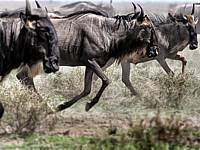
SAFARI PRICES
Find Kenya Safaris & Costs By Safari Tier Experiences
Safari Room Rate & Hotel Price Guide For Kenya
Kenya Reviews For Camps, Lodges, Beach & City Hotels
Park, Cities, Beach & Island Map Locations In Kenya
PHOTO GALLERY
Images & Pictures For Travel Destinations In Kenya
VIDEO GALLERY
Kenya Accommodation & Tour Destination Videos
ARE YOU PLANNING TO BOOK AN AFRICAN SAFARI TO KENYA?
Do You Need Knowledgeable, Experienced & Specialist Guidance For Your Travels In Kenya? Let Us Help Plan Your Trip Itinerary Correctly
EXPLORE MORE ON NATIONAL PARKS, CAMPS, LODGES, BEACHES & RESORTS IN KENYA
Safari tier ratings.
Understand Beach Tier Ratings & Experiences
KENYA PARKS & RESERVES
Kenya Beach & Island Planning Guide
KENYA LODGES & CAMPS
Beachfront Hotels & Resorts In Kenya
Top 10 Trip Reasons For Kenya Vacations & Holidays
HAVE YOU VISITED EASTERN AFRICA FOR A SAFARI IN KENYA?
Write A Travel Or Tourist Trip Review To Share Your Experiences
KENYA TRIP IDEAS
Safari Trip Ideas For Kenya
AFRICA SAFARI PRICES
Check Our Africa Travel Guide
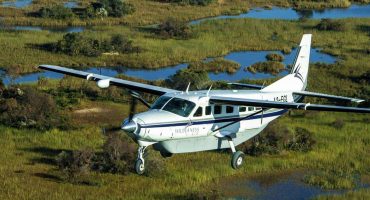
Baggage Guidance & Restrictions On Flying Safaris In Africa
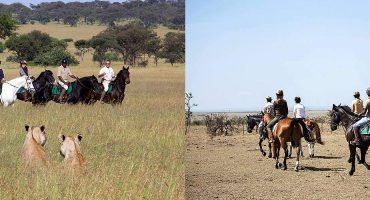
Masai Mara Horseback Riding Safari In Kenya With AfricanMecca

Times Square New York Hosts Kenya Tourism Board & Wilderness Safaris Meet Up
- Company Profile
- Why Travel With Us
- Our Safari & Tour Team
- Tier Ratings
- Awards & Press
- Customer Reviews
- SEARCH For Africa - Sustain & Conserve
- Travel Agent Support
- Jobs & Careers At AMS
- Newsletter Signup
- Contact Details
- Tanzania Travel Guide
- Kenya Travel Guide
- Uganda Travel Guide
- Rwanda Travel Guide
- Botswana Travel Guide
- South Africa Travel Guide
- Zambia Travel Guide
- Zanzibar Travel Guide
- Safari Trip Ideas
- Beach Trip Ideas
- Mountain Climb Trip Ideas
- Itinerary Trip Ideas
- Explore Park & Reserves
- Accommodations In Africa
- Read Trip Reviews
- View Photo Gallery
- View Video Gallery
- Read Our Blog
- Safari Prices & Itineraries
- Beach Prices & Itineraries
- Trek Prices & Itineraries
- City & Day Tours Prices
- Room Rate Guide
HOW TO CONTACT US

The Best Time To Visit Kenya For Safari - Low, High, Peak, & Festive Seasons

What is the best time to visit Kenya? The best time for safari in Kenya is during the great migration season that occurs between July and October. The great migration involves the movement of over 1.2 million wildebeest from Serengeti National Park to Kenya’s Masai Mara National Park.
The arrival of the migratory herds corresponds with the best weather along the Kenya coastal strip. Starting July to Early December, it is possible to have a spectacular Kenya safari and beach holiday Combo.
Other than that, Kenya is an year round safari destination with good game viewing all year long. Note that June to October is the high tourism season in Kenya. Visting Kenya at this time requires advance planning – minimum 3 months advance booking.
Contact Us to Start Planning Your Kenya Safari
You can Contact Us via phone or WhatsApp at +254-704-532-105 to find out more about visiting Kenya or to start planning your Kenya safari holiday.
You can also reach us via email at [email protected] , [email protected] or even fill out our “ Book a Safari Form .”
We are the local experts of Kenya travel, and we promise to plan the perfect itinerary for you.
Our Frequently Booked Kenya Safari All-Year-Round with Pricing
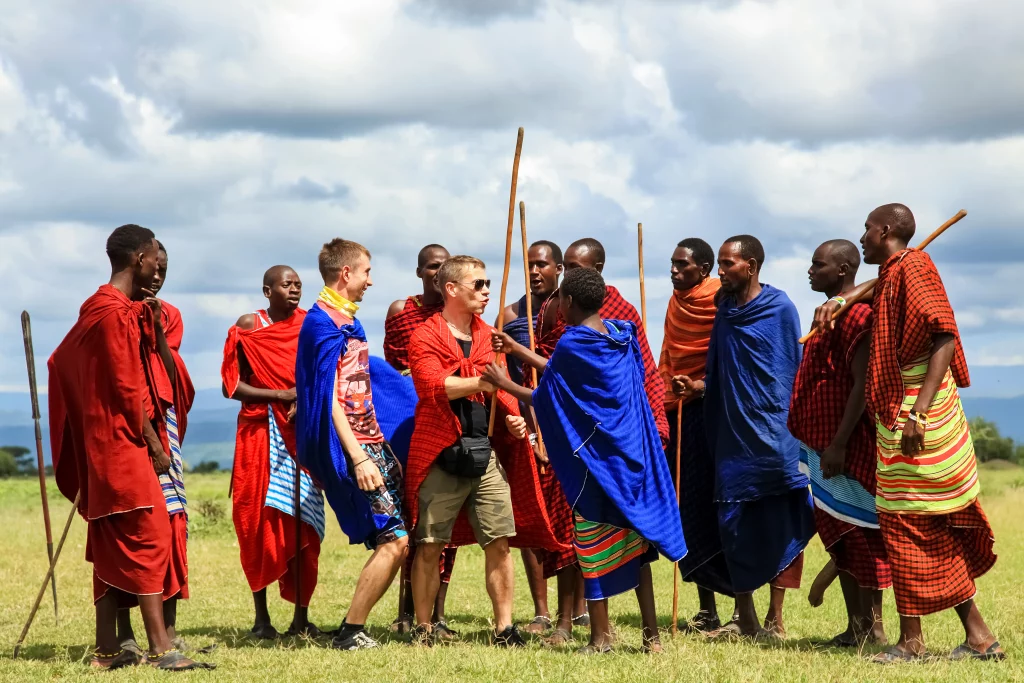
The Classic, 3-Day, 2-Night Masai Mara Safari
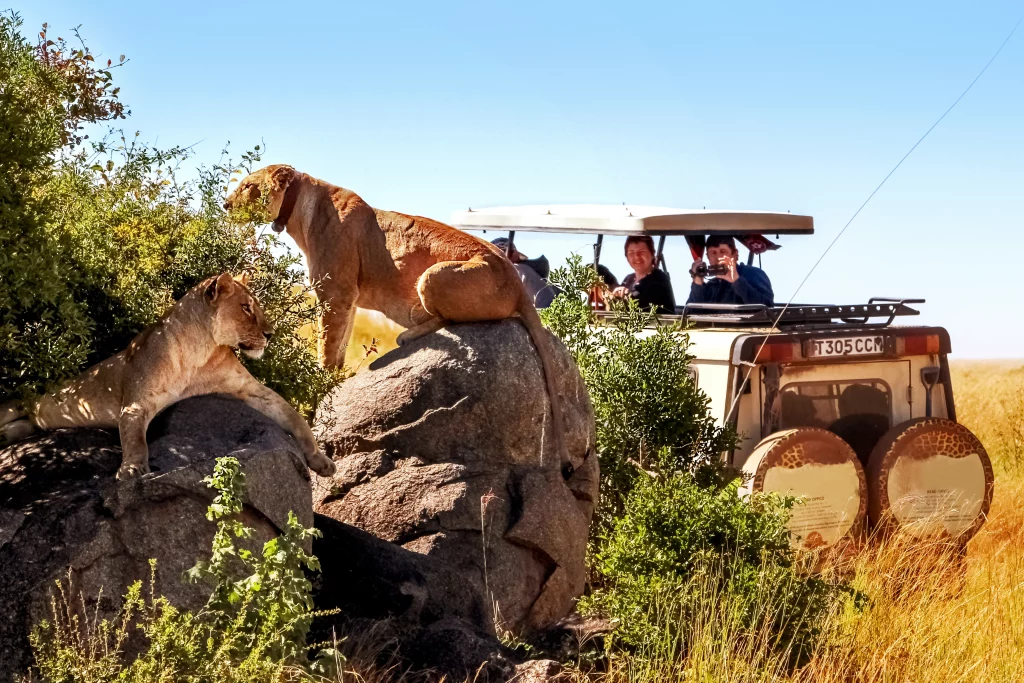
The Best, 4-Day, 3-Night Masai Mara Safari
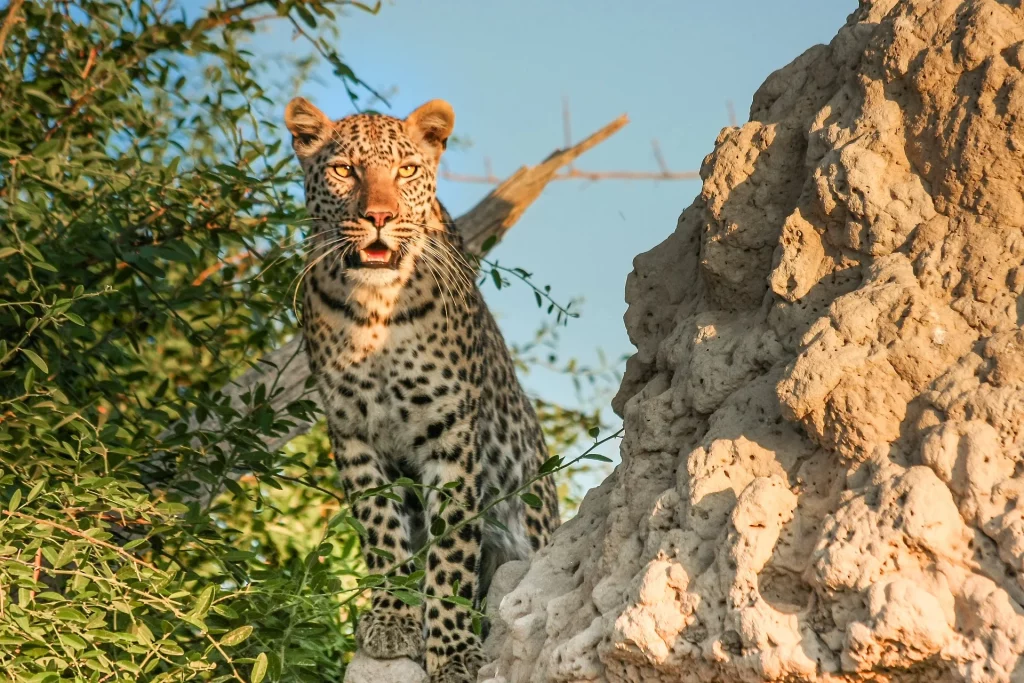
The Budget, 3-Day, 2-Night Jambo Masai Mara Safari
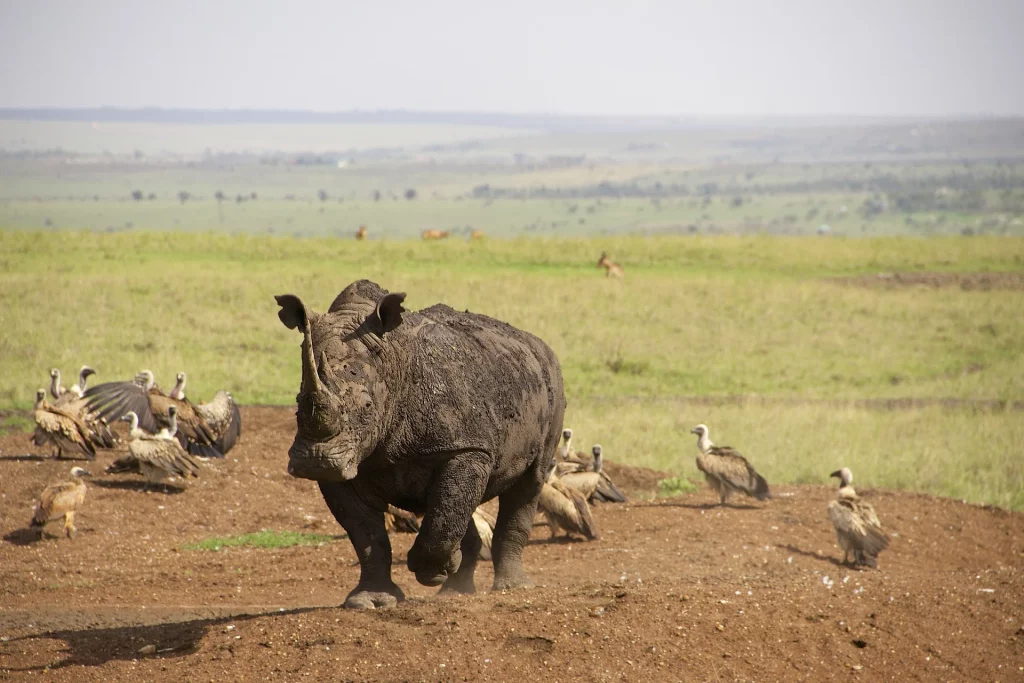
The Luxury, 4-Day, 3-Night Basecamp Masai Mara Safari
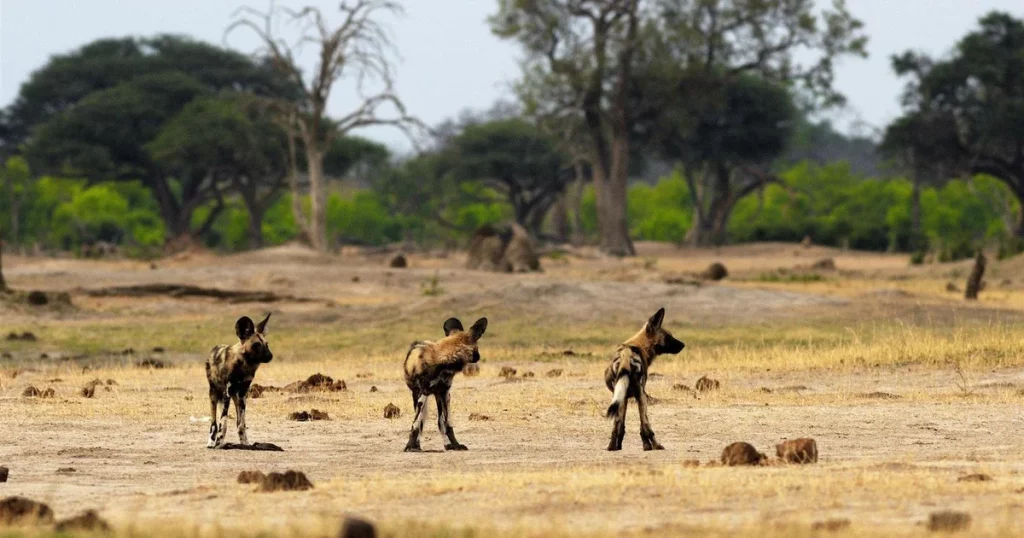
The Perfect, 4-Day, 3-Night Keekorok Lodge Safari
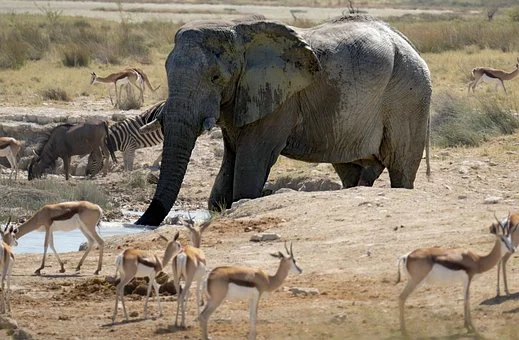
The Adventures, 4-Day, 3-Night Masai Mara Luxury Family Safari
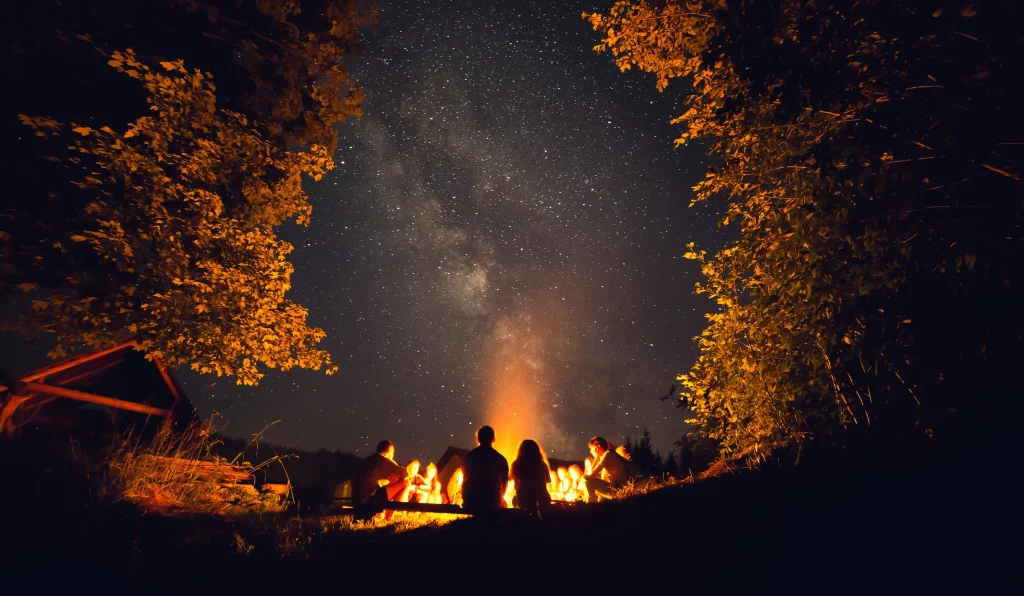
The Magnificent 8-Day, 7-Night Family Safari to Kenya
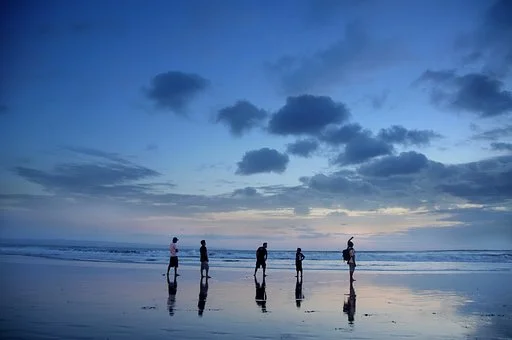
The Classic, 10-Day, 9-Night Family Safari in Kenya
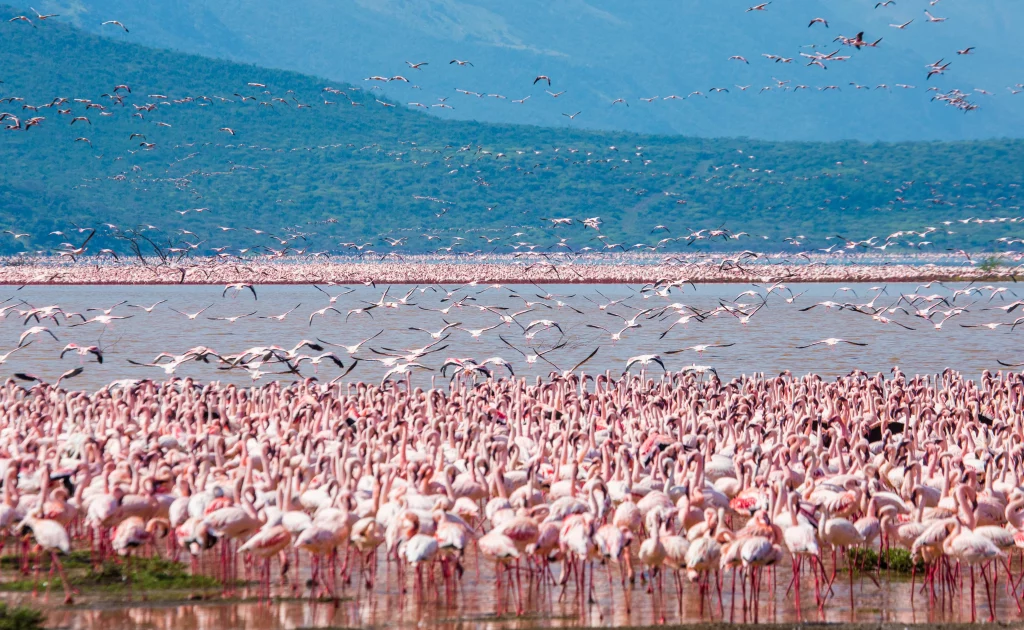
The Magical, 4-Day, 3-Night L. Nakuru & Masai Mara Safari
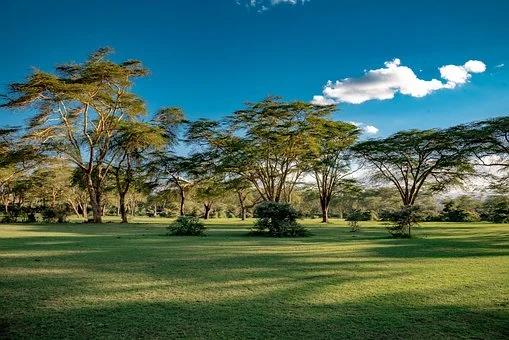
The Luxury, 5-Day, 4-Night L. Naivasha, L. Nakuru, & Masai Mara Safari
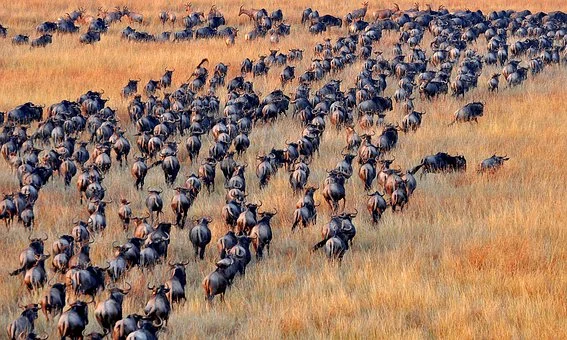
The Super, 5-Day, 4-Night Nairobi & Masai Mara Safari

The Magical, 6-Day, 5-Night Amboseli, L. Naivasha, & Masai Mara Safari
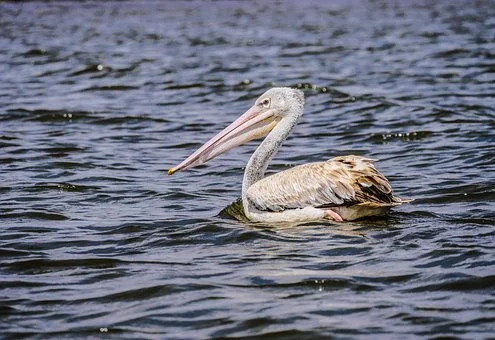
The Adventures. 7-Day, 6-Night Kenya Wildlife Adventure
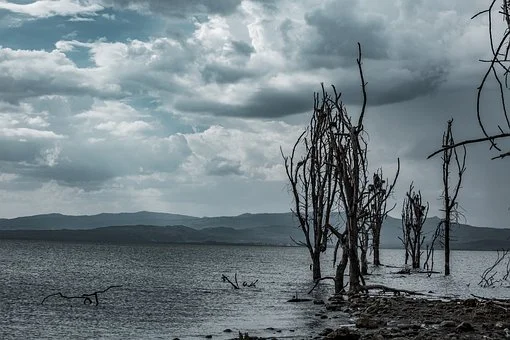
The Magnificent, 7-Day, 6-Day Kenya Wildlife Safari
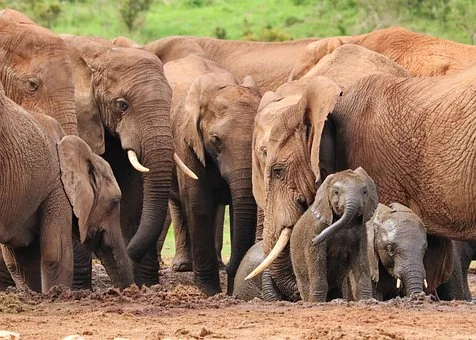
The Top, 8-Day, 7-Night Kenya Wildlife Safari
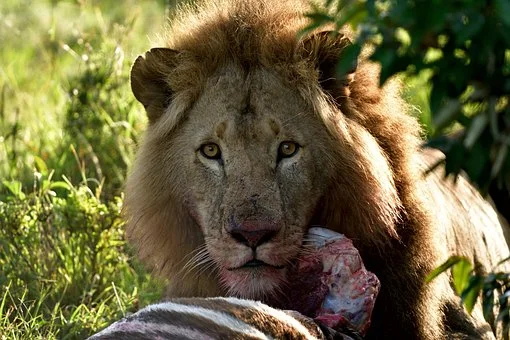
The Memorable, 5-Day, 4-Night Masai Mara Honeymoon Experience
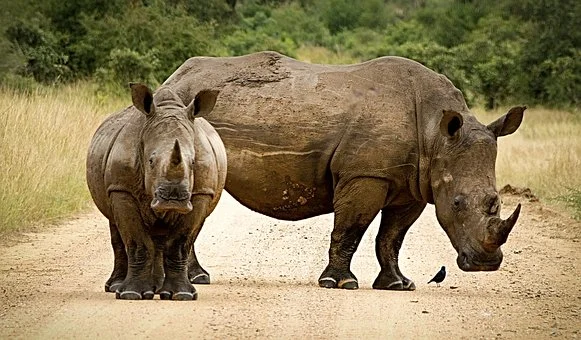
The Magical, 7-Day, 6-Night Honeymoon Safari to Kenya
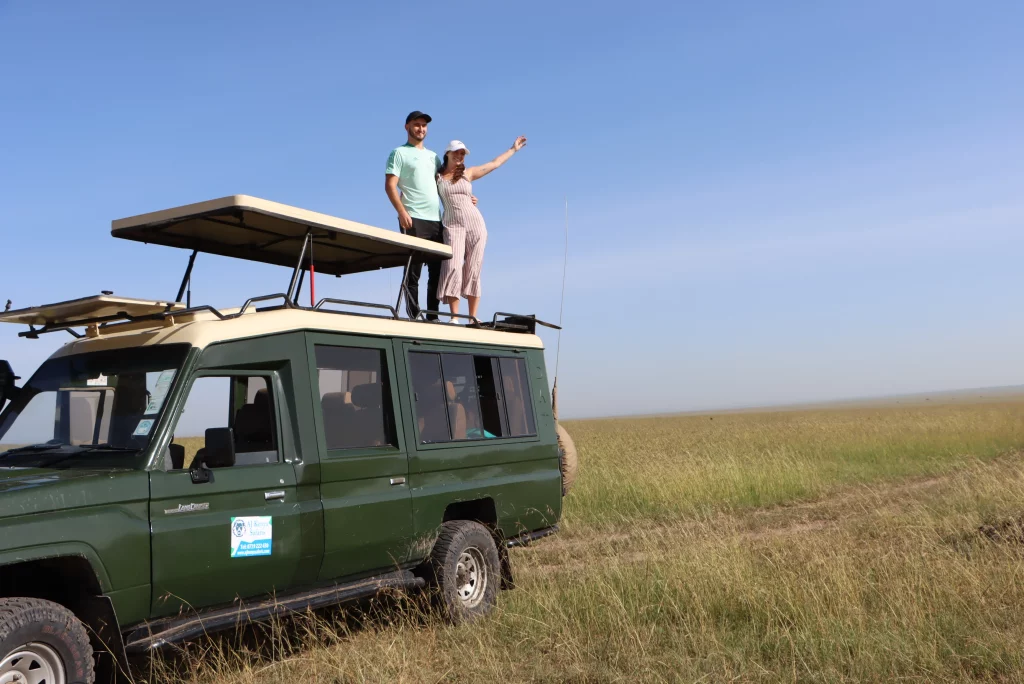
The Luxury, 8-Day, 7-Night Honeymoon Experience in Kenya
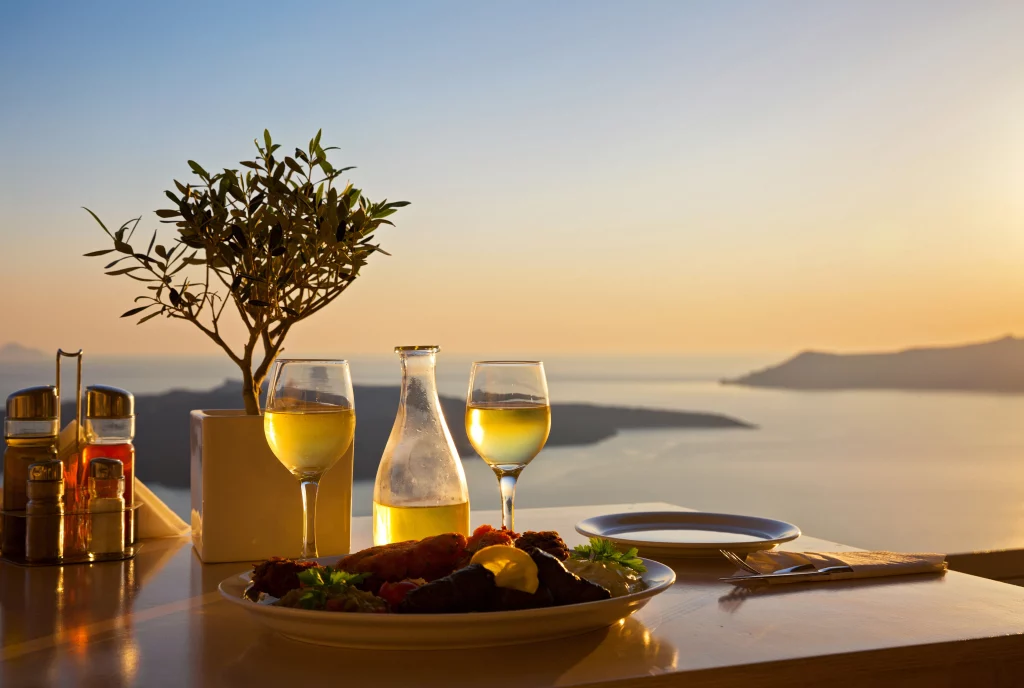
The Romantic, 14-Day, 13-Night Kenya Honeymoon Safari
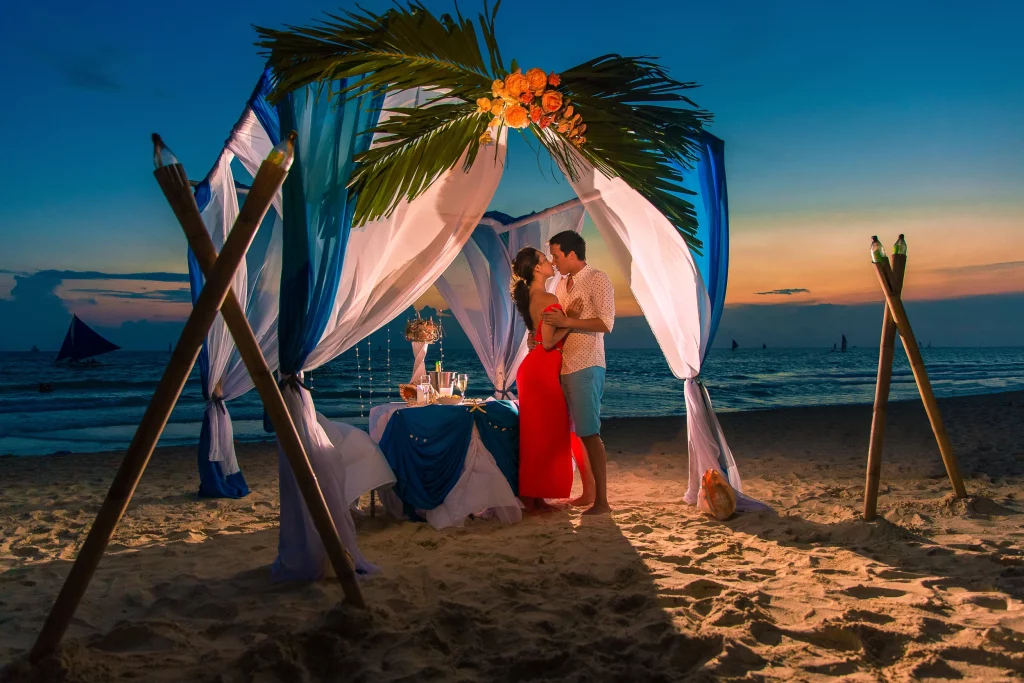
The Lovely, 14-Day, 13-Night Honeymoon Experience in Kenya
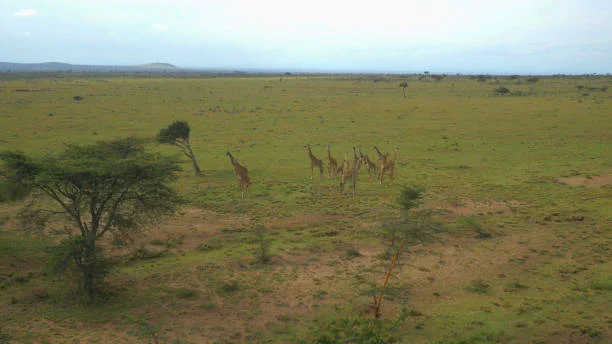
The Magical, 8-Day, 7-Night Helicopter and Wildlife Tour in Kenya
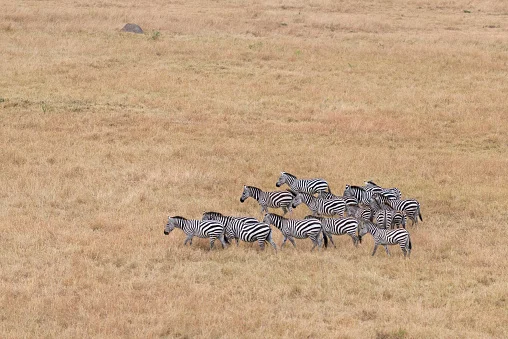
The Classic, 9-Day, 8-Night Helicopter & Wildlife Tour in Kenya
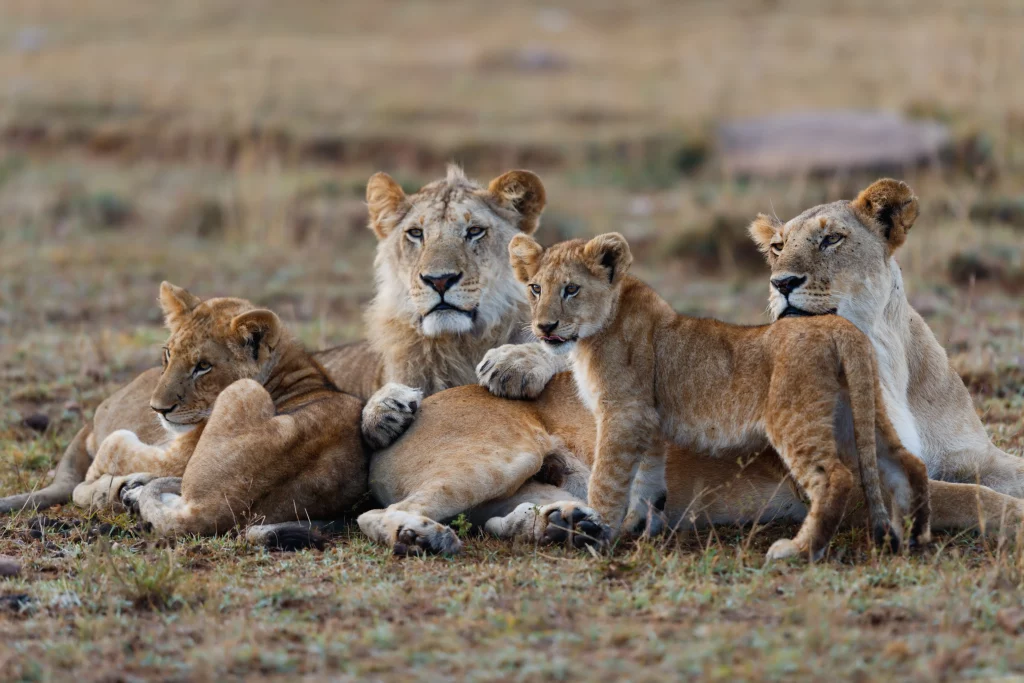
The Classic,3-Day, 2-Night Aberdare National Park Safari
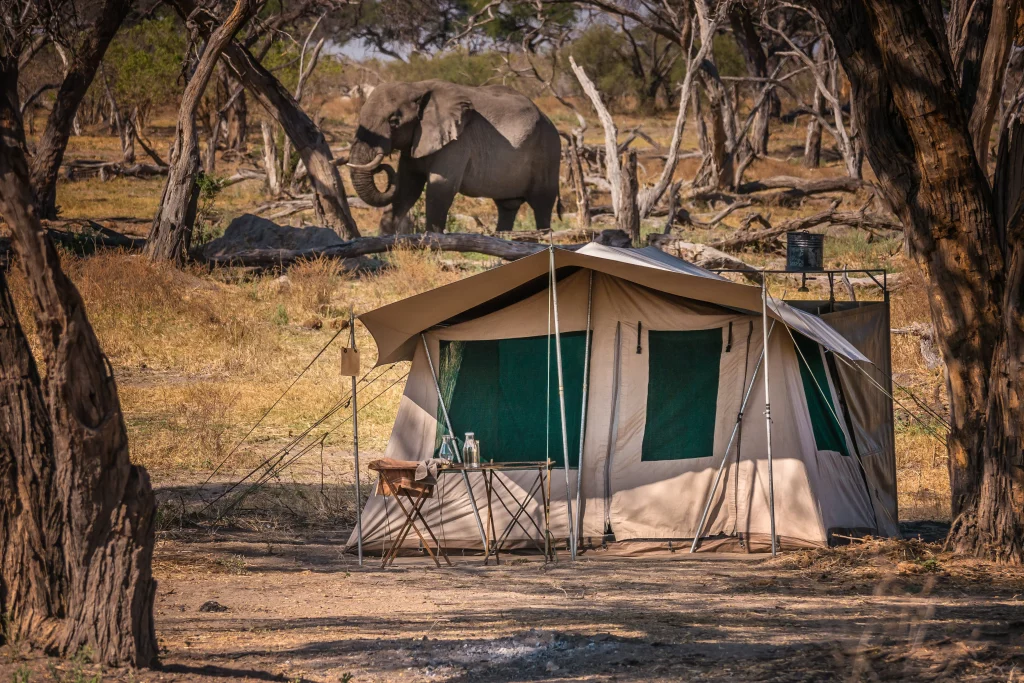
The Magical, 3-Day, 2-Night Amboseli National Park Safari
The best, 3-day, 2-night meru national park safari.
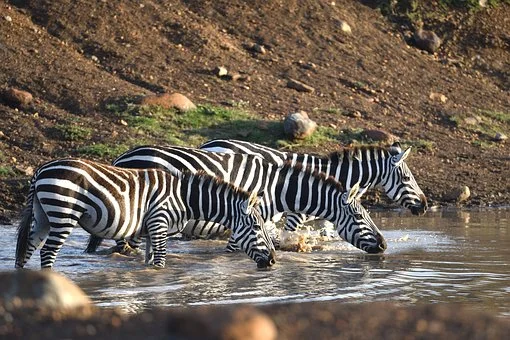
The Best-Selling, 3-Day, 2-Night Ol Pejeta Conservancy Safari
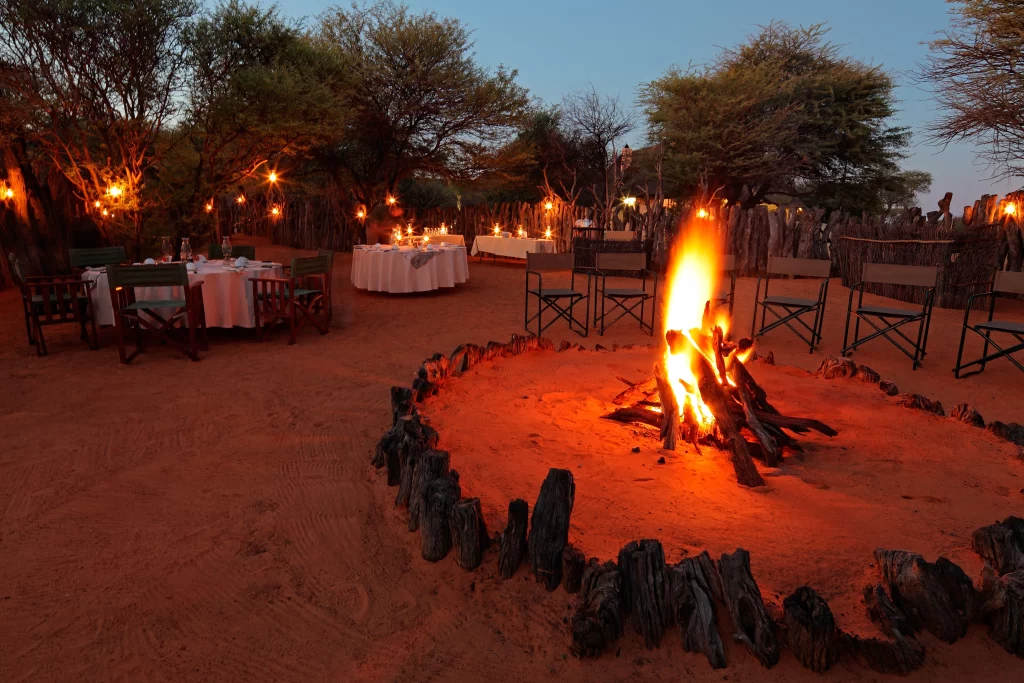
The Ultimate, 3-Day, 2-Night Samburu National Reserve Tour
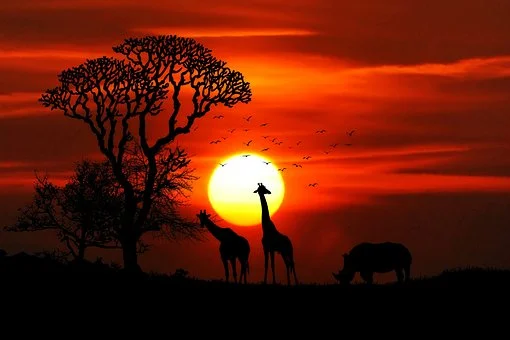
The Classic, 3-Day, 2-Night Tsavo East and West Safari
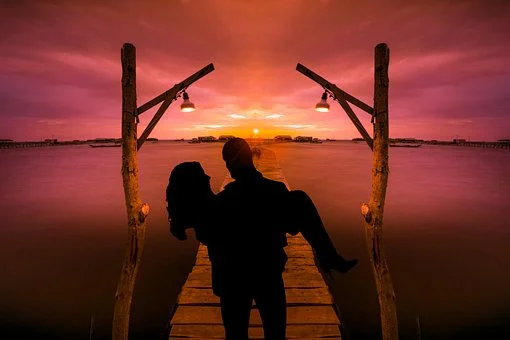
The Best, 12-Day, 11-Night Kenya Wildlife & Beach Safari
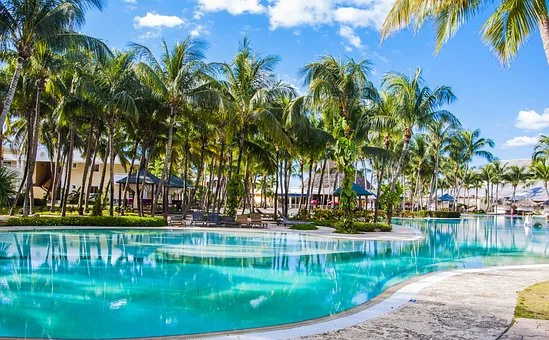
The Magical, 13-Day, 12-Night Kenya Wildlife & Beach Safari
The long rain season normally occur between April and early July. In most cases, it rains at night with short showers in the morning. Most of the day present clear skies and sunshine making it possible to still enjoy game drives . Those visiting Kenya at this time enjoy highly discounted prices.
The short rainy season is normally witnessed between October and December. The short rains extend across all of East Africa, mostly at night and late afternoons. Guests visiting Kenya at this time still get clear skies most of the day and excellent game viewing.

The rest of the months are dry and sunny. The dry months are ideal for game viewing, climb Mount Kenya or to go for a Masai Mara Safari. Visiting Kenya during the dry season allow full day game drive with no interruptions from rains.
Overall, the Kenyan climate is favorable enough to accommodate year round safari and beach holiday enthusiasts. The moderate to equatorial temperatures allow you to enjoy daytime activities and still participate in evening merry making. But the question remains: what is the best time to visit Kenya?
The best way to answer this is with another question: what do you want to do or experience in Kenya? Ideally, the best time to go to Kenya depends on whether you’re interested in going on a safari, climbing the mountains, or experiencing Kenya beaches . In the next phase, we will give a month-by-month guide on what you can expect if you travel to Kenya on different months.
Best Time of the Year to Visit Kenya - Month-by-Month Guide of Visiting Kenya
This page contains a month-to-month guide, handy hints, and expert recommendations on the best time to travel to Kenya .
Best Time to Visit Kenya: January - Festive to High Season
January often falls in the dry season on the broader sense of the term, lying just outside the two notables short rain and long rains seasons.
This can be considered the best time to go on a safari in Kenya since there is less rain and the landscapes are stunning. You can expect hot temperatures in Nairobi and central highlands, although you may also experience moderate showers from time to time.
The coastal region is scorching by the day and rather hot at night. There’s almost no rain at all in January at the coast.
Parks and reserves may be relatively quiet during this month, bar the New Year’s. In January, animals gather around the watering holes giving visitors front row seat of Kenya wildlife. Visitor numbers are normally in January seeing it comes right after the Christmas travel season. You should expect availability and reasonable prices at camps and lodges throughout the country.
If you want to visit Masai Mara , expect Mara Rivers and plains to be full of wildlife – from big cats to crocodiles. This month also offers you a chance of warm evenings characterized by breathtaking sundowners. If your goal is to visit Masai Mara National Reserve for photography or big 5 safaris , visiting Kenya on January is a perfect plan.
However, it would help if you also remembered that evening could get a bit cold at Masai Mara, Lewa , and Laikipia; make sure to pack layers when on safari.
January may be the best time for visiting Kenya, especially the coastal region. The weather in Mombasa and the surrounding towns offer the best time for diving and snorkeling.
Best Time for Safari in Kenya: February - Peak Season
February is one of the driest months in Kenya, averaging about three days of rain throughout the month. The absence of wet soil and mud makes the savannahs easy to access, making it the best time of year to go on safari in Kenya .
Destinations such as Masai Mara and Samburu National Reserve teem with giraffes, zebras, big cats, migratory bird species, and elephants at this time. Cities like Nairobi and Mombasa are warm and pleasant.
Tourists visiting Kenya at this time enjoy best wildlife viewing, warm weather in the coastal regions, and pay lower prices than those travelling to Kenya during the high season (June to October). The only difference between February and the dry seasons between July and october is that you don’t get to see the migratory herds.
Tourists visiting Kenya on February can expect the park to be full of predatory action, with numerous young herbivores present following last year Great Wildebeest Migration in the Masai Mara . Laikipia will also be a perfect destination for safari enthusiasts, where Elephants roam all over.
Those looking for the Kenyan coast tour will relish the clarity of the waters, providing the perfect opportunities for scuba diving, snorkeling, fishing, and other aqua activities. Sandy beaches such as Diani Beach will provide low chances of rain; hence great opportunities for relaxing and unwinding on the coast.
February is also a fantastic time to summit Mount Kenya, visit Amboseli National Park , or hike in Hell’s Gate National Park . Other great National Parks to visit on February include Tsavo National Park and Meru National Park.
Although February is more famous for tourists than January, the camp’s value remains as high as January’s. This is also the best time for anyone looking to enjoy Heli Safari in Kenya since the weather is clear. On January and February, game viewing action continues uninterrupted from Morning to evening. Consider travelling to Kenya at this time if you want a good game viewing experience with less crowd. The dry season provides a lovely time to beach goers as well.
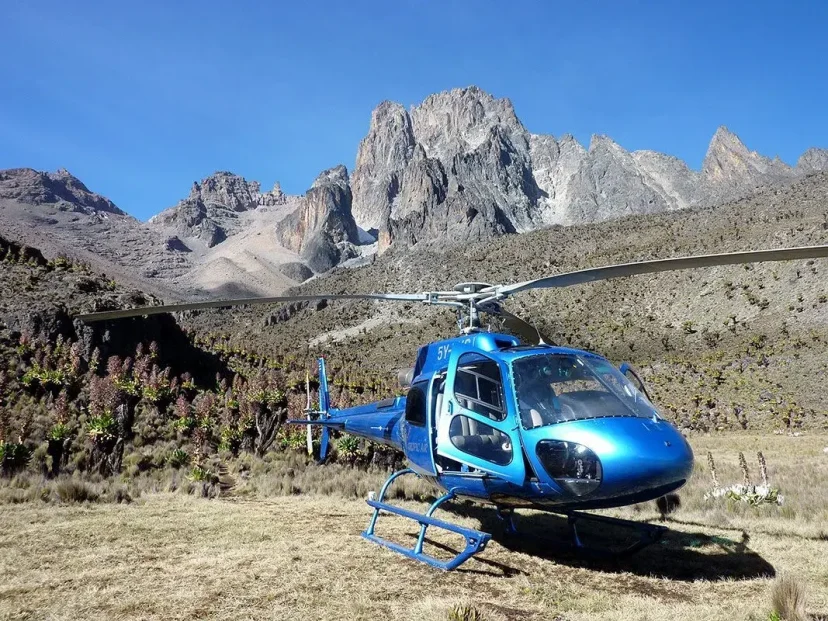
Best Time to Go to Kenya: March - End of Dry seasons
March in Kenya marks the end of the long dry season and the start of the long rainy season in Kenya as well as the neighboring East Africa countries. In Kenya, March starts pretty humidly, with high temperatures and good visibility of wildlife in all parks.
However, everything starts to change when the green season rains begin to sweep in.
The great migration remains absent for this month, but the wildlife viewing experience remains top-notch across numerous parks in the country, especially in the early days of the month.
Animals in many parks will spread as the rain starts in the latter stages of the month, and vegetation will become lusher. Game viewing action continues well in the early part of March all the way to the last week of March. By then, the grass will have grown tall.
Photography enthusiasts may want to pay particular attention to the rains, as bushes become greener and flower more effervescent. Clear waters on the Kenyan coast will continue to provide perfect conditions for water activities such as diving and snorkeling before the rains start in the last week of March.
After that, heavy rains and high temperatures may make the coastline and beaches less ideal.
Cultural enthusiasts and artists looking for the best time of year to visit Kenya should also consider March. The East African Art Festival usually takes place in Nairobi every March, providing an excellent schedule of literature, fashion, music, art, and theatre activities to enjoy.
The possibility of heavy rains at the end of the month makes March the end of the high season. This means lodges and camps across all national parks will offer better pricing in April, and availability may be higher than preceding months.
It is also worth noting that some safari lodges and camps close for the upcoming heavy rains. Only opening again in July in anticipation of the world’s greatest wildlife spectacle; the great wildebeest migration.
Best Time to Go on Safari in Kenya - April - Low/ Green Season
April is the wettest month in Kenya, with long rains at the peak. Expect a lot of rain with fewer sunshine hours if you want to visit Kenya this month.
Clouds often remain in the sky, even if it is sometimes dry during the day. With long rains comes increasingly verdant vegetation, which means more places for animals to seek shelter.
This, along with muddy roads, makes it very challenging to conduct game drives in some parks in Kenya, such as Aberdare and Mt. Kenya. Elephants are less likely to frequent the waterhole during the rainy season since the rain keeps them cool and there is water everywhere.
The best way to experience wildlife in April is by visiting animal conservancies such as the Ol Pejeta Conservancy . Here you will spot endangered species such as rhinos, chimpanzees, and hippos.
The Giraffe Centre is ideal for tourists looking to see endangered giraffe species up close. This time Mombasa and the entire Kenyan coastline are very hot by the day and receive little rain.
During this month, rainfall in the region tends to arrive in showers and often comes in the afternoon or overnight.
The overall weather condition on the coast isn’t ideal for beach-going or water-based sports.
Mosquitos are ubiquitous, especially in national parks and coast, making mosquito repellents mandatory items during your April visit to Kenya.
The great thing about rains and the green season is that it keeps visitors away. This means you can secure the most attractive rates of the year in April.
Most hotel accommodations and lodges will offer special low-season rates, and the airlines will also lower their prices considerably. Consider travelling to Kenya in April if budget is a huge limitation for you.
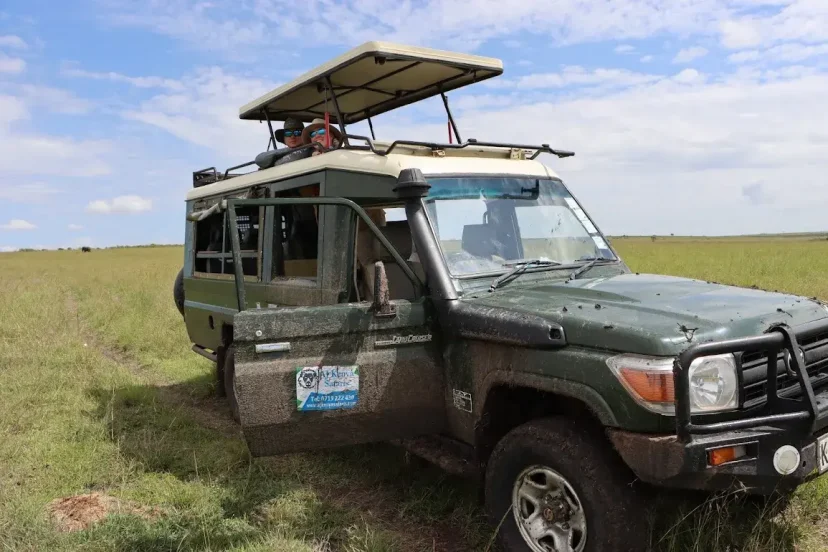
Best Time to Travel to Kenya - May - Low Season
May is also one of the wettest months in Kenya. You should expect a lot of rain throughout the month, along with relatively high temperatures and cooler evenings in most parts of the country.
Muddy tracks, dispersed wildlife, and thick vegetation will challenge game drives and wildlife sightings. However, this may appeal to safari-goers in the hunt for a challenge.
Those interested in wildlife exhibitions may still enjoy visiting conservancies dispersed across the country. On the Kenyan coast, water clarity will continue to decrease compared to earlier months in the year.
This will be bad news if you seek scuba diving, snorkelling, and other water activities in the coastal region. We suggest seeking accommodation in lodges and hotels with swimming pools, for maximum relaxation and unwinding by the pool.
You should expect accommodation prices to be at their lowest as May is still in the low season. However, some lodges and safari camps may remain closed during the wet season. Remember, waterproofs and mosquito repellents are essential for all activities during this time.
Best Time for great wildebeest migration - June - Low to Peak Season
June ushers the beginning of drier weather in Kenya after the long rains of April and May and the busy high season.
The early days of the month continue to be wet, but as you move towards the middle and the end, the month starts to get drier and sunnier. The western interior and the Rift Valley are sweltering by day, fantastic evening and night, and occasional rainfall.
Some of the rains are brought by the Kusi (Swahili for southern wind) Moonsoon winds in the early days of the month. Moonsoon rain season is still warm in the Kenyan coast.
Some grasses in Kenyan plains and parks will remain tall, making it difficult to spot some animals. However, some parks, such as the Masai Mara, will remain beautiful and scenic for photography.
Animals will start to congregate around shrinking water sources, which will increase your chances of wildlife viewings.
This is an excellent time to visit or start thinking about a trip to the Masai Mara to see the wildlife as the wildebeest migration . At this time, the wildebeest will have started gathering along the Kenya Tanzania boarder, ready to cross the Mara River.
We also recommend visiting the Meru National Park at this time. The park’s waterways will be in full flow following the long rains. This makes it an idyllic destination for spotting distinctive bird species such as the African pygmy kingfisher and African fish eagle.
The first rainy season will also leave the Amboseli National Park full of greenery. Although the area will be increasingly hot, the drying period will attract giant elephants to rivers and watering holes.
Mombasa and the coast region will remain hot by day and relatively calm by night. The area also receives a fair amount of rainfall.
Water activities such as diving and snorkelling may be conducted in areas like Diani Beach . The availability of lodges and camps will start becoming harder to come by as we approach the high season.
But since the Great Migration won’t be happening till the start of July, June becomes the perfect month to snap up an ideal accommodation. It is worth noting that some hotels still treat June like the low season while others hike their prices from 15th June.
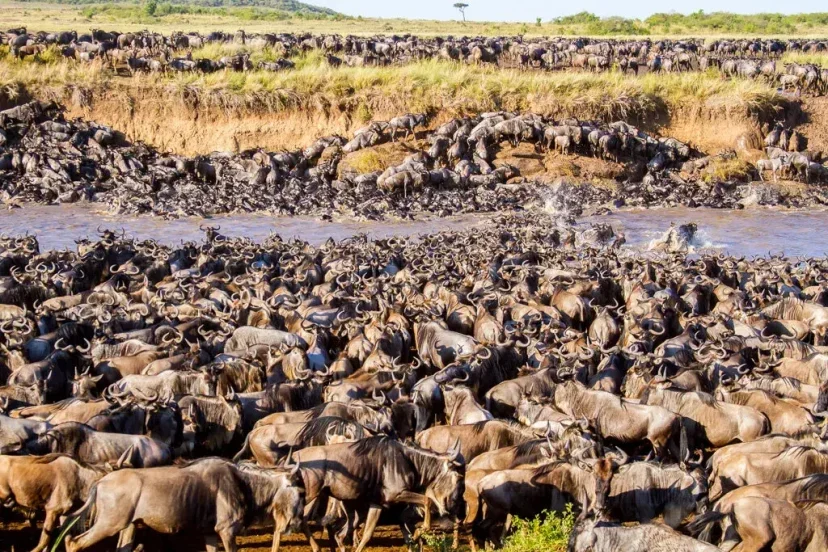
Best Time to Visit Kenya for Safari - July - Peak/Migration Season
The wet season will be gone by the start of July, ushering in the dry season, and the peak season will be in full swing.
Scarcity in water sources and thinning of lush greenery will make animal sightings considerably easier.
July is a fantastic time to catch a glimpse of roaming wildlife in savannahs and national parks .
This month is also widely regarded as the best time to go on safari in Kenya because it coincides with the Great Wildebeest Migration.
The first herds of wildebeests, gazelles, and zebras will start arriving in the Masai Mara during this time, pursued by fearsome crocodiles in the Mara river and by big cats on land.
The massive Masai Mara river crossing will not start until the mid of July, although there’s some degree of wildlife crossing by the end of June. We recommend visiting some smaller parks and conservancies such as the Tsavo East if you want to avoid the crowd. Amboseli National park is also a good destination to visit at this time.
Expect properties to charge the highest of prices during the great migration season. Availability of accommodation will also be a hustle. We, therefore, recommend booking two to three months in advance to get the best rates and picture-perfect accommodation options.
In addition to wildebeest migration, July coincides with the arrival of migratory bird species in Masai Mara. Game viewing is perfect at this time of the year and the Masai Mara Savannahs are mostly still beautifully green from the just ended long rain across East Africa.
Best Time to Visit Kenya - August - Peak/Migration Season
August is one of the coolest months of the year in the country, with temperatures hitting as low as 10° C at night time.
The days are generally sunny and hot, particularly in regions with higher altitudes.
The low humidity and little to no rainfall in the coastal region make August one of the best months to sunbathe and conduct water activities.
That means you can try out scuba diving, surfing, swimming, kayaking, and snorkelling.
The herds will mostly have settled by mid-August on the plains of Masai Mara, although there will still be activities in terms of animal crossings at the Mara River.
But it will be breathtaking to witness the action on the plains as the wildebeests, gazelles, and zebras demonstrate survival for the fittest trick.
They will be against the predators such as cheetahs, leopards, and lions, and the life cycle will be in full motion.
Expect accommodation rates to be at a premium price and next to no availability, especially for luxurious accommodations.
As such, we also recommend booking early in advance to secure sublime options.
Best Time of Year for Kenya Safari - September - Peak/Migration Season
September is undoubtedly on the list of the best time for a Kenya safari. It is still hot and sunny like August, but the crowds will slowly reduce.
The last of the wildebeests will still be wandering around the plains of the Mara, so you’ll still catch a glimpse of the Great Migration.
The sheer number of herbivores in the plains will still make for thrilling encounters between prey and predators.
You can relish the sighting at other tourist attractions such as Lake Naivasha , Lake Nakuru, Ol Pejeta, etc.
Here, you will get a chance of memorable wildlife viewing, including hippos, impalas, giraffes, and zebras, to name a few species.
You’ll have a good time seeing massive flocks of flamingoes as well as other migratory birds in destinations such as Lake Bogoria and Nakuru .
Clear conditions throughout the country provide textbook backdrops for wildlife and nature photography.
The great weather with less rainfall will allow for some exciting water activities along the coast.
Ivory sand in the area will feel very soft on toes, and the water will be warm and sparkly. Unfortunately, the fall-off in crowds at tourist attractions won’t mimic prices.
High season rates will remain throughout September and the first half of October.

Kenya Safari Best Time to Go - October - Peak to High Season
The peak season will continue in some places while others will start the month with the high one.
This will still be an excellent time to visit the country, although you might want to come earlier in the month for the best tourist condition in areas such as Masai Mara.
The Great Migration will depart from Masai Mara, but massive herds can still be seen in the park, especially in the southeastern parts.
Wildlife devotees and photographers, in particular, should take advantage of excellent wildlife sightings in parks and conservancies.
The highest concentration is usually around rivers and watering holes.
Enormous numbers of migratory birds will be flying from Europe around October to areas such as the western parts of Lake Nakuru and Amboseli National Park.
Attractions such as Mount Kenya National Park and Hell’s Gate National Park will also make good destinations during this period.
The days are hot, nights cool, and might receive occasional rainfall in Nairobi and central highlands.
Mombasa and its surrounding will remain hot by the day, rather hot by nighttime, and may receive moderate rainfall.
This means that water activities can still take place. October is ideal for budget-conscious travellers.
Prices will also fall dramatically as accommodation availability increases, especially in lodges and camps near Masai Mara .
This will give safari-goers seeking private exploration a perfect chance to navigate the park.
Best Time of Year to Go on Safari in Kenya - November - High Season
The weather in November can be described as wet, with common tropical showers.
This means that the temperature is high enough to wear light clothes, but waterproof options can save you from getting caught in unexpected showers.
The country’s rift valley and western interior parts become hot by day, cool at night, and may receive moderate showers.
In November, animals cluster around the few remaining water sources in most parks and game reserves, which means perfect opportunities for wildlife sightings.
You can still enjoy the Big Five, baby animals and migratory birds abound the Masai Mara, although the Great Migration is over by Now.
You can move to the Kenyan coastline to enjoy the beaches and water sports if you seek wildlife viewing and safari alternatives.
The coastal region is scorching by the day, rather hot by night, and may receive moderate rainfall in November.
The oncoming short rains bring mosquitoes, and we recommend packing some repellents, regardless of the place you intend to visit.
Hotel’s prices and travellers are markedly lower compared to former months and the ensuing month of December. November is referred to as a ‘shoulder month,’
Despite this, we still recommend booking well in advance if you want to combine November with the incoming Christmas Holidays.
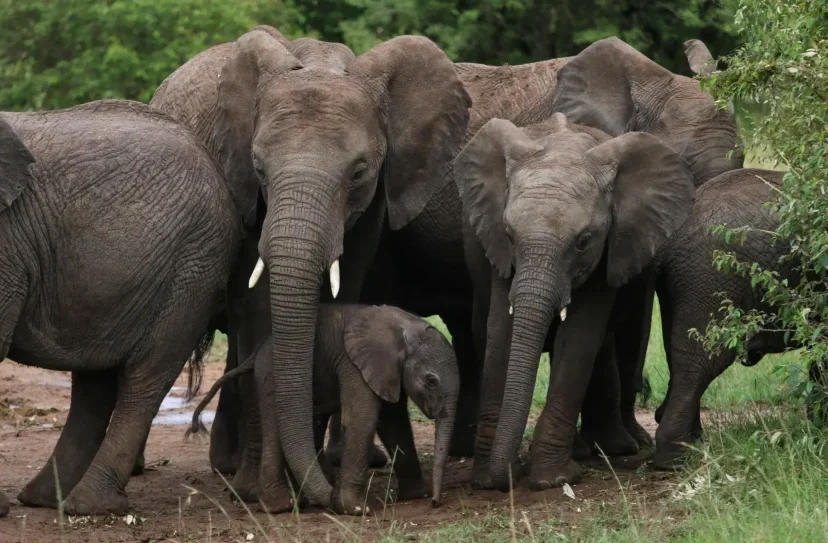
Best Time to Visit Kenya - December - High to Festive Season
The end of the year starts with a high season, and then the festive season kicks in from 20th December to the 3rd of January.
Christmas holidays attract huge crowds at major attraction sites and destinations , such as national museums, national parks, historical sites, beaches, and major towns.
New Year’s and New Year’s Eve also attract many domestic and international tourists who look to end the year and start a new one in style.
The temperatures across the country are ideal if you are looking to celebrate the festival in various parts of the country, especially if you want to head to Mombasa or similar towns.
The constant warm temperatures and ocean breeze provide a perfect blend for beach vacations in December, although the coastal region’s humidity is high.
Due to the short rains, Kenyan plains and savannas will be flush with greenery .
Water sources begin to dry up in the later stages of the month, making wildlife sightings easier.
A visit to the Masai Mara and similar game reserves is ideal for merry-making during Christmas and New Year’s celebrations.
This is also a stunning month for photography, where migratory birds and other animals can easily photograph amidst the thriving foliage.
Since this is a high season, accommodation availability may be tricky. Prices also tend to rise with a decrease in accommodation options.
As such, we recommend booking two to three months early if you are looking to go on a late or early December holiday.
- Get Social ::
Make An Enquiry :: [email protected]
Connect With Us :: +254 721 300 951

+254 721 300 951
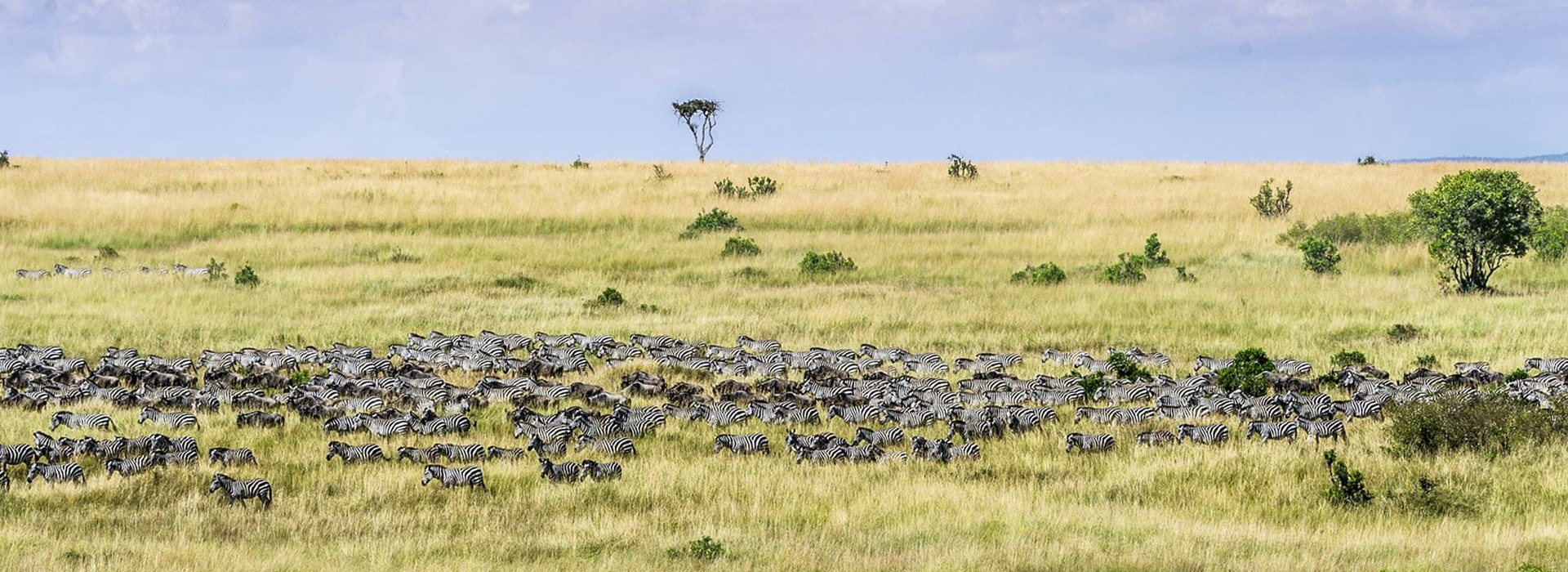
The AARD Wolf Adventure Guide To
Best time to visit kenya safari.
16 Cool, Hidden, and Unusual Things to Do in Kenya
Best Time to Visit Kenya Safari Overview
Kenya welcomes safari enthusiasts all year round with a diverse geography and variant climatic conditions. However, the Best Time To Visit Kenya Safari is during the dry season. The wildlife can be seen year around with calving and spotting of many migratory birds and animals. The dry season also attracts the spectacular great wildebeest migration and you can witness it while on Kenya Safari Tours .
The recommended Best Season To Visit Kenya is from January to March and from July to October.
Helpful Tips
Find the best Kenya Safari Tours . in 2020/2021 with AARD Wolf Africa Adventure. Our wildlife tours and holidays in Kenya are popular individual tours on Safari in Kenya, including tours to the Masai Mara. Discover your own Kenya Safari experience with a tailored tour that hits all the highlights.
Month-by-month guide to travel in Kenya:
Here are the details of month wise travelling plan to Kenya, so you can choose Which would be the Best Month To Visit Kenya.
January: This is the dry season in Kenya and the temperature almost stays at 27 degree Celsius. It is the Best Time Of Year For Kenya Safari and explore the beaches of Kenya. It is a good time for family visits.
February: Again, this is also the dry season and good for spending time and playing around the beaches. It is a good time for game viewing and has a good attraction of wildlife. Best time to go with family and friends.
March: It is the start of low season with the beginning of rainy season. However, there is a warm and humid weather with lot of rainfall. It is the Best Time To Go On Safari In Kenya with a limited budget.
April: This is the low season and you can get more of the deals and discounts during this time. The weather is warm and humid. Waterproof clothes are recommended during this season.
May: The warm and humid weather will continue and it will be a good time for budget travellers to visit to Kenya. You can experience a private safari visit as there is lesser crowd at this time.
June: The rainy season gives a break and Kenya starts with dry season again. It is the best time for game viewing and also adventure safaris. It is the best time to visit Kenya Safari for more pleasant experiences.
July: This is the time when wildebeest starts its migration and the best time to view wildlife. It is also the time recommended for beach holidays. The weather is warm and the dry season continues and you can explore the Kenya Safari Tours.
August: This is the peak of dry season and makes it a good time to view the wildlife and also the wildebeest and zebra migration. You can continue to enjoy relaxing in the beaches.
September: The holiday season is coming to an end now and also the dry season. It is a bit of silent time and if you like to explore Kenya with lesser crowds, then this is the Best Time Visit Kenya for couples.
October: This is the month when the wildebeest and other migratory animals start going to Tanzania. However, it is a good time to spend time in the beaches and watching birds. The rainy season starts now.
November: The rainy season starts to continue again and the quiet season kicks in. It is a good time for budget travellers to grab the deals and discounts. You can view the game drive, watch birds and feel the privacy of lesser crowds.
December: The holiday season starts again and it is the peak month to travel in Kenya to enjoy the glimpse of Christmas and also New Year. The rainy season end by mid of the month and dry season starts.
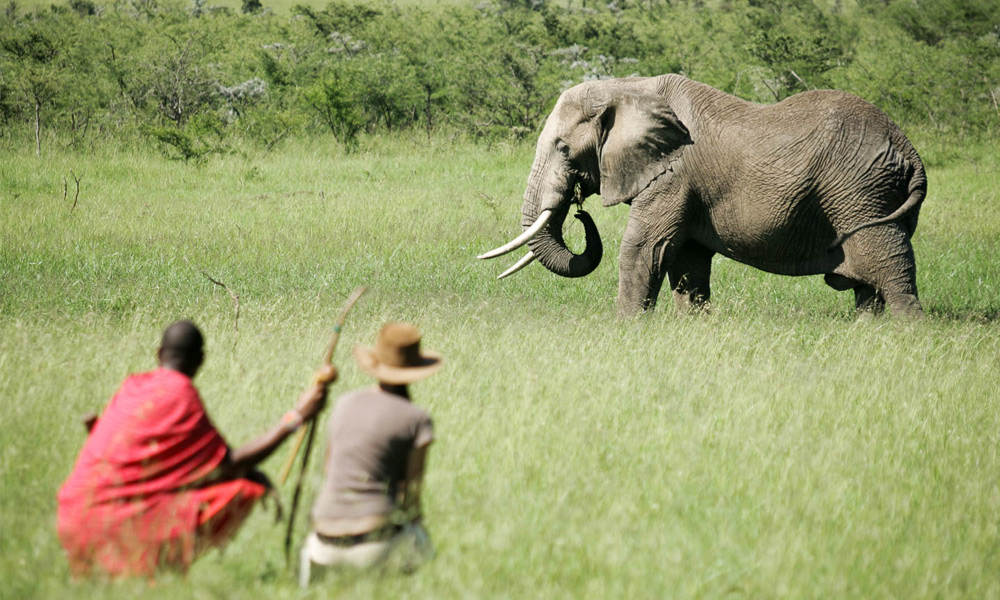
Seasons and weather in Kenya:
Kenya like other African countries has Dry season and Wet season. The Dry season starts from January to February and June to October. The wet season is from March to May and November to December.
The dry season in Kenya has a lot of opportunities to attract wildlife because of the diverse vegetation and sparse water bodies. This is one of the most expensive times to visit and the days are pleasant with chilling nights. It is important to pack layered clothes to enjoy the chilly game drives of Kenya.
The wet season in Kenya experiences constant rainfall and makes the nature lush green. The safari would be great at this time with lesser crowds. It is a bit difficult to spot wildlife at this time but you can spot a few resident species. There are long rains and short rains in Kenya.
Best time to see great wildebeest migration in Masai Mara:
The Kenya travel guide always recommends visiting Kenya between August to October as the best time to see great wildebeest migration. This is the time when the wildebeests and zebras start to migrate for fresh grasslands via Masai Mara River.
It is a spectacular vision to see as it is one of the greatest natural phenomena in the world.
According to the above factors, now you have an idea of which would be the Best Time To Visit Kenya Safari. However, it always depends according to you, as what you want to see and what are your first preferences.
Aardwolf Africa Adventure Safari is always open and welcomes you to explore and enjoy the Kenya Safari Destinations.
AArd Is Regarded As The Best
- This company cares
- Perfect safaris
- Best African Safaris & Tour
- Good agency
- Safari in Maasai Mara
- Africa's best safaris
- Great experience
- Trip to Arusha, Moshi and Ngorongoro crater
Kenya Safari Price Guide Request
Trevel With The Export
Why You Should Travel With Us
Related Guide
Best Time To Visit kenya Safari guide
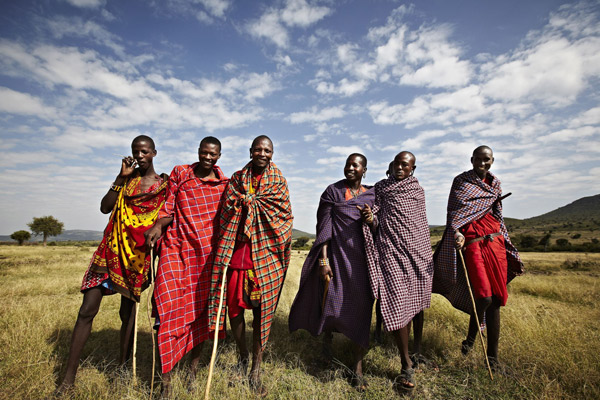
Best Time Of Year For Kenya Safari

Best Month To Visit Kenya
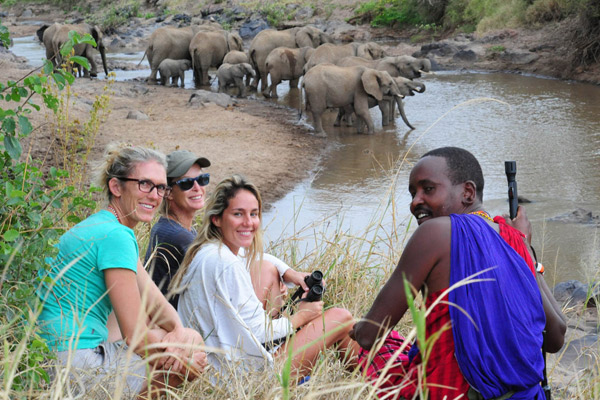
Best Season To Visit Kenya
Frequently asked questions
Kenya Safari FAQs
The cost of Safari normally depends on the number of days you have to spend in the country and what type of accommodations would you like to choose and what type of Safari would you like to go with. The Kenya Safari cost will range from $500 to $5000 per person according to your choices and preferences.
There are few extra costs for additional special activities if you prefer, like; Hot Air Balloon, Night game drives, Birding Safari and other activities. Tipping in Kenya Safari is also followed by most of the travellers and you will need to include it in the Safar cost.
Kenya welcomes you year around with its diverse nature and wildlife habitat. There are 2 main seasons in Kenya; Dry and Wet season. The best time to visit Kenya Safari is on dry season which is from June to September and December to January.
The length of the Safari depends on what you want see, what is your holiday duration, budget and if you are travelling for the first time. The normal spending time in the Safari is 7 to 9 days. The longer you spend time in the parks; it is more likely to spot wild.
You will be able to see most of the wild animals and birds in Kenya. However, the most important ones are Big5 and Big9. The Big5 are; Lion, Leopards, Rhino, Elephant and Cape buffalo. The Big Nine are; Big Five and Cheetah, Giraffe, Hippopotamus, Zebra. This is one of the most important Kenya Safari Facts.
Kenya Lodge Safari and hotel accommodations range from deluxe, world-class properties to local inns, full-service tented camps, game-park lodges, beach resorts and camp grounds. You can go with properties that are Mid Luxury and above.
It depends on which state you are coming from it could take upwards of 36 hours to get from the US to Nairobi.
Example: If you are flying from Los Angeles to Nairobi with Air France and had one layover in Paris. That first leg will be 11 hrs. Paris to Nairobi would come up to 9 hours.
The price is decided according to your choice of airlines and seat preference. There are flights starting from $700 for base level economy. The flights are long and typically overnight. This is the best time to use those credit card or airline points to upgrade to business class and enjoy the every worth of it.
There are no major requirements of vaccinations to visit Kenya. However, if you are travelling from a country which is affected from Yellow fever, then you will need to carry a Yellow fever vaccination certificate to enter Kenya. The other recommended vaccines are; Typhoid, Tetanus, Hepatitis A, Malaria and Rabies.
As pet the Kenya Travel guide, the best Safari in Kenya is; Game drives and bush safari, Beach Safari, Bird watching and more. The best safari destinations in Kenya are; Masai Mara, Amboseli National Park, Lake Nakuru National Park, Mount Kenya, Tsavo National Parks, Lewa Wildlife Conservancy, Mombasa Beach, Samburu, Shaba and Buffalo spring National Reserves.
The Safaris in Kenya are 100% safe. Riding around in the open air vehicles on game drives is one of the coolest experiences. At times you will be within 5 to 6 feet of lions but never once you will feel scared. The Kenya guides are very experienced and know how to read these animals.
Additionally, if anything were to happen to a guest a guide can lose their license entirely, so they will not put you in a situation that would ultimately harm you. It’s important to trust them and listen to their directions!
The Safaris are organised in the National parks and conservation areas. The best safaris of Kenya are arranged in Masai Mara National Reserve, Lake Nakuru National Park and other main national parks.
Both of the countries has the similar way of tourism with all the wilderness and landscapes, but Kenya got into the tourism industry very earlier than Tanzania, so Kenya would be a preferred place for Safari in Africa. You can also opt for Kenya Tanzania combined safari.
Yes, Kenya is an expensive country to visit as a tourist. The gap between what locals earn and what you spend as a tourist is also very large. The minimum salary in Kenya is only 20038 sh, which amounts to $186, while as a tourist we already spend $186 per day. This makes Kenya even for Kenyans themselves very expensive.
Yes, if you request with specific needs, the safari and accommodation facility will be available for a wheel chair passenger. The diet requirement can also be arranged. The guides and drivers are experienced to take care of specially able people.
The standard Safari vehicle type in Kenya is 4x4 land cruiser Jeep, Safari Minivan. These both are sufficiently adequate for Kenya Safari Tours . The Minivan comes with a pop-up top for perfect game viewing. The 4x4 has windows and pop-up roofs for the best possible Safari experience.
These are the Kenya Safari Faqs which will be helpful for you to make a quick decision if you have any confusion while you are in Kenya.
For your very own cuteness overload, February is the time to visit Kenya,
More Kenya Safari Guide

Kenya Safari Cost
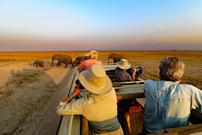
Best Time To Visit Kenya

Kenya Safari Facts
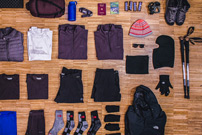
Safari Packing List Kenya

Tipping In Kenya Safari
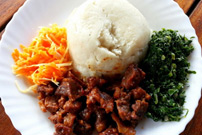
Kenyan Food
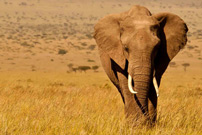
Is Kenya Safe
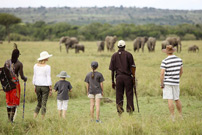
Kenya Travel Guide
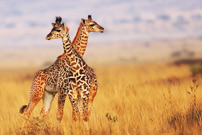
Things To Do In Kenya
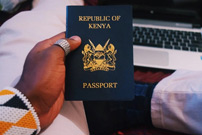
Your Advantages Of Booking With AARD Wolf Africa Adventures

Access Travel Knowledge
Of Selected Local Experts

Save time & money
- let local export plan

Tailor your private trip
to your preferences

Book & travel securely
-money-back guarantee & 24/7 support
Enquire Now

- Uganda Safaris
- Kenya Safaris
- Tanzania Safaris
- Rwanda Safaris
- Multi-Country Safaris
- Safari Discounts
- Uganda Attractions
- Kenya Attractions
- Tanzania Attractions
- Rwanda Attractions
- Lodges in Uganda
- Lodges in Kenya
- Lodges in Tanzania
- Lodges in Rwanda
- Responsible Travel Tips
- Covid-19 Safe Travel
- Terms and Conditions
- Your Privacy
When to Visit Kenya for a safari. Best time & monthly breakdown
Kenya is a beautiful country in East Africa that is well known for a rich diversity of culture, wildlife and landscapes. As you think about planning your own trip, it is best to consider the question of “When to visit Kenya?”
The best time to visit Kenya largely depends on what activities you intend to engage in and what regions you plan to visit.
It is a country with a varied climate, influenced by several factors such as especially the effects of changing topography and the Indian Ocean. Generally, the country has two rainy seasons and two dry seasons each year, which can affect travel plans and wildlife viewing experiences.
The best time to visit Kenya for wildlife viewing is from January to February and from June to September, which also coincides with the Great Migration of millions of wildebeests and zebras.
These are dry season months when animals tend to gather around the remaining water sources, making them easier to find in big numbers. During these periods, the weather is generally warm and dry, with plenty of sunshine and clear skies.
If you plan to visit the coastal regions, the best time to go is during the dry season, which runs from June to September and December to March. During this period, the weather is warm and dry, with plenty of sunshine and calm seas.
If you’re interested in bird watching, the best time to visit Kenya is during the rainy seasons, particularly the long rainy season that runs from March to May. During this period, migratory birds arrive in the country, making it a great time for bird watching.
It’s important to note that weather patterns are unpredictable, and rainfall can occur even during the dry seasons. Additionally, some roads and national parks may be inaccessible during the rainy seasons due to flooding and muddy conditions.
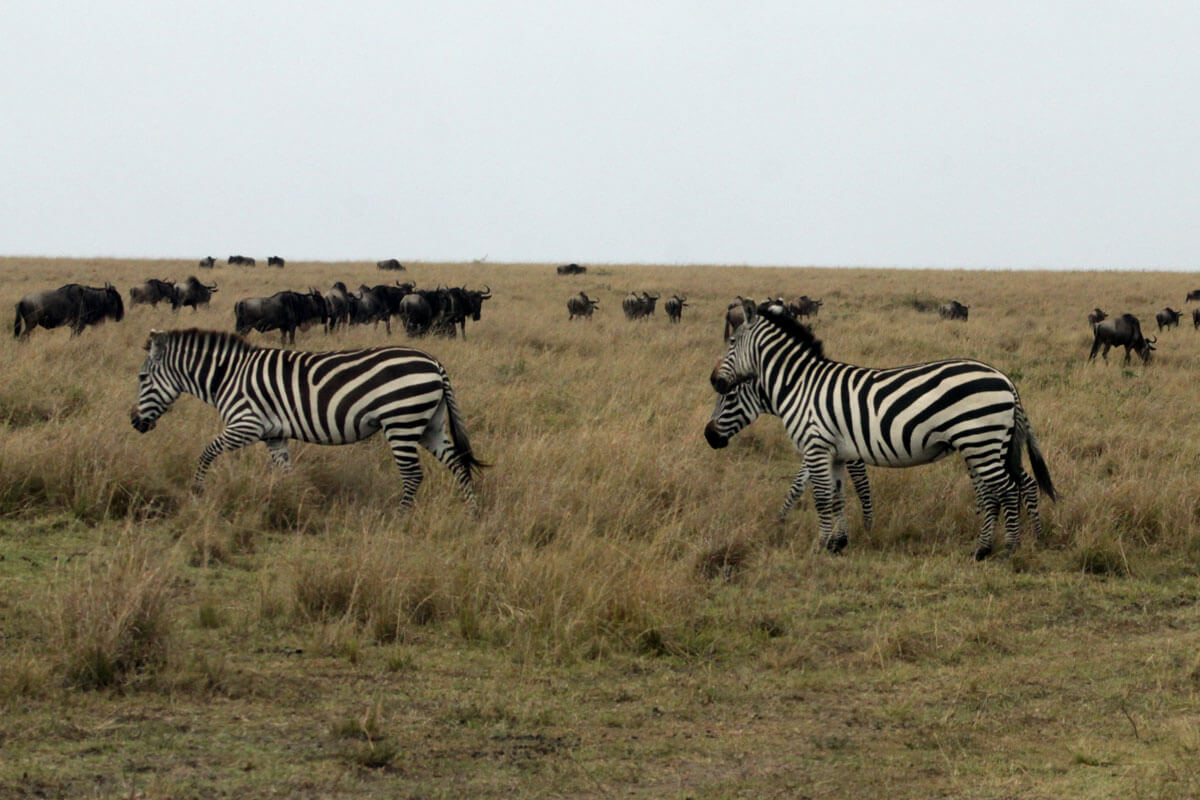
General Climate of Kenya
Kenya has a tropical climate, which is influenced by its location near the equator. The weather is generally hot and sunny throughout the year with average temperatures ranging from 22-34 degrees Celsius along the coast and 10-28 degrees Celsius in the highlands.
Kenya has two rainy seasons and two dry seasons each year. The long rainy season occurs from March to May, while the short rainy season occurs from October to December.
During these periods, heavy rainfall is experienced in most parts of the country. There are occasional showers and thunderstorms, which can be heavy at times and flooding can occur in low-lying areas.
The coastal region is usually hot and humid with temperatures ranging from 25°C to 30°C. The rest of the country experiences cooler temperatures, with temperatures ranging from 15°C to 28°C.
The dry seasons in Kenya occur from June to September and from January to February. They are characterized by minimal rainfall, low humidity, and high temperatures. During these months, the weather is generally dry and sunny with occasional rainfall in some regions with the coastal region still being the hottest.
The climate in Kenya varies depending on altitude and location, with the coastal regions being hot and humid and the highlands being cooler. The country’s diverse topography, which includes mountains, highlands, savannas, and coastal plains, also influences the climate.
It is important to note that temperatures and rainfall patterns can vary based on the region and season – therefore it is advisable to check the weather forecast before traveling to Kenya to plan accordingly.
Climate of Kenya by Month
January is a hot and dry month in Kenya.
The coastal regions experience high humidity, and temperatures can reach up to 30°C. The highlands are cooler, with temperatures ranging from 10°C to 28°C. Rainfall is scarce during this period, making it an ideal time for outdoor activities and wildlife viewing.
2. February
February is also a hot and dry month in Kenya, with temperatures similar to those of January.
The coastal regions experience high humidity, and the highlands are cooler. However, towards the end of February, the long rainy season starts in some parts of the country, particularly in the western regions.
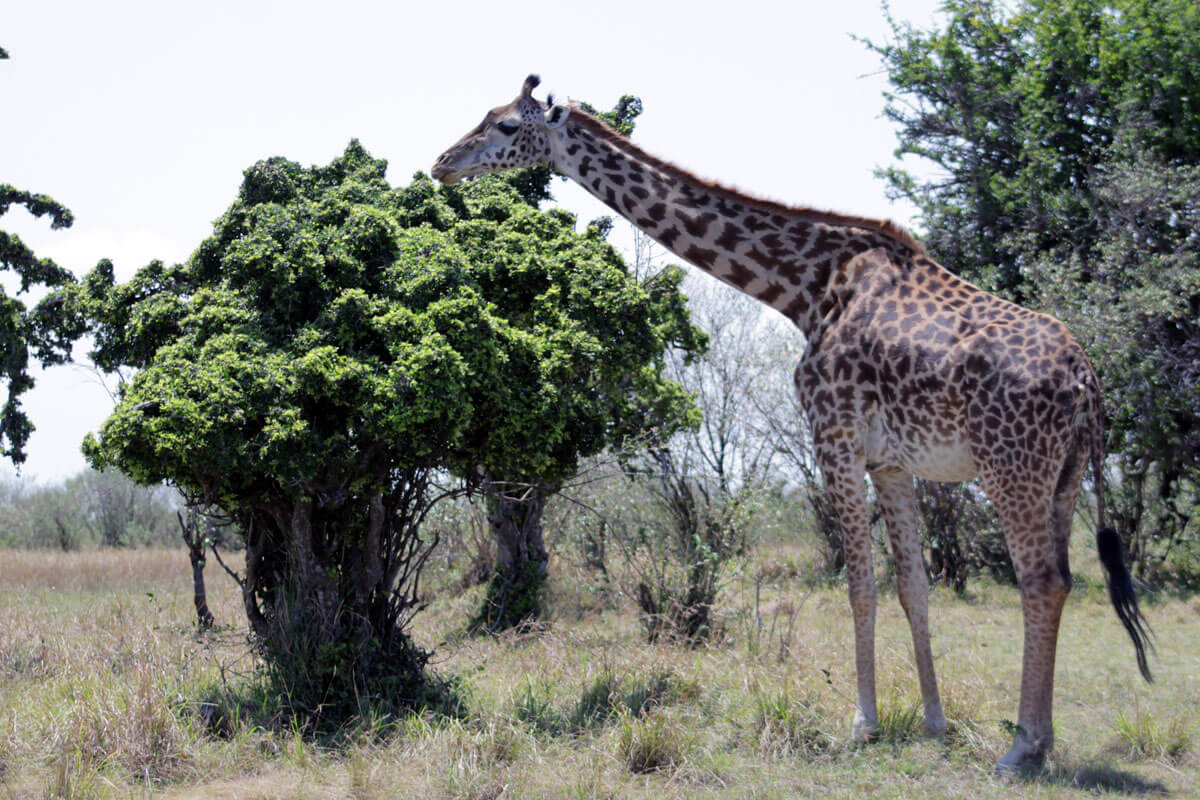
March is the end of the short dry season in Kenya.
The coastal regions continue to experience high humidity, and temperatures can reach up to 32°C. The highlands are cooler, with temperatures ranging from 10°C to 28°C. Some parts of the country may experience occasional showers towards the end of the month.
April marks the beginning of the long rainy season in Kenya. Heavy rainfall is experienced throughout the country, particularly in the highland areas.
Temperatures are cooler, with the coastal regions experiencing temperatures ranging from 23°C to 30°C, and the highlands ranging from 10°C to 26°C.
May is one of the wettest months in Kenya, with heavy rainfall experienced throughout the country.
Temperatures are cooler, with the coastal regions experiencing temperatures ranging from 23°C to 28°C, and the highlands ranging from 10°C to 24°C. The humidity is high, and it can be challenging to engage in outdoor activities during this period.
June marks the end of the long rainy season in Kenya. Heavy rainfall is still experienced in some parts of the country, particularly in the western regions.
Temperatures are cooler, with the coastal regions experiencing temperatures ranging from 22°C to 26°C, and the highlands ranging from 8°C to 22°C.
July is the beginning of the long dry season in Kenya.
Temperatures start to rise, and the coastal areas experience hot and humid conditions, with temperatures ranging from 23°C to 30°C. The highlands are relatively cooler, with temperatures ranging from 10°C to 25°C.
August is a hot and dry month in Kenya. The coastal regions experience high humidity, and temperatures can reach up to 30°C. The highlands are cooler, with temperatures ranging from 10°C to 25°C.
This period is ideal for wildlife viewing in Kenya’s national parks, as the grass is short, and animals gather around water sources.

9. September
September is also a hot and dry month in Kenya.
The coastal regions experience high humidity, and temperatures can reach up to 30°C. The highlands are cooler, with temperatures ranging from 10°C to 25°C. This period is ideal for outdoor activities and wildlife viewing.
10. October
October marks the end of the long dry season in Kenya.
Temperatures start to cool, and the coastal regions experience temperatures ranging from 23°C to 29°C, while the highlands range from 10°C to 24°C. Some parts of the country may experience occasional showers towards the end of the month.
11. November
November is the beginning of the short rainy season in Kenya.
Rainfall is experienced mainly in the coastal regions and a few areas in the highlands. Temperatures are generally warm, with the coastal regions experiencing temperatures ranging from 23°C to 29°C, and the highlands ranging from 10°C to 24°C.
12. December
December is the end of the short rainy season in Kenya. Rainfall is still experienced in some parts of the country, particularly in the coastal regions.
Temperatures are generally warm, with the coastal regions experiencing temperatures ranging from 23°C to 29°C, and the highlands ranging from 10°C to 24°C. The humidity is high during this period, making it important to dress in breathable and light clothing when engaging in outdoor activities.
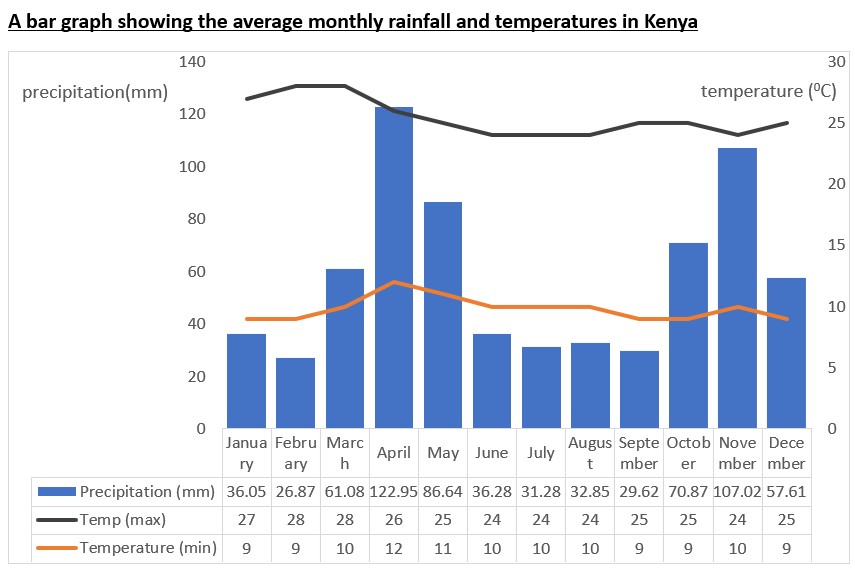
What to wear on Safari in Kenya
What you wear in Kenya will depend on the purpose of your trip and the places you plan to visit. Kenya has a warm and sunny climate, so it’s important to dress in lightweight, breathable clothing that is comfortable and appropriate for the environment.
For casual everyday wear, it is recommended to wear lightweight, breathable clothing made from natural fabrics like cotton or linen. Khaki and neutral colors are good choices as they blend in with the environment. Shorts, t-shirts, and sundresses are all appropriate options.
In case you plan to visit religious or cultural sites, it is recommended to dress modestly and avoid wearing revealing clothing. For women, it’s advisable to bring a scarf or shawl to cover your head and shoulders if needed.
If you plan to go on safari, it is recommended to wear long-sleeved shirts and pants to protect against the sun, insects, and thorny bushes. Neutral colors like khaki, beige, or olive green are good choices as they blend in with the environment. Sturdy, closed-toe shoes or hiking boots are recommended for game walks and hikes.
In general, it’s a good idea to pack a light jacket or sweater for the evenings, as temperatures can drop especially in high-altitude areas like Mount Kenya or in the evenings during the dry season.
Remember, it’s important to check the weather forecast for the areas you plan to visit, as weather patterns can vary depending on the region and time of year.
In conclusion, Kenya is a beautiful country to visit with a tropical climate that offers warm and humid conditions throughout the year. However, the best time to visit Kenya depends on your travel goals and destinations.
Whether you’re interested in wildlife, beaches, or cultural experiences, Kenya has something for everyone, and with proper planning, you can have a memorable and enjoyable trip to this beautiful country.
Related articles
- Is Kenya safe for tourists
- Kenya visa requirements for tourists
- Packing list for Kenya safari
Our Travel Deals
- All Inclusive Tour Holidays East Africa
- Birding Safaris in East Africa. Uganda, Kenya, Tanzania & Rwanda
- Cultural Encounters in Uganda & East Africa
- Destinations. Showing you East Africa’s beauty
- Game Safaris. Wildlife Viewing Experiences
- Gorilla tracking guide for your ultimate adventure
- Gorilla Tracking Safaris in Uganda & Rwanda
- Hiking & Nature Walks in Uganda & East Africa
- Aberdare National Park – Kenya
- Hell’s Gate National Park – Kenya
- Amboseli Serena Safari Lodge – Amboseli N.P
- Amboseli Sopa Lodge – Amboseli N.P
- Akagera National Park – Rwanda
- Dian Fossey Grave Site, Volcanoes N.P – Rwanda
- Bigodi Wetland Sanctuary, Kibale – Uganda
- Budongo Forest Reserve – Uganda
- Bwindi Impenetrable National Park – Uganda
- Equator in Uganda, Kayabwe. Kampala – Masaka Highway
- Jinja City & Source of the Nile – Uganda
- Kampala City. Uganda’s capital & biggest city
- Arusha National Park – Tanzania
- Gombe Stream National Park – Tanzania
- Kenya Safaris Tour Packages
- Kasubi Tombs, Kampala – Uganda
- Lake Bunyonyi, Kabale – Uganda
- Lake Mburo National Park – Uganda
- Mgahinga Gorilla National Park – Uganda
- Mount Elgon National Park – Uganda
- Murchison Falls National Park – Uganda
- Katavi National Park – Tanzania
- Lake Manyara National Park – Tanzania
- Mahale National Park – Tanzania
- Mikumi National Park – Tanzania
- Mkomazi National Park
- Mount Kilimanjaro National Park – Tanzania
- Kigali Genocide Memorial Centre
- Lake Kivu – Rwanda
- Masai Mara National Reserve – Kenya
- Mount Kenya National Park – Kenya
- Primate Tracking Uganda & Rwanda
- Rhino Trekkking in Uganda. Best way to see rhinos in the wild
- Rwanda Safaris Tour Packages
- Special Deals on Uganda Safaris and Trips for 2024 & 2025
- Tanzania Safaris & Tour Packages
- Uganda Safaris Holidays
- Ngorongoro Conservation Area – Tanzania
- Nyerere National Park – Tanzania
- Ruaha National Park – Tanzania
- Serengeti National Park – Tanzania
- Tarangire National Park – Tanzania
- Nyungwe National Park
- Pian Upe Wildlife Reserve – Uganda
- Queen Elizabeth National Park – Uganda
- Rwenzori Mountains National Park – Uganda
- Semuliki National Park – Uganda
- Sipi Falls, Mount Elgon – Uganda
- Ssese Islands, Lake Victoria – Uganda
- White Water Rafting and Kayaking
- Volcanoes National Park – Rwanda
- Ziwa Rhino Sanctuary – Uganda
- 7 Reasons to Visit Kenya
- Top 10 East Africa Adventure Tours
- Best Time for Gorilla Trekking
- Birdwatching Safaris & Tour Journeys in East Africa
- The Chimpanzee Habituation Experience in East Africa
- The Ease and Difficulty of Chimpanzee Tracking
- Chimpanzee Trekking in Budongo
- Uganda Experiential Tourism
- Family Safari Holiday
- Gorilla Habituation in Uganda Bwindi
Popular Safari Packages
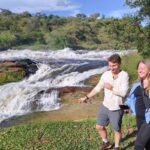
Murchison Falls Luxury Wildlife Safari – 4 Days
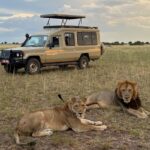
Ultimate Uganda Luxury Safari – 14 Days
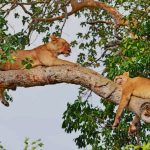
Uganda Wildlife & Activity Holiday – 15 Days
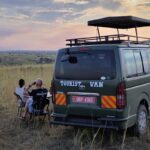
Wildlife & Primates Safari in Uganda – 9 Days
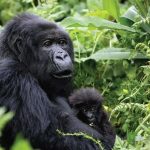
3 Days Rwanda Gorilla Trekking Safari
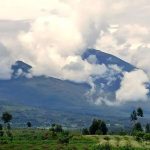
Best of Rwanda Budget Safari – 6 Days.
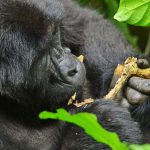
Gorilla Trekking & Masai Mara Safari – 8 Days.
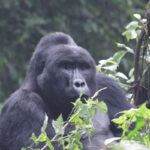
Uganda & Rwanda Activity Holiday – 8 Days
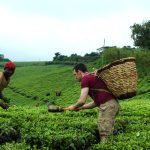
Uganda & Rwanda Wildlife Holiday – 20 Days.
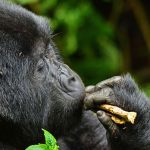
4 Days Gorilla & Chimp Tracking Safari
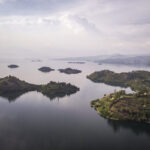
Classic Rwanda Safari – 10 Days
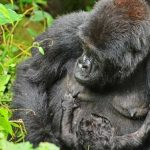
Wildlife & Gorilla Trekking Holiday – 9 Day
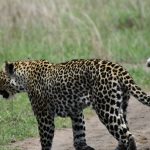
Group Adventure Holiday – 7 Days
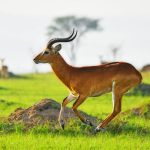
Uganda Wildlife Holiday – 8 Days
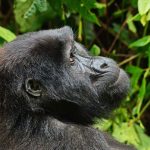
Luxury Gorilla Tracking Safari By Road – 4 Days
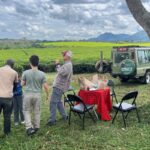
All Inclusive Uganda Family Safari – 12 Days.
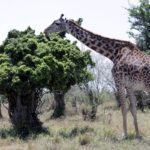
Ngorongoro Crater & Lake Manyara Safari – 4 Days
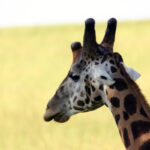
Eastern Uganda Safari Trail – 12 Days
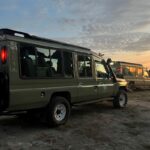
Grand East Africa Safari – 20 Days. Uganda, Kenya & Tanzania
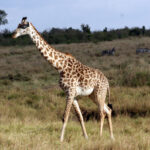
Glimpse of Kenya Wildlife Safari – 5 Days
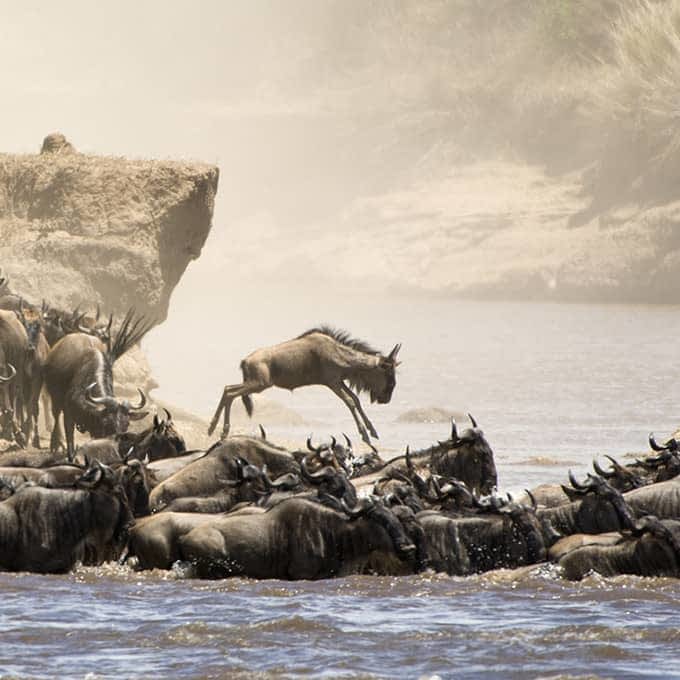
When to visit Masai Mara
There’s no time like the present to visit the Masai Mara
For most, the Great Migration is key when choosing a time of year to visit the Masai Mara. However, if you can’t (or don’t want to) visit Kenya during migration season the Masai Mara has plenty to offer visitors aside from the Great Migration. In essence, there’s no wrong season to visit the Masai Mara. Kenya’s premier wildlife region never ceases to amaze and impress.
- great migration
Green season
- Month to month
The Great Migration in the Masai Mara
Undoubtedly, the Great Migration is one of the most popular attractions in the Masai Mara region. During the months July to October, the Mara is the scene of the epic annual trek of 1,5 million wildebeest from the Serengeti to the Masai Mara region. During this time of year the savannah is awash with wildebeest, zebras and other herbivores. It’s also the time of year known for the dramatic Mara and Talek River crossings. Since it’s drier this time of year, there’s less vegetation, making wildlife-viewing much easier.
Although you can travel to the Masai Mara year-round for excellent wildlife viewing, many travelers plan their trip around the Great Migration. The Masai Mara National Reserve , and the popular areas in it, can become rather crowded this time of year. You may even end up tail to tail in a safari vehicle queue at some point or another. If you get in enough traffic jams on your commute to work and want to avoid them on holiday, you can either travel to the Masai Mara during another time of year or perhaps opt to stay at one of the more exclusive and less crowded Masai Mara conservancies . Learn all about the Great Migration .
Lion season
After a bountiful rainy season and an abundance of food and water, the Masai Mara baby boom kicks in. When the plains are brimming with life and young wildebeest, zebra and other herbivore calves are seen dashing through the plains, along come the big cats. It’s the circle of life. The months January through March are known as the ‘Lion season’. With the disappearance of the rains, the grasses become less plentiful and wildlife becomes easier to spot. This is the perfect time of year to spot individual lions, or even a pride of lions, out and about.
The months March through May mark the arrival of the 'heavy rains' in the Masai Mara. The spring rains resemble a paint brush, bringing the dry African savannah to life and painting the landscape in new shades of green, gold and other vibrant hues. The dusty savannah makes way for swaying grasses and the vast plains are a maternity ward for young impalas, antelopes and other herbivores. The new arrivals attract predators in all shapes and sizes, so don’t be surprised if you see a few high-speed chases on the plains this time of year. The green season is also the best time of year for bird watching. Colourful swarms of migrant birds take to the savannah in thousands, flocking to the newly awakened blooming trees brought to life by the rains. This rainy season is also accompanied by lower accommodation rates at safari lodges and tented camps. Since most choose to visit the Masai Mara during the Great Migration, Masai Mara lodges and camps lower their prices significantly during this time of year. Learn all about Masai Mara weather & climate .
Masai Mara annual overview
January - february.
These three months are pretty hot and dry. Since water is more scarce this time of year, just head for a waterhole for excellent wildlife viewing. Don’t forget to look towards the skies as well, it’s also bird migration season.
March - April - May
This time of year is known for the 'long rains' or as the wetter of Masai Mara’s two rainy seasons. It’s still hot during these months, but it’s especially rainy during the month april. On the up-side, the rains ring in a regeneration of local vegetation turning the Masai Mara all shades of green.
June - July - August - September - October
Pleasant temperatures, warm and dry weather, and mostly clear blue skies above. Perfect weather for wildlife safaris and therefore a popular time for safari travel to the Masai Mara.
November - December
The last two months of the year ring in the ‘short rains’ or less intrusive of the two rainy seasons. Expect overcast, cloudy skies and rain showers in the afternoons. Temperatures are still high, although the mornings can be rather chilly.
Dry season versus rainy season
If you’re having difficulty deciding when to visit Masai Mara, have a look at the pro’s and con’s of visiting during the dry season or rainy season:
Dry Season – June through October
- Less rain means less vegetation, making it easier to spot wildlife.
- Wildlife is more concentrated during the dry season, generally they’ll gather near waterholes and rivers.
- Lovely weather, less rain.
- Less mosquitoes means less chance of malaria.
- The best time of year to enjoy the Great Migration.
- Most visitors want to see the great Migration, so this time of year is busier and especially the Masai Mara National Reserve proper can see congestion in popular safari areas.
- Travel is more expensive this time of year, prices in the rainy season are much more favourable.
- Cold evenings and very chilly early morning game drives.
Rainy season – November through May
- Lower rates in comparison to the 'Great Migration months'.
- More chance of getting into the accommodation of your choice.
- The best time of year for birdwatching .
- Less crowded.
- The rains bring the plains and other areas to life, the landscape is green, blooming trees start to bloom and this time of year is excellent for photography.
- The rains clear the air of dust and cool everything and everyone off.
Cons (especially during the long rainy season in April and May)
- With the rains come poor road conditions.
- Wet weather can dampen the spirits and have you huddling in your tent on occasion.
- Some lodges and camps use April and May to close up shop for general maintenance and some time-off for staff.
- Rivers can flood their banks in April and May.
Further reading
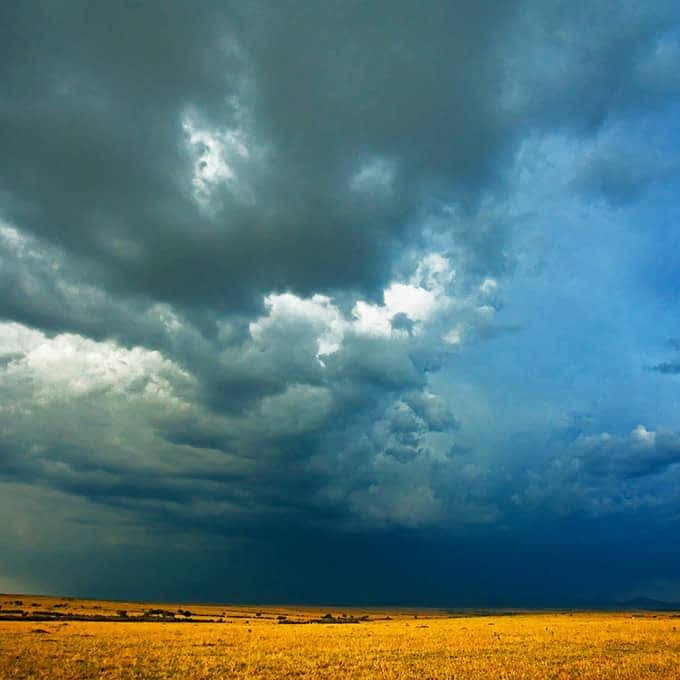
Weather & climate
read about monthly temperatures
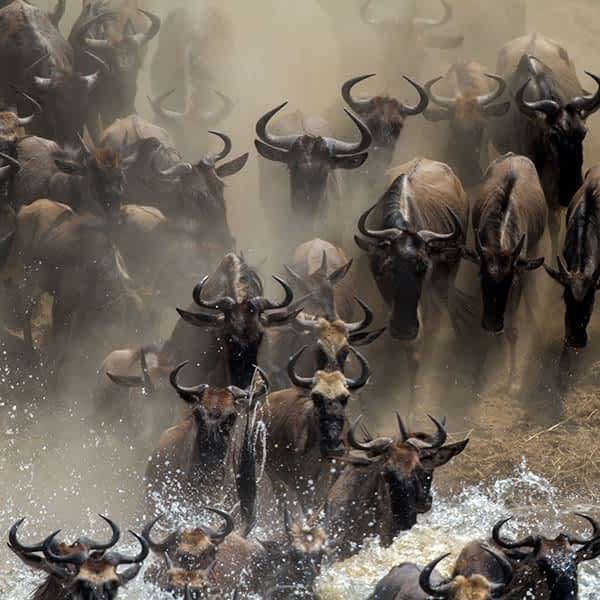
The Great Migration
read about countless ungulates
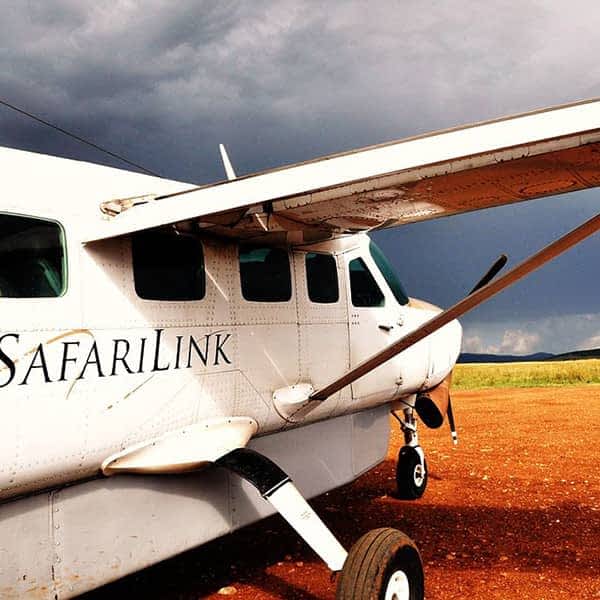
Getting here
read about travelling to Masai Mara
This is the best time to take an African safari

Lions and elephants and cheetahs, oh my! For nature lovers, an African safari is the ultimate immersive getaway. Safaris offer a combination of wildlife encounters and luxurious lodges, incredible thrills and peaceful, unplugged wilderness.
Although traveling to the African bush is a great experience any time of year, there are definitely more advantageous times for wildlife spotting. For example, in East Africa, you may want to time a trip to coincide with the great wildebeest and zebra migration. In Southern Africa, a trip at the same time most babies are born offers some incredibly special moments watching newborns with their mamas.
I've visited Africa more than a dozen times and have gone on safaris in six different countries, visiting every season.
While I've seen incredible wildlife — including lion cubs on a December trip to Botswana and spectacular herds of elephants in Zimbabwe on a May safari — in the nonhigh seasons, I've also dealt with some pretty extreme weather as well. For instance, I have experienced intense rain storms in November and freezing temperatures in June.
Sometimes the best time to take a safari is when you have flexibility in your schedule or can get the best rates. However, if you want to plan around the absolute best time to spot wildlife, read below to find out when to go.
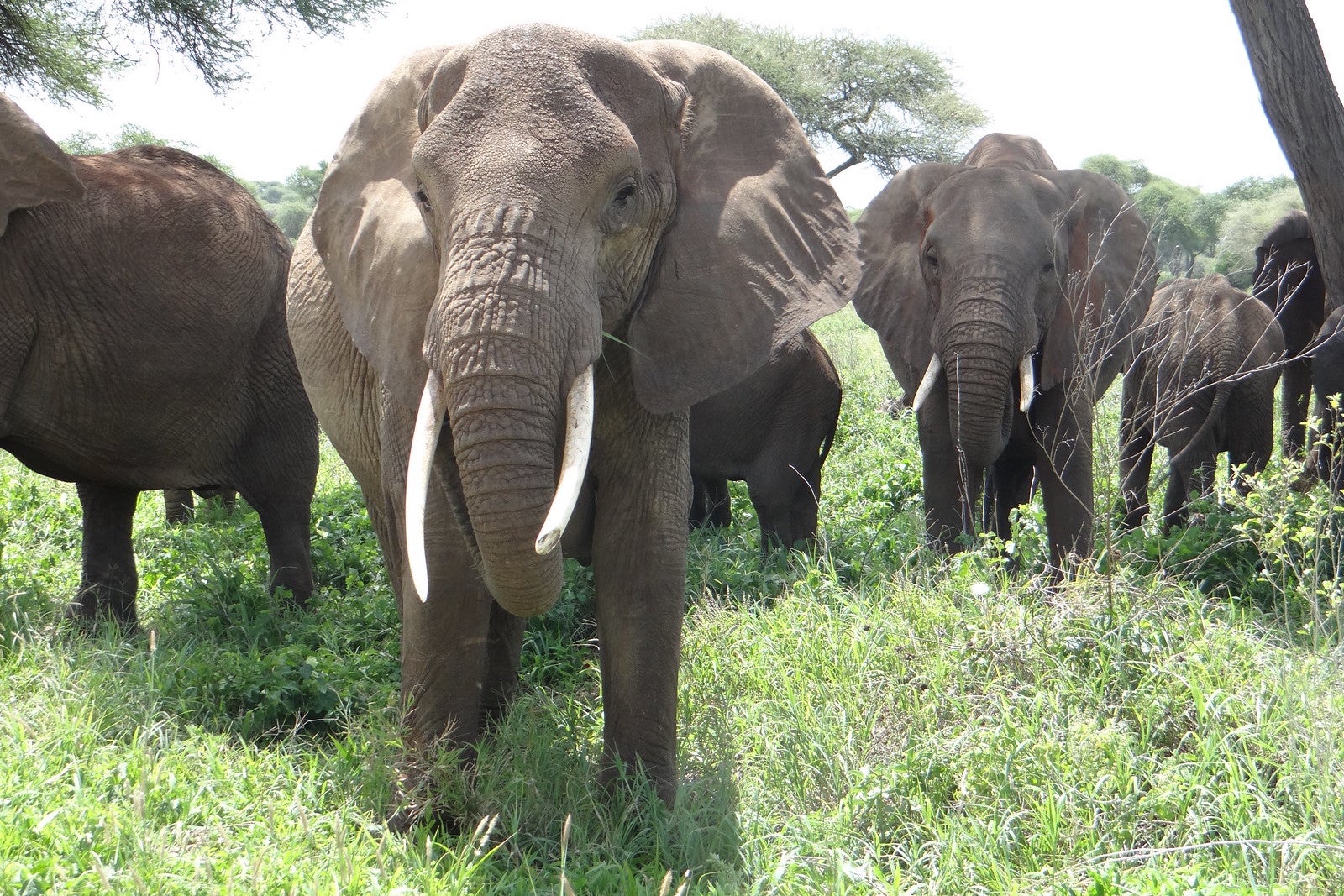
What months are best to go on an African safari?
The African continent is massive, comprising 54 unique nations and nearly 2,000 languages. Most safaris take place in two main savanna regions of the African continent: Southern and East Africa. The Southern Africa region includes South Africa , Botswana, Namibia, Zambia and Zimbabwe. East Africa contains the safari destinations of Kenya , Tanzania, Rwanda and Uganda.
Most of these destinations have one thing in common: They're located in the Southern Hemisphere. Even the ones that straddle the equator, such as Uganda, follow the Southern Hemisphere's weather patterns.
This means the seasons on safari will be the opposite of what you're most likely used to at home. Summer is December through February, winter is June through August, spring is September to November and autumn is March through May.
The Southern Hemisphere's winter and early spring — roughly June through October — is usually considered safari high season because it's the driest time of year. Wildlife gathers around watering holes when water is scarce elsewhere, Mark Nolting of Africa Adventure Company says; this makes it easier to see many species in one location.
In East Africa, the best time to go on an African safari is during the great migration, when thousands of antelope and zebra move in massive herds to find water. That season is roughly December to March and then again from June to mid-November.
There are some exceptions to this rule though.
In Botswana seeing wildlife from a mokoro, a type of dugout canoe, is a popular activity. That's why it's necessary to visit when there's water in the passageways. The dry season provides the same viewing opportunities as above, so you should be able to spot game anytime.
The private reserves in South Africa also defy seasonality; game is so dense in areas, such as the Sabi Sand Private Game Reserve, that you should be able to spot wildlife no matter the month or season.
Related: Up close and animal: Why walking safaris are so worthwhile
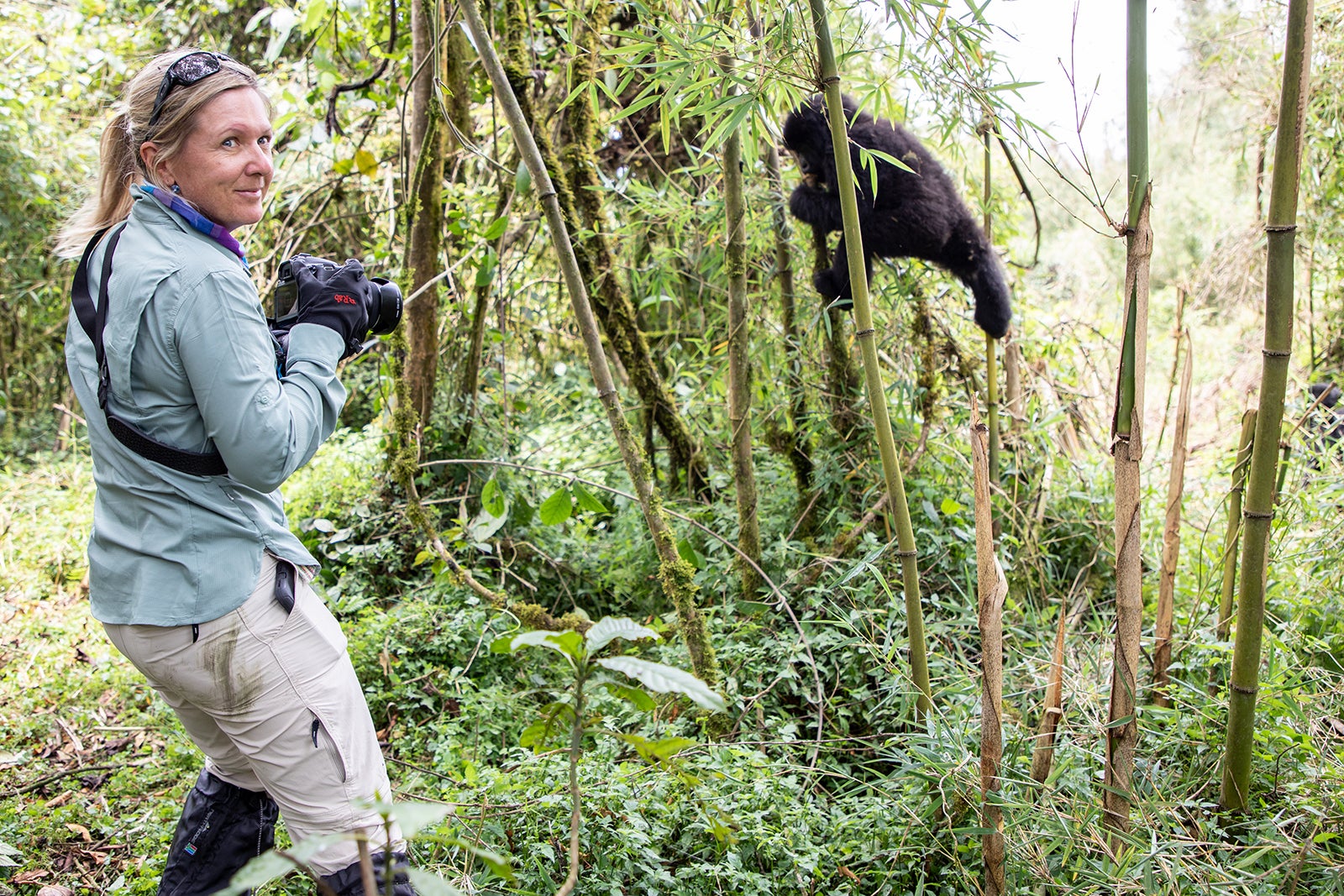
When is the best weather for a safari?
The dry weather of the winter season, roughly June through September, is often considered the best weather for a safari. Note: It can be quite cold after the sun sets, so bring a hat, fleece and gloves to keep warm during early morning game drives (though most safari lodges will provide blankets and hot beverages, too).
The "green season," as the rainier summer months are often called, is usually also the hottest time of year. At this time, you'll encounter the most insects, including mosquitos, in the bush.
Shoulder season — the times between the high season and green season, March to May and October to December — usually offers moderate temperatures and just an occasional storm. This time can be a great option for travelers since this is when you can get better pricing while still enjoying prime wildlife viewing.
Related: Luxury African safaris that support local communities
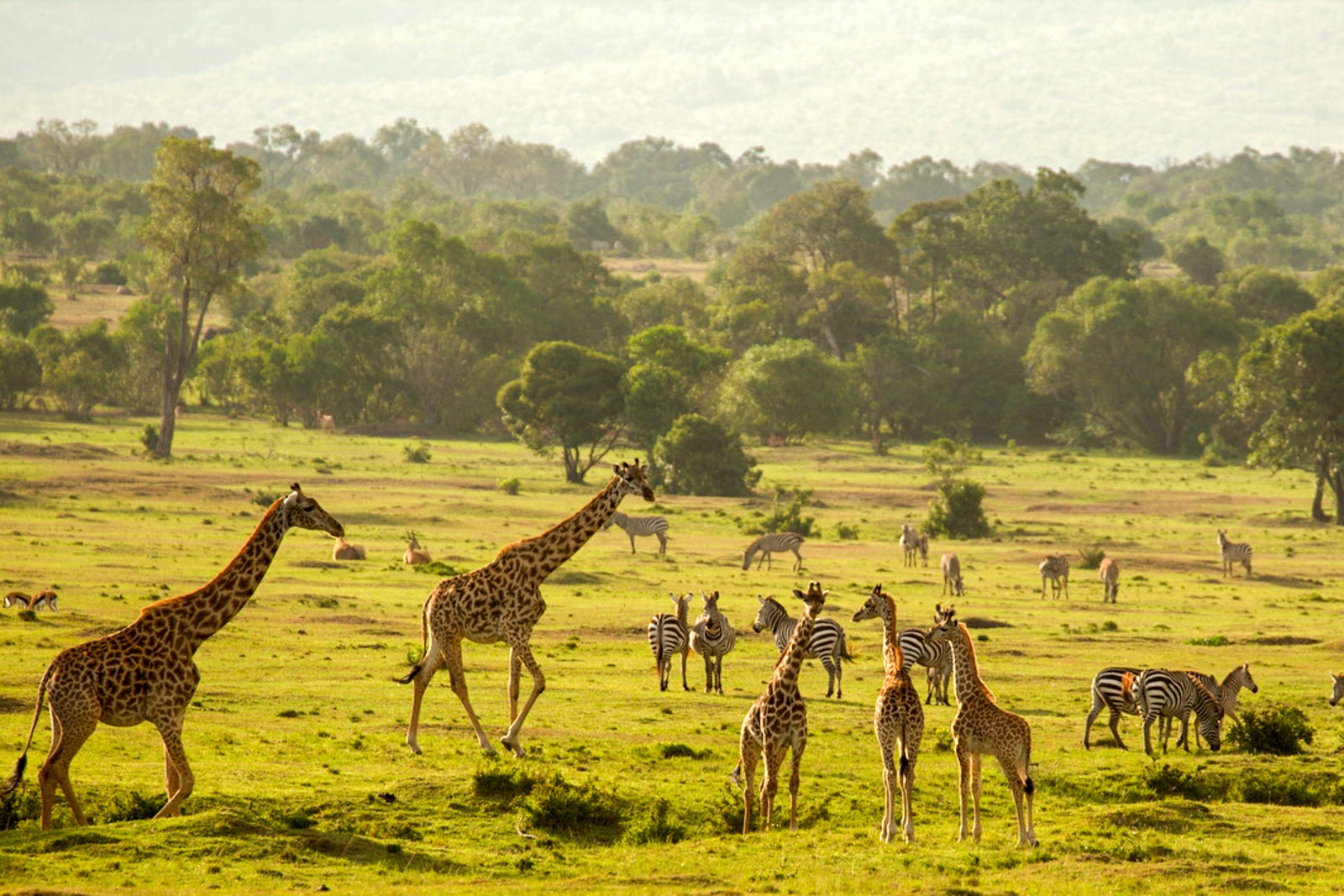
Is there one good time to go for seeing wildlife?
We're here to tell you that no matter what time of the year you go to Africa, you are guaranteed to see wildlife. The density and ease of spotting may change with the months and seasons, and some species will be easier to spot at certain times of year than others. However, there will always be free-roaming animals large and small if you visit the African bush.
That said, some times have a bit more to offer than others in terms of wildlife viewing.
The easiest time to spot wildlife — meaning you'll spend less time searching during your morning and afternoon game drive and more time watching the animals — is during the dry season. This coincides with the Southern Hemisphere's winter months, June through September, and usually reaches into October. During this period animals will be searching for water and will often congregate in the same location around a water hole or stream.
Spring, roughly October through December, is another prime time to visit. This is when many animals have babies, and the opportunity to see these newborns in the wild is truly a special treat. It's also when the foliage bursts into bloom and migratory avian life return to their leafy homes.
Summer brings denser foliage and a more vivid landscape, and for twitchers (birders, as they're known on safari), visiting this time of year offers big rewards. It's harder to spot wildlife with a large amount of dense growth, though, so you may need to spend another day or two on safari to tick off all the wildlife you're hoping to see.
Related: 9 incredible luxury family safari lodges for the ultimate African adventure
Looking for more planning advice for an African safari? Elsewhere's local experts in Botswana , South Africa or Tanzania can help you plan an epic wildlife adventure to those countries. (Note: Elsewhere is owned by TPG's sister brand Lonely Planet).

How Much Does an African Safari Cost?
B eing surrounded by giraffes, elephants, lions, zebras, and cheetahs in Africa sounds like a dream come true. But it also sounds expensive. Getting a guide, secluded accommodations, and travel can add up. So, how much does an African safari cost? An African safari can cost between $200 and $1,600 per person per day. Read more on the breakdown of these costs below.
How Much Does an African Safari Cost on Average?
The cost of an African safari will vary depending on where it is, what type of accommodations you get, and what time of year you go.
The most budget-friendly, camping in a tent, will cost about $200 per person per day. The most luxurious African safari can cost up to $1,600 per person per day.
Your African safari cost includes all park admission fees, meals, camping equipment, drinking water, and transportation. They can be a short one-day adventure to a multi-week long excursion. You should account for tipping your guides during your journey. The standard tip is $10 to $20 per person per day.
Things That Impact Your African Safari Cost
You can do many things to cut your African safari cost, while other things will bring the price up. I always tend to focus on what’s important to me and splurge on those aspects. For instance, if you like staying in luxury accommodations, you can splurge on your stay and go during the off-season to save a little bit.
The Length of Your Safari
Obviously, the total cost of your safari will be more the longer your safari is. However, the daily cost is cheaper when you book multiple days under one guide. It’s like buying in bulk at Sam’s Club. You save money in the long run.
The Time of Year You Go
There is a high and low season for African Safaris. The high season is when school is out, and during the dry season. There will be more tourists and higher costs from June to September on most safaris.
The low season is during the rainy season, typically between March and May. The problem with going during the rainy season is animals don’t tend to come out as much. The best time to go on an African safari is during the winter, between January and February.
Where Your Safari Is
The country and park you decide to do your safari in will sway the cost. Doing a safari that goes across multiple countries will cost more while staying in one park is less expensive. South Africa has some of the cheapest safari options because they have more self-drive options, and the parks are built better for these types of excursions.
The Level of Accommodation
You can stay in everything from a camping tent that you could buy at your local outdoor store to permanent yurts with furniture and modern technologies. There are even resort-like stays that you can book for your African safari with pools, villas, and bar and restaurant service.
Your Mode of Transportation
Driving yourself through one of the many parks and reserves is an option sometimes, but it’s not the best option. Your best bet is to book a guided safari because the guides know where all the animals like to go. That way, you’re more likely to see all the wildlife you want.
Less costly guided safaris are also typically in open-roof minivans that they cram people into. The nicer African safari tours use nice jeeps that are entirely open, giving you a chance to see everything wherever you sit.
How Many People Go On The Safari
The more people that come with you, the less your African safari will cost. Most accommodations will hold two people, and some will hold up to five. They will still charge per person for the safari. Even though, it will be less than if you go by yourself because you are sharing one accommodation.
The Best African Safari Destinations
You can go on a safari in different areas of Africa. Each location has unique wildlife that they are known for. You should choose a particular destination depending on what kind of African safari experience you want. Some destinations are also more budget-friendly.
Kenya is the original safari destination. It makes sense, with multiple large game reserves, the great migration, and a slew of cultural experiences to encounter. Some of the best reserves to visit in Kenya are:
- Masai Mara National Reserve- The most popular park in Kenya.
- Samburu Game Reserve- Has unique wildlife, like Beisa Oryx, Reticulated Giraffes, and Somali Ostrich .
- Tsavo National Parks- The largest and most remote park in Kenya.
- Amboseli National Park- You can see Mount Kilimajaro at this park.
- Lake Nakuru National Park- Millions of flamingos and white rhinos live here .
There are many great lodges to stay at in and around these parks that will take you on a drive to see the wildlife every day. One that I recommend is Elephant Bedroom Camp. It gets its name because elephants frequent the grounds, making sure to say hello to all of the visitors. You may also see monkeys and Impalas from your luxury tent.
This camp has all of the comforts that you would see at any modern accommodation, including a pool, hot and cold water, electricity, and WIFI. You will get a daily drive through the bush in an open-air vehicle, a picnic lunch, cultural visits, and entertainment by Samburu warriors.
If your dream is to see a gorilla or chimpanzee in the rainforest, then Uganda is the African safari destination for you. It’s different than most other African safaris in the way that the safaris in Uganda are set in rainforests instead of desert land. You can even stop by some amazing waterfalls along your safari. Some parks to check out in Uganda are:
- Murchison Falls National Park- Has various mammals, like giraffes, buffaloes, and crocodiles.
- Bwindi Forest National Park- Has the largest population of endangered silverback gorillas.
- Kibale Forest National Park- Has the highest diversity of primates in Africa.
- Mgahinga National Park- A large park spanning three countries where endangered silverback gorillas live.
- Queen Elizabeth National Park- One of two places you can find lions that climb trees.
To be fully immersed in the rainforests that gorillas and chimpanzees roam, stay at Bwindi Lodge . You may get the chance to spot some birds and chimpanzees swinging from the trees in the Bwindi forest right from your room. There’s also a village nearby that has the award-winning Bwindi Bar.
Another advantage of staying at the Bwindi Lodge is you can trek into the forest to see the mountain gorillas and other wildlife instead of having to take a drive. They also have a waterfall trail for you to enjoy the landscape as well.
Botswana is a lesser-known safari destination, so it will feel more exclusive at a smaller cost. Even though it has a variety of landscapes to view different types of wildlife. One of the most popular types of safaris you can do in Botswana is a boat safari, where you can see elephants and hippos. The best parks to see in Botswana are:
- Okavango Delta- The most popular park in Botswana, famous for boat safaris on the wilding channels.
- Chobe National Park- You can take a car to this park, making it more accessible. Elephants are a popular group here.
- The Kalahari- You can find a black-maned lion here during the wet seas on.
- Makgadikgadi Pans- Find unique African animals across glistening salt pans.
- Moremi Wildlife Reserve- One of the most remote and diverse wildlife areas of Botswana.
Staying at Abu Camp gets you up close and personal with elephants. Since the camp is next to a lagoon, there is a herd of elephants that call this camp home. There’s even a chance to sleep in the elephant boma for the ultimate experience. You can also experience every type of safari you want, whether it’s a game drive or a boat safari.
Abu Camp has super comfy accommodations with modern furnishings and all the luxuries you would see in any other hotel. There’s a plunge pool to cool off during the day while you wait for your evening safari. Each private canvas tent overlooks the Delta for amazing views.
Tanzania is home to the well-known Serengeti, known for the safaris that explore the great herd. It is also the home to Mount Kilimanjaro, where the most adventurous can summit its peak. This place is basically the home of everything you think of when someone says “Africa.” The most popular safari parks in Tanzania are:
- Serengeti National Park- The world’s most popular destination for a safari.
- Ruaha National Park- The largest park in Tanzania with many elephants and giraffes.
- Ngorongoro Crater Conservation Area- Home to the Ngorongoro Crater, where you can find the largest population of lions in the world .
- Lake Manyara National Park- Home to a massive lake where you can spot animals looking for water during the dry s eason.
- Mikumi National Park- Mostly flat grassland, making it easy to spot wildlife.
For the best views over the Serengeti day and night, Klein’s Camp is a great place to stay for your safari. It is situated just on the border of the national park, so they are one of the only camps to offer open-air night drives. It is also in the perfect position to watch over the Serengeti from your room.
Klein’s camp feels extremely exclusive because they have 10,000 hectares of privately leased land. You can go offroading, go any time of day, or follow a zebra trail. They will also take you on specialized photography tours and visit the Maasai village to see their unique culture.
South Africa
South Africa is where you want to go to save a few dollars. There is plenty of wildlife, but it has better infrastructure than most other safari destinations. That means there’s more opportunity to do a self-guided tour, which saves you tons. There are also great guided tours too. The best reserves in South Africa are:
- Kruger National Park- The most popular park in South Africa with the big five.
- Madikwe Game Reserve- A malaria-free, affordable park with rare wild dogs.
- Sabi Sands Game reserve- A private reserve bordering Kruger National Park.
- Phinda Private Game Reserve- Famous for cheetah sightings.
- Tswalu Kalahari Reserve- The largest private game reserve in South Africa.
If you want to stay in luxury on your South African safari, Loapi Tented Camp gives you the safari aesthetic. However, it comes complete with a butler, fully stocked kitchens, and an environmentally friendly plunge pool. Each of the six accommodations has plenty of space between each, giving you a secluded feel.
Each safari home has its own butler, a private chef to cook all your meals en-suite, a study with wifi, a full bar, and indoor/outdoor showers. You will also get your own safari vehicle with a private tour guide to take you out every evening. If you don’t feel like taking a vehicle out, go horseback instead.
The post How Much Does an African Safari Cost? appeared first on honeymoons.com .
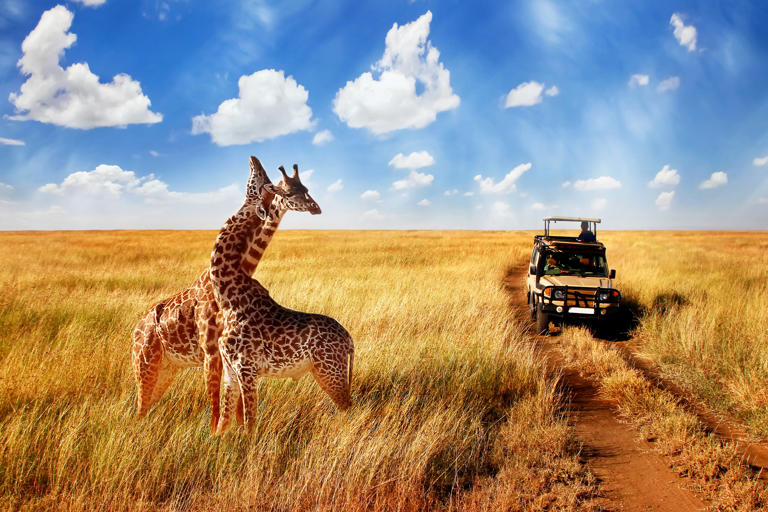

IMAGES
VIDEO
COMMENTS
The Best Times(Worst Time) to Visit Kenya 2024/2025 for Safari /Beach By Ruru Zhou | Updated Aug. 14, 2023 Kenya will abolish visa requirements for global visitors starting in January 2024, guaranteeing a smooth and expedited entry process.
It starts moving back to Tanzania's Serengeti National Park around October. Wildlife viewing is good year-round, but this can differ for some parks, depending on the rains. There is a dry spell between the rains in January and February that is also a great time to visit. 2,063 Kenya Safaris
July is also a good time to spot huge flocks of pink flamingos at Lake Nakuru. Much like July, August is one of the best all-around months to visit Kenya, but it's a busy time. The Great Migration is well and truly underway, and wildebeest are filling the plains of the Masai Mara. If you're not in the Mara, August is an excellent time to ...
The best time to visit Kenya is from June to October when there's virtually no rain and daytime temperatures are not too hot. However, with a diverse geography and a moderate climate, Kenya is considered a great year-round safari and beach holiday destination. Most Kenya safari destinations are also at their best between January and the end ...
October: Hot, mostly dry and not too busy, this is many people's preferred month for a safari. November: The 'short rains' usually start in the second half, so this is low season. December: The short rains usually finish by mid-month, and landscapes often look their best. Month-by-month climate guide to Kenya explains the best times of year ...
Of course, Kenya's major drawcard is the Great Wildebeest Migration which it plays host to, usually from July to October. Our month-by-month guide is designed to give you an idea of what to expect at a given time of year, and help you decide when to travel. January. January is a dry season month in Kenya, which provides excellent game viewing ...
Temperatures are idyllic. On the other hand, the worst month for safari in Kenya is probably April: the height of the wet season, with many camps closed and roads washed away. Overall best months: June & September-October. High season: July-September & Christmas-February. Low season: March-April & November.
The best (and safest) time to climb Mount Kenya is during the dry seasons. January, February, and September are generally considered the most reliable months in terms of weather—at these times, you can expect clear, sunny days with enough warmth to counteract the chilly nights brought on by high elevation. July and August are also good months ...
The best time to visit Kenya on safari depends on you. Year-round game-viewing is a given, but some seasons are better value or more adventurous. Enquire Now +27 21 100 3274. ... Conventional wisdom dictates that the best time to visit Kenya on safari is during the long dry season, when the climate is at its mildest and the animal action at its ...
The best time to visit Kenya is in the Dry season from late June to October. Plan your Kenya safari with our month-by-month climate guide and travel tips. ... February is one of the driest times of the year - expect average highs in the early 80s and lows around 50 °F. With minimal rainfall, the length of the grasses in the Savannah are ...
The best time to go on safari in Kenya is anytime between June to October. Travel in early September and you can almost guarantee that your trip will coincide with the famous wildebeest migration across the Masai Mara. That said, Kenya is brimming with wildlife throughout the year, so it's tough to go wrong.
Here's our month by month guide to the best time to visit Kenya. January: Best for safari adventures. January kicks off the year with fantastic weather and prime wildlife viewing opportunities. The temperatures soar, averaging around 28°C (82°F) during the day, which is great for those planning on safari adventures.
Best Time to Visit Kenya Wildlife spectacles abound in Kenya's dry season. The common belief holds true in Kenya as it does in most of Sub-Saharan Africa: the best time to visit is during the long dry season, which begins in June and lasts all the way until October.. At this time, animals start congregating around the few remaining water sources, making themselves more visible.
Wondering when to visit Kenya? Use our guide to learn everything you need to know, season by season.
☞ SEE ALSO: 15 Best Trails For Hiking in Kenya. Best Time of Year for a Safari in Kenya . The peak season between June and October is the best time to visit Kenya for safari. The weather is dry, roads leading to national parks and game reserves are passable, and wildlife is abundant during this time.
Best time to visit. One of the best times to visit Kenya is from July to September, during the country's dry season, which also coincides with the Great Migration of wildebeest and zebra. The rainy seasons are also good times to travel, as there are fewer visitors and you can admire the striking emerald vegetation.
Best time. The classic best time to visit Tanzania and Kenya on safari is generally from mid-June through to late October, the peak being around August and September. This four-to-five month window, between East Africa's two rainy seasons, is when both the weather is at its best and game viewing is at its most thrilling.
Visitor levels are highest during the long dry season because it is considered the optimum and the best time for wildlife viewing, albeit the most expensive season to travel too. Also, the time of year coincides with family safari vacations in Kenya during the long summer school break in Europe, Americas and elsewhere. Lastly, another advantage ...
The best time for safari in Kenya is during the great migration season that occurs between July and October. The great migration involves the movement of over 1.2 million wildebeest from Serengeti National Park to Kenya's Masai Mara National Park. The arrival of the migratory herds corresponds with the best weather along the Kenya coastal ...
January: This is the dry season in Kenya and the temperature almost stays at 27 degree Celsius. It is the Best Time Of Year For Kenya Safari and explore the beaches of Kenya. It is a good time for family visits. February: Again, this is also the dry season and good for spending time and playing around the beaches.
Here is all you need to know about when to visit Kenya for your safari. +256 703 904099 [email protected]. Home; Safari Packages. ... Kenya is a beautiful country to visit with a tropical climate that offers warm and humid conditions throughout the year. However, the best time to visit Kenya depends on your travel goals and ...
The best time of year to enjoy the Great Migration. Cons. Most visitors want to see the great Migration, so this time of year is busier and especially the Masai Mara National Reserve proper can see congestion in popular safari areas. Travel is more expensive this time of year, prices in the rainy season are much more favourable.
For nature lovers, an African safari is the ultimate immersive getaway. Safaris offer a combination of wildlife encounters and luxurious lodges, incredible thrills and peaceful, unplugged wilderness. Although traveling to the African bush is a great experience any time of year, there are definitely more advantageous times for wildlife spotting.
The most luxurious African safari can cost up to $1,600 per person per day. Your African safari cost includes all park admission fees, meals, camping equipment, drinking water, and transportation ...